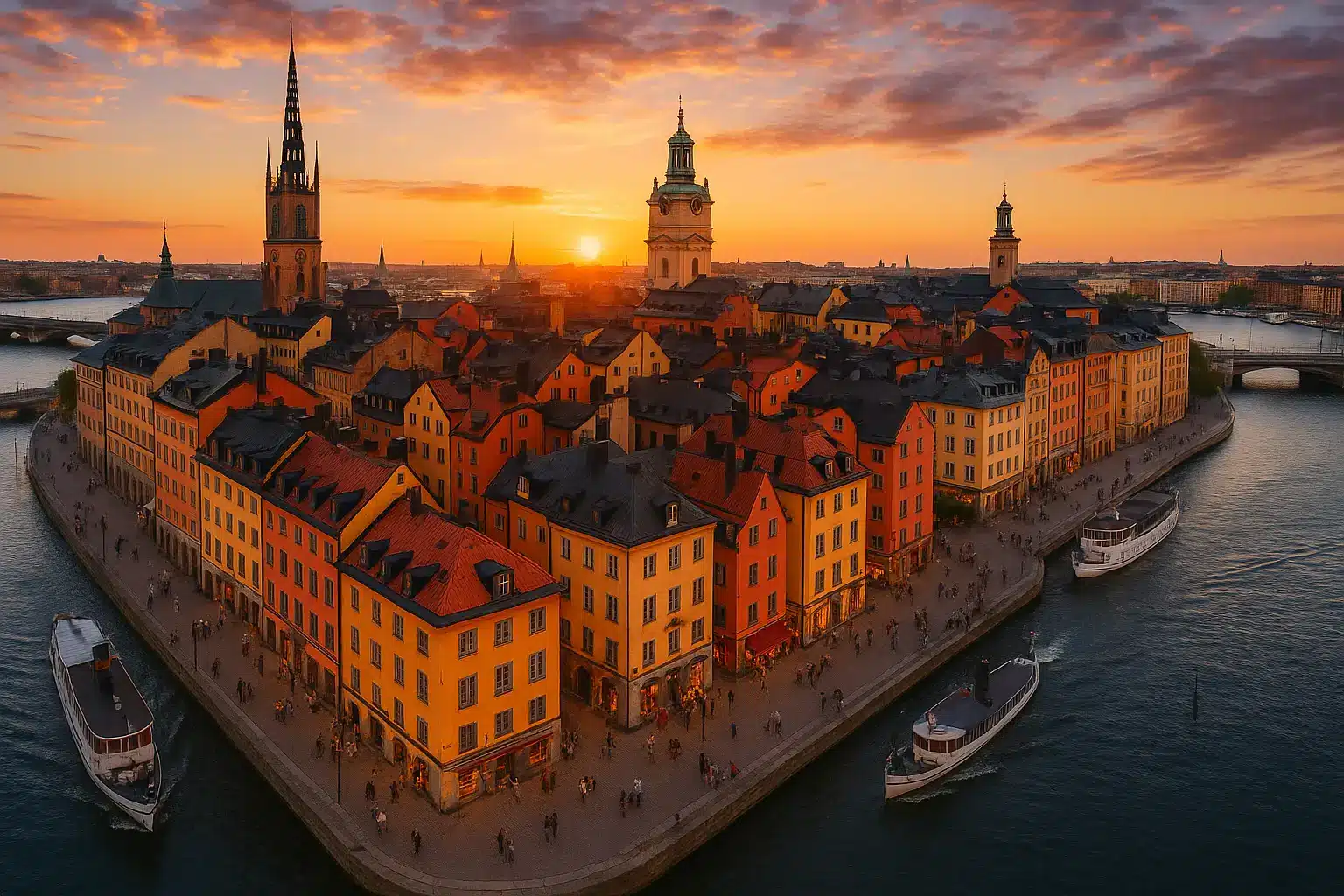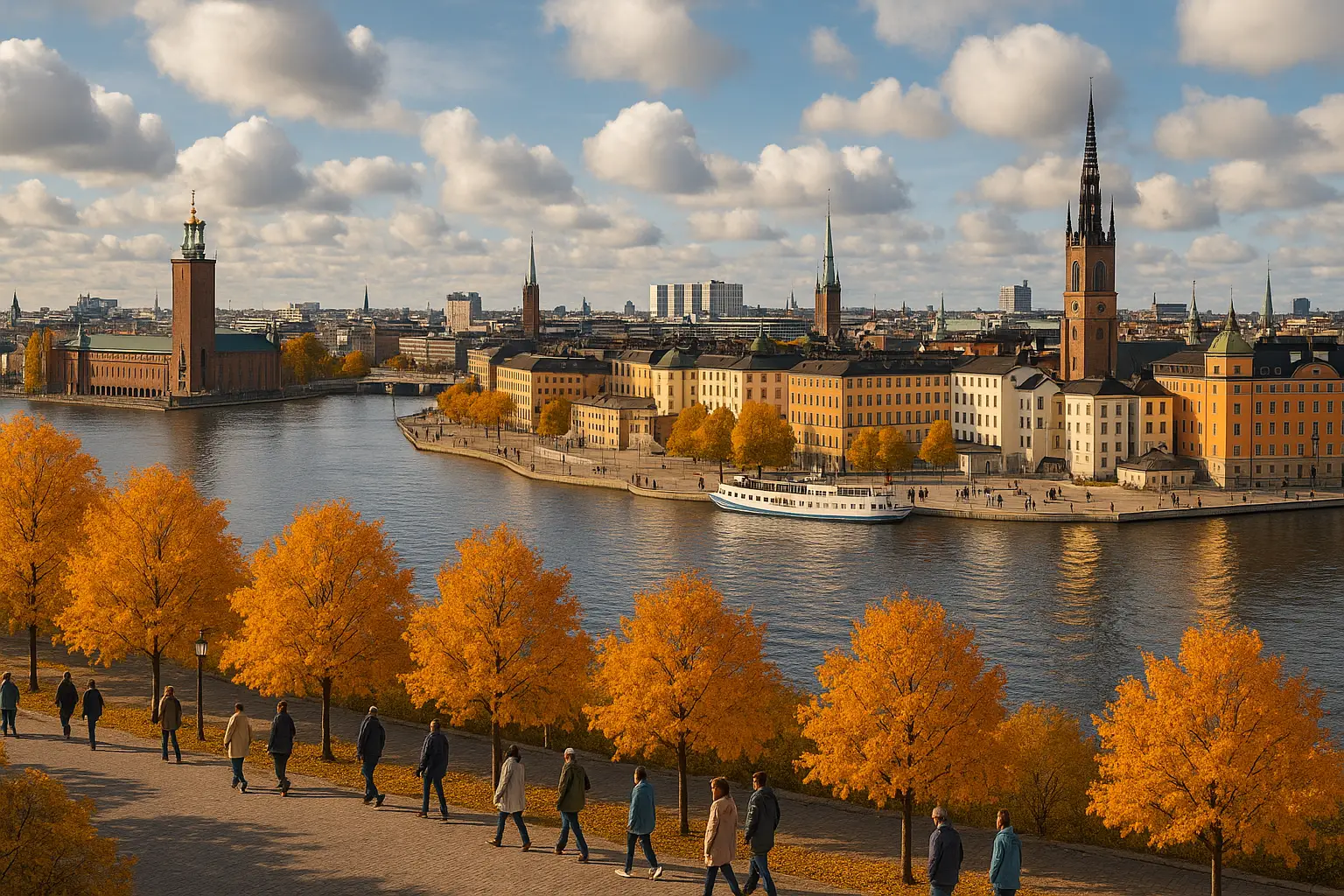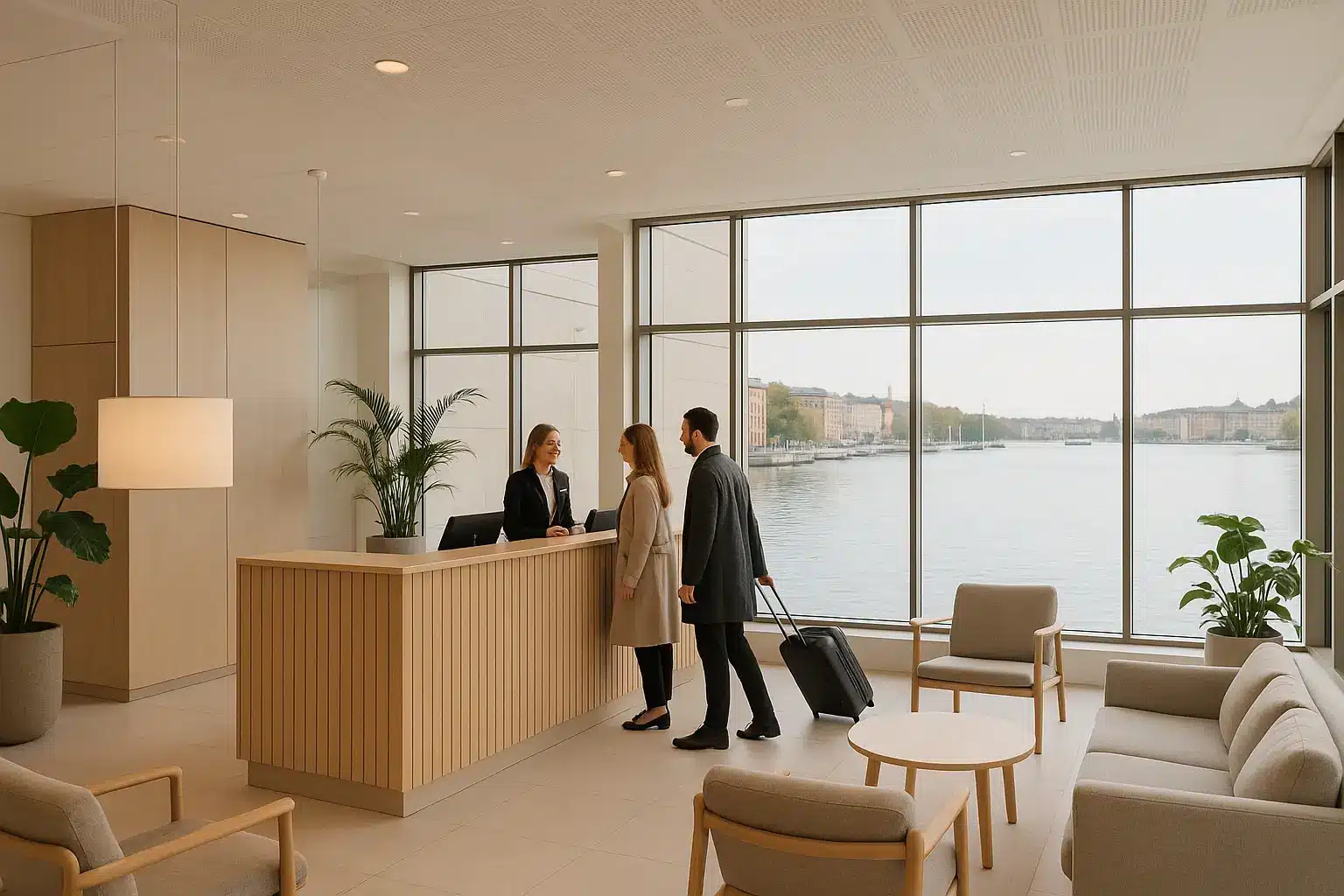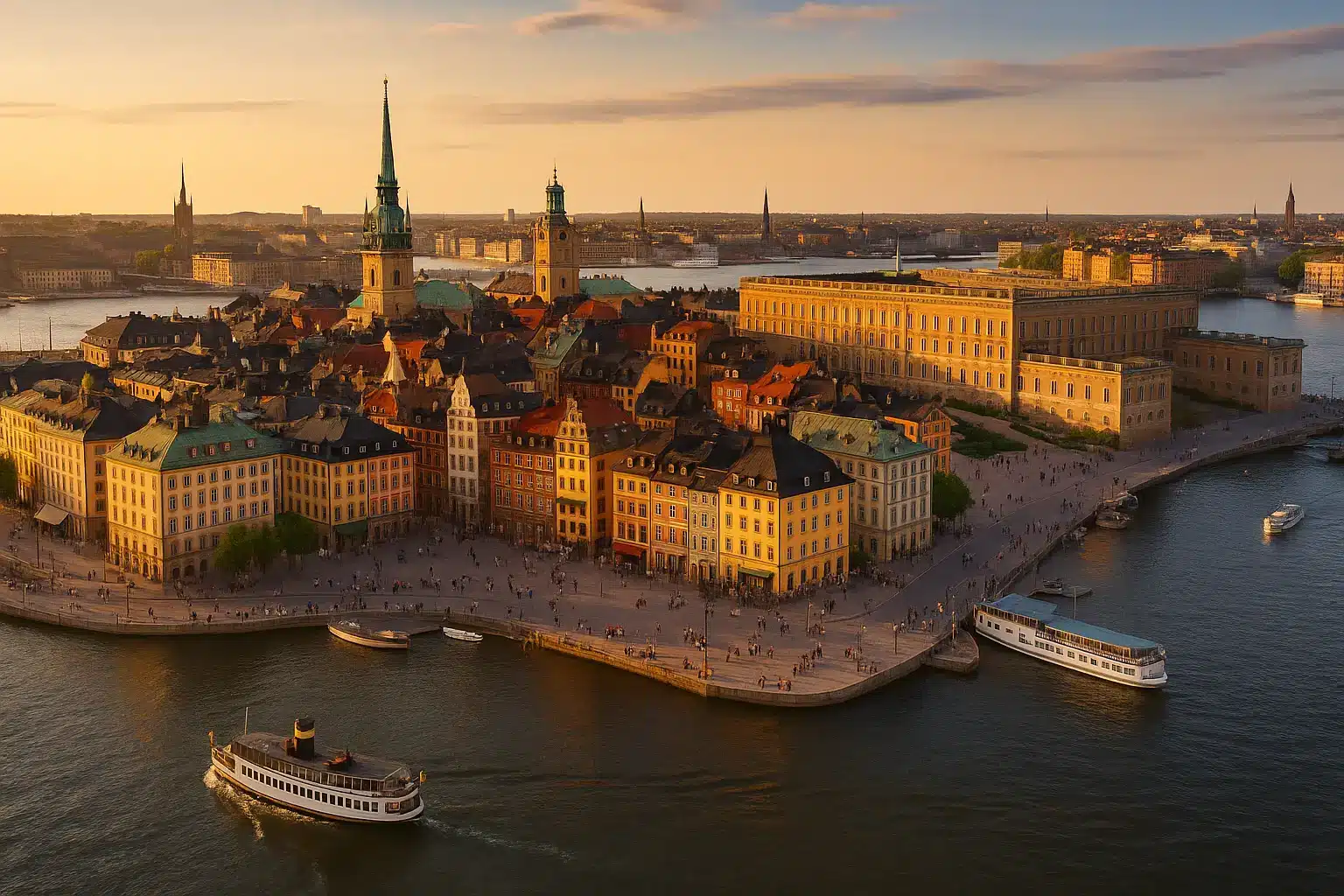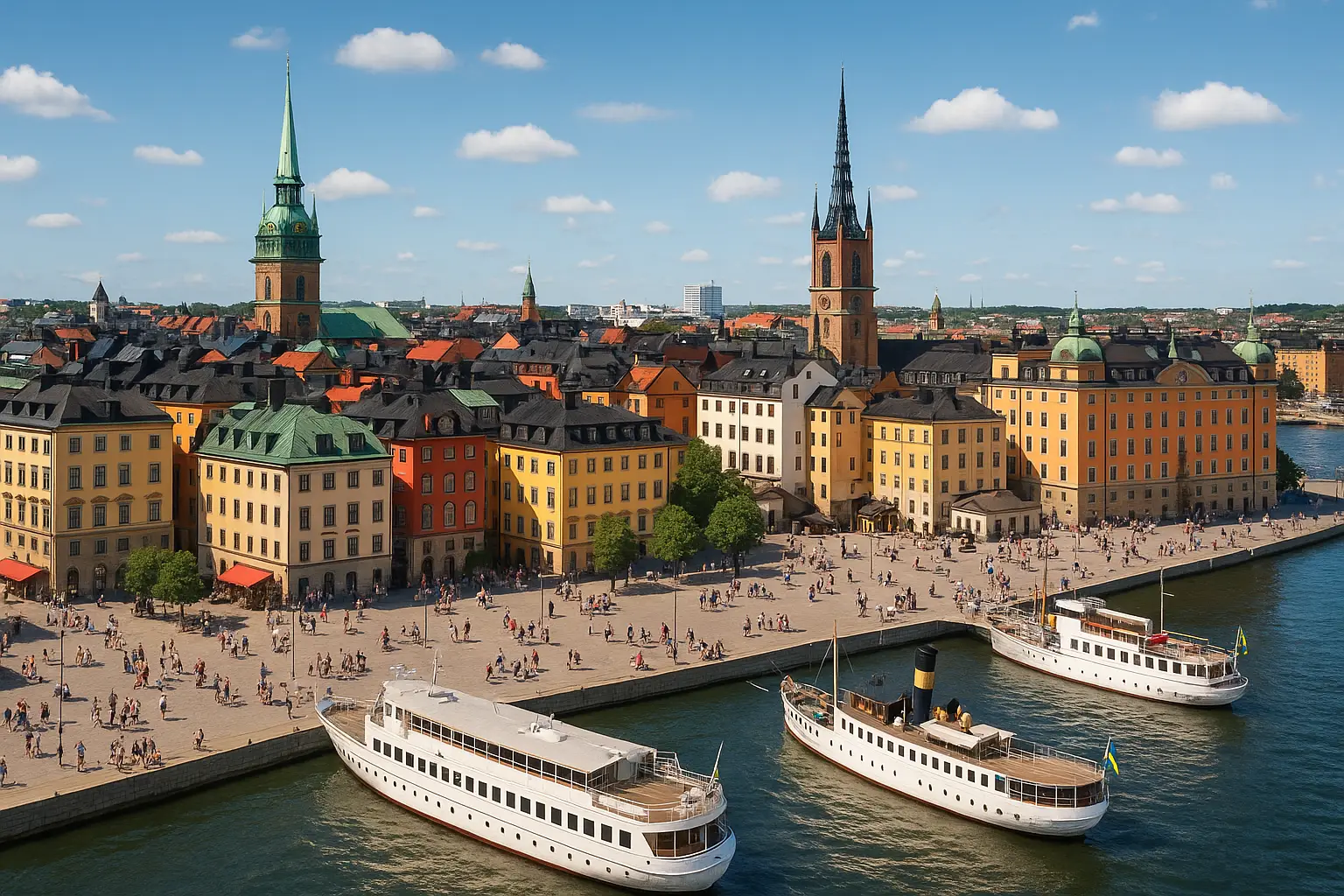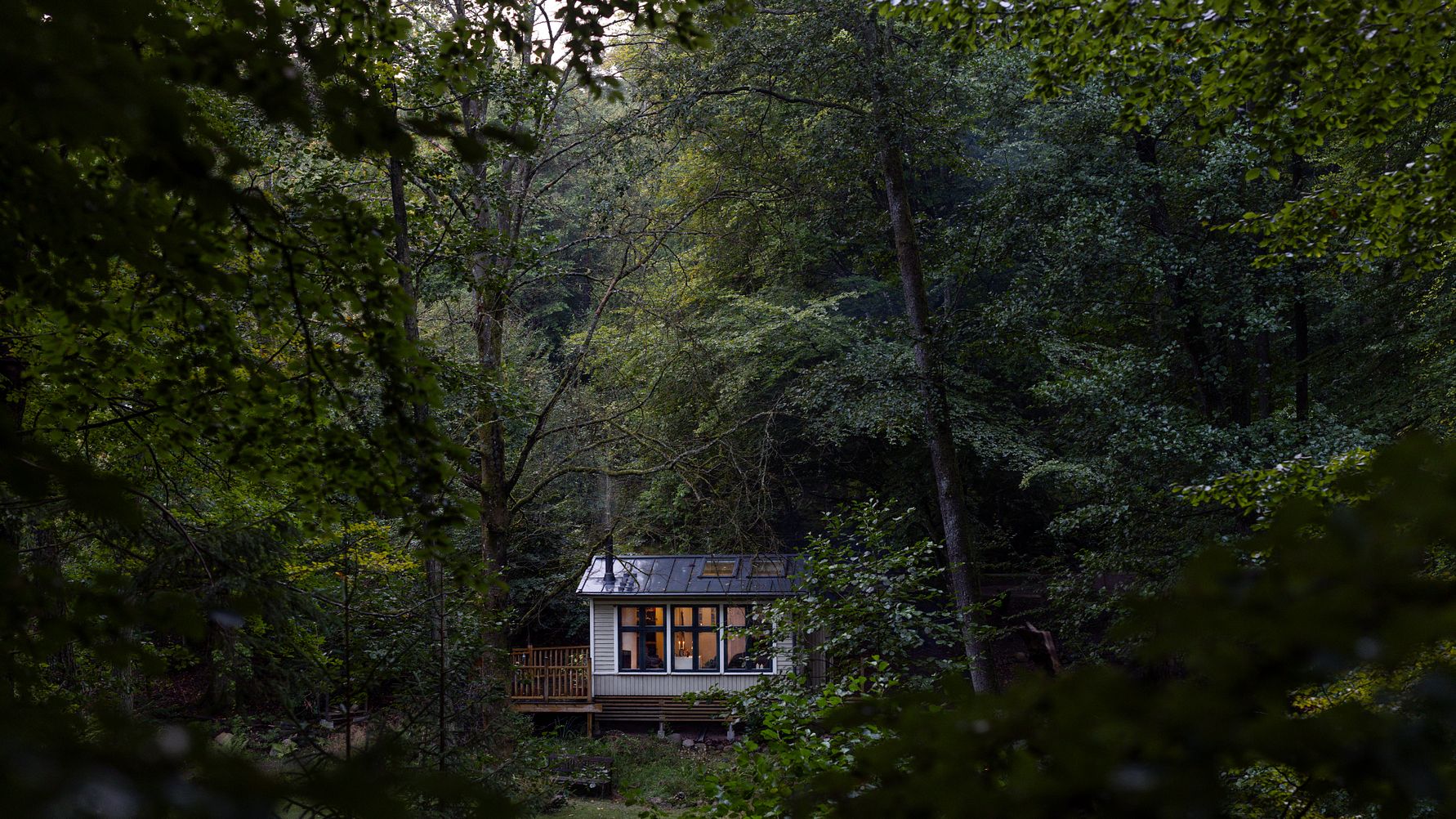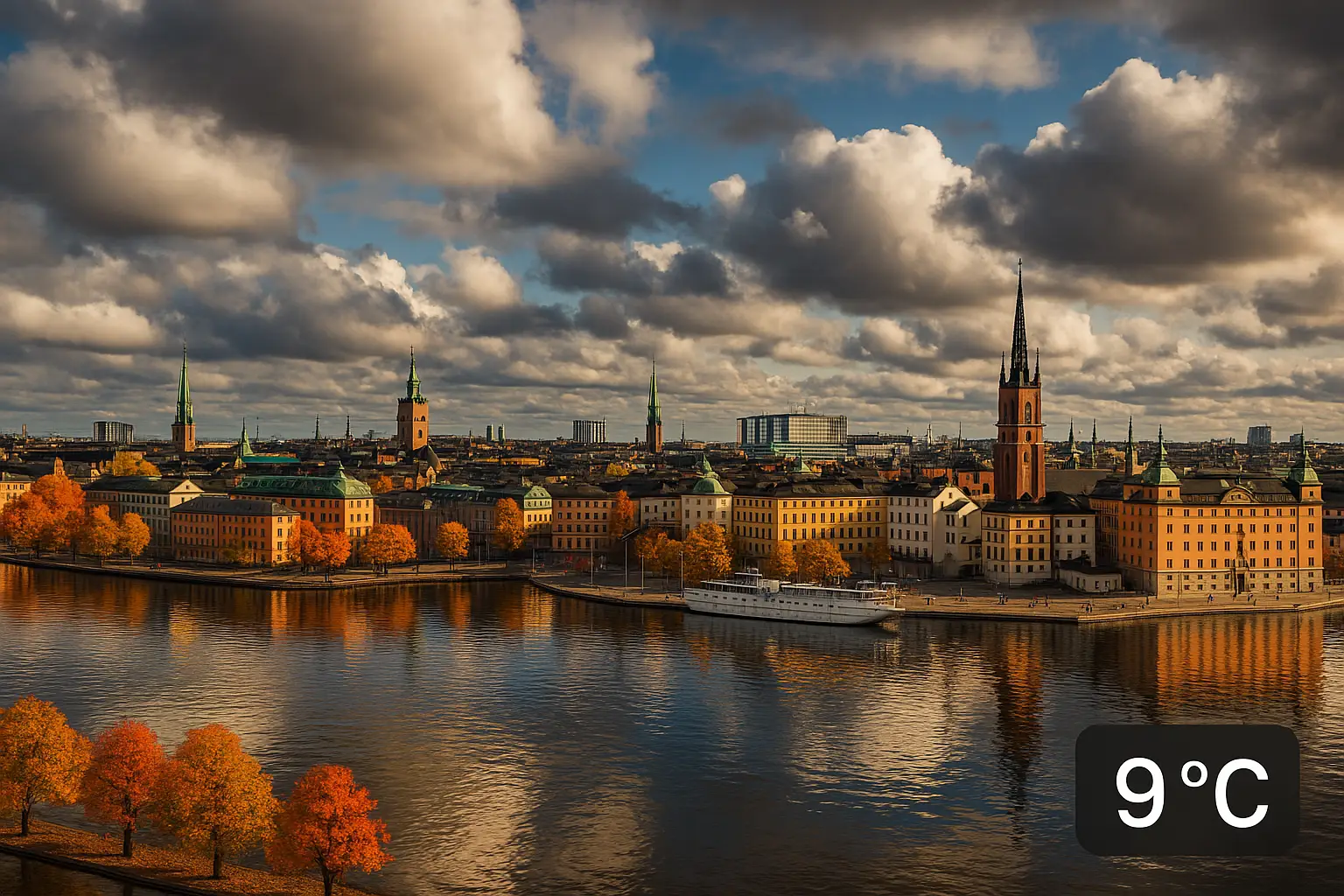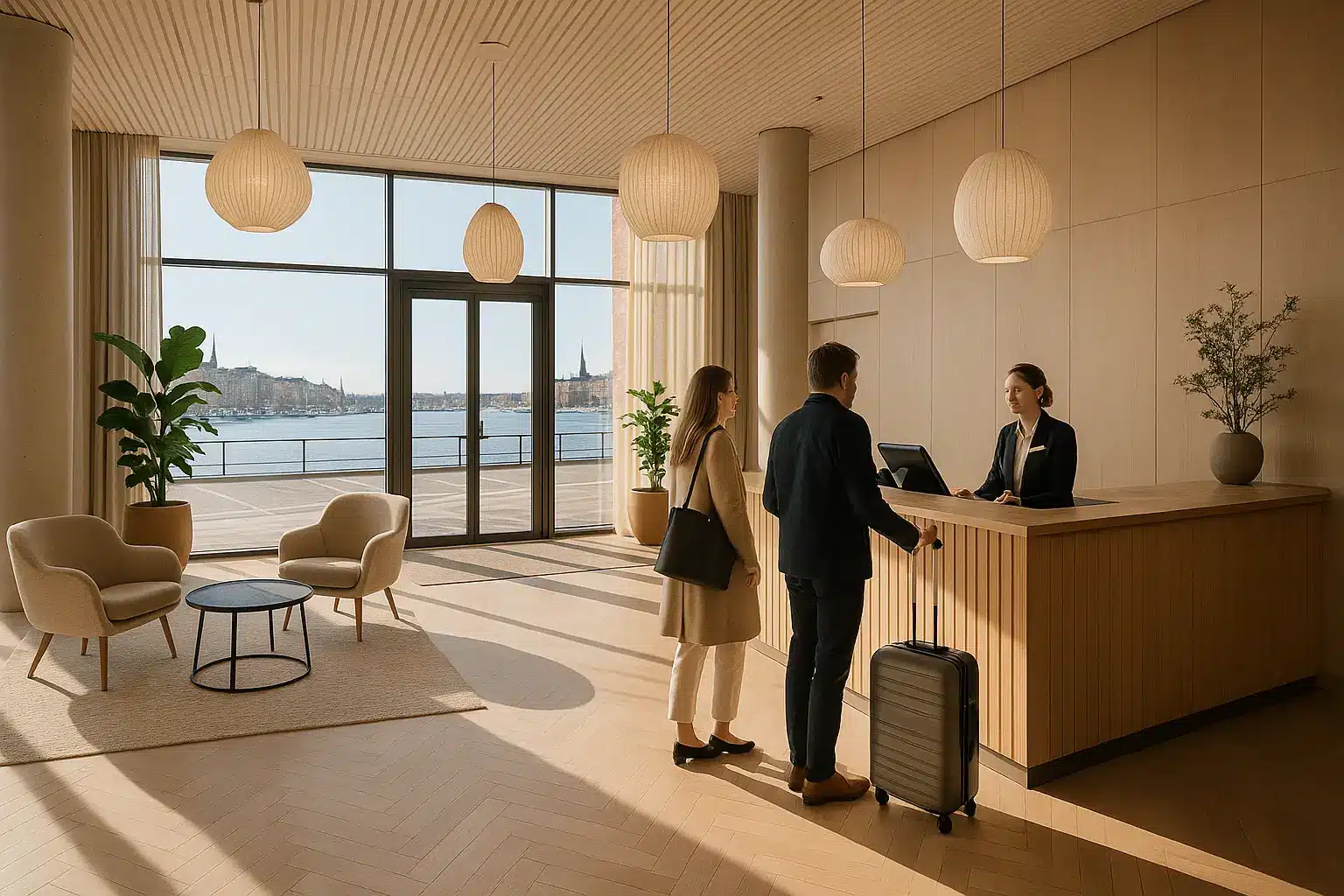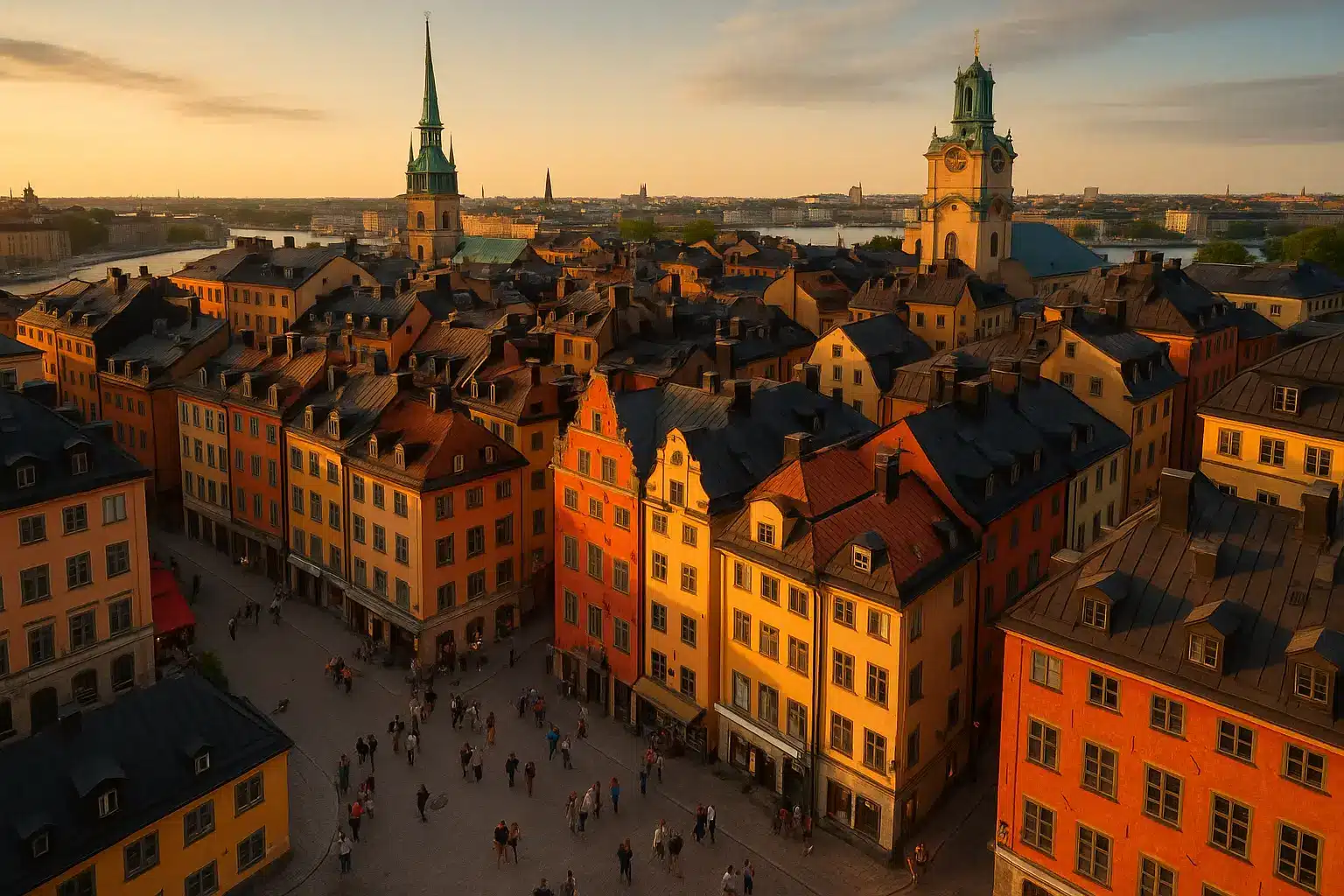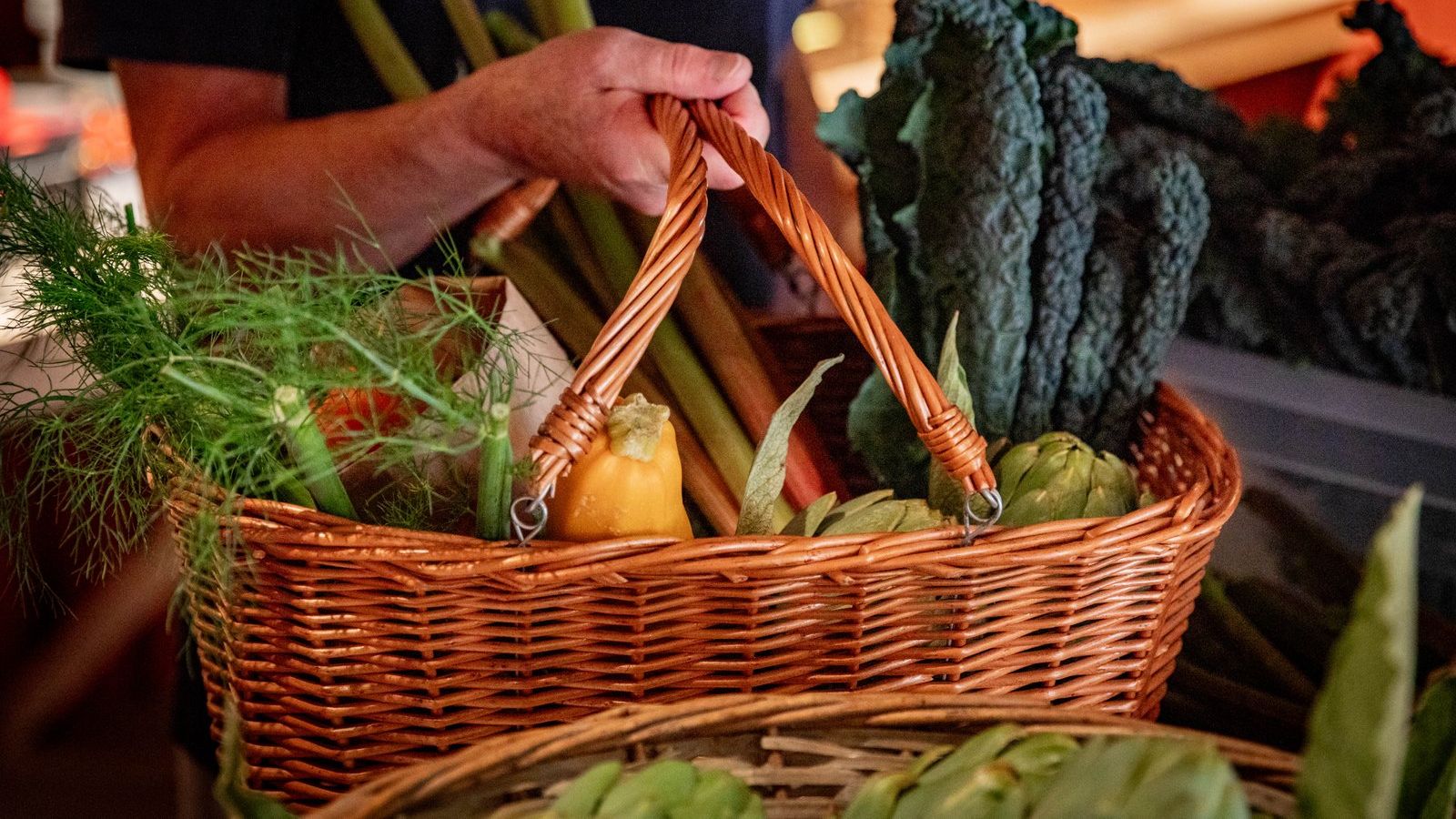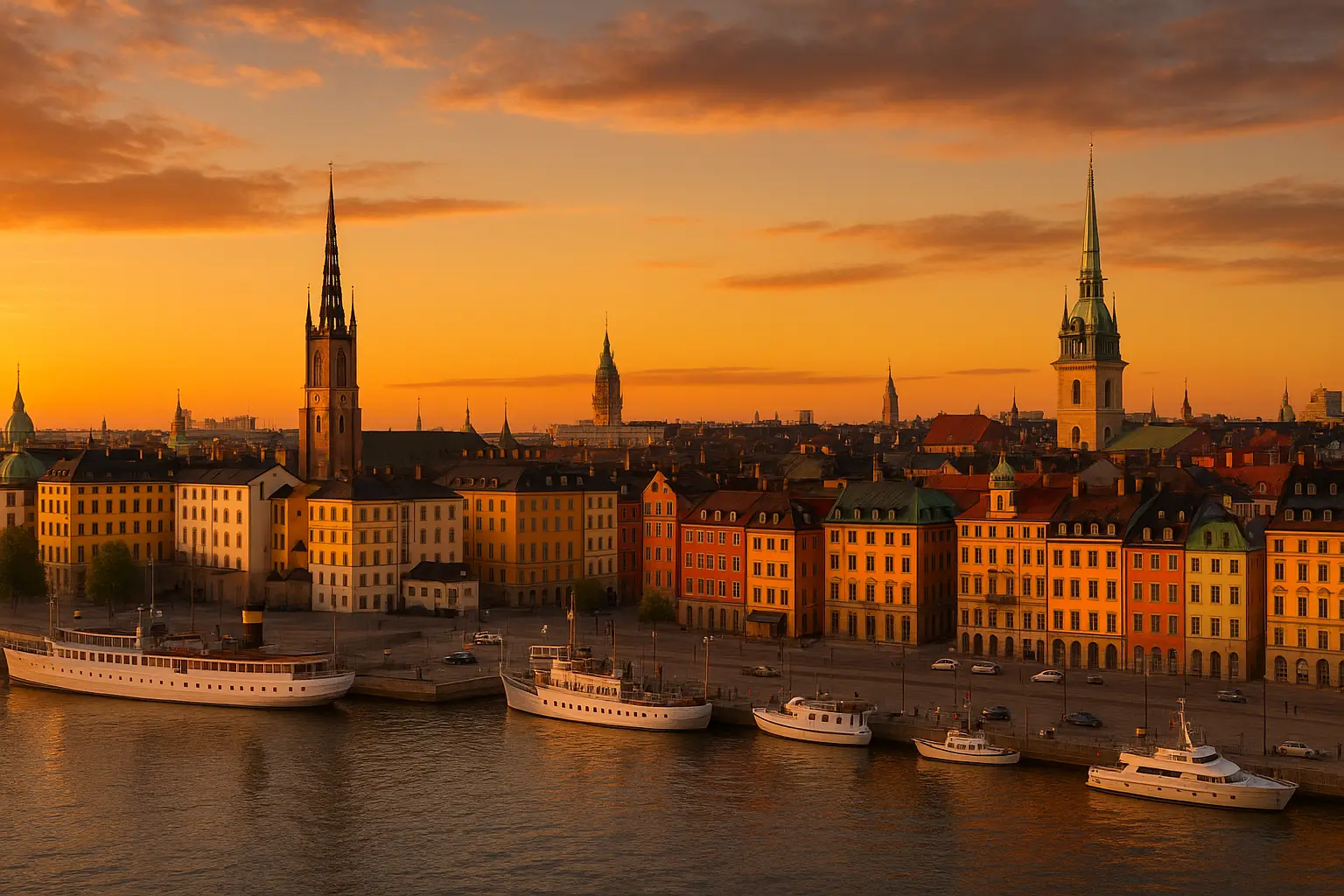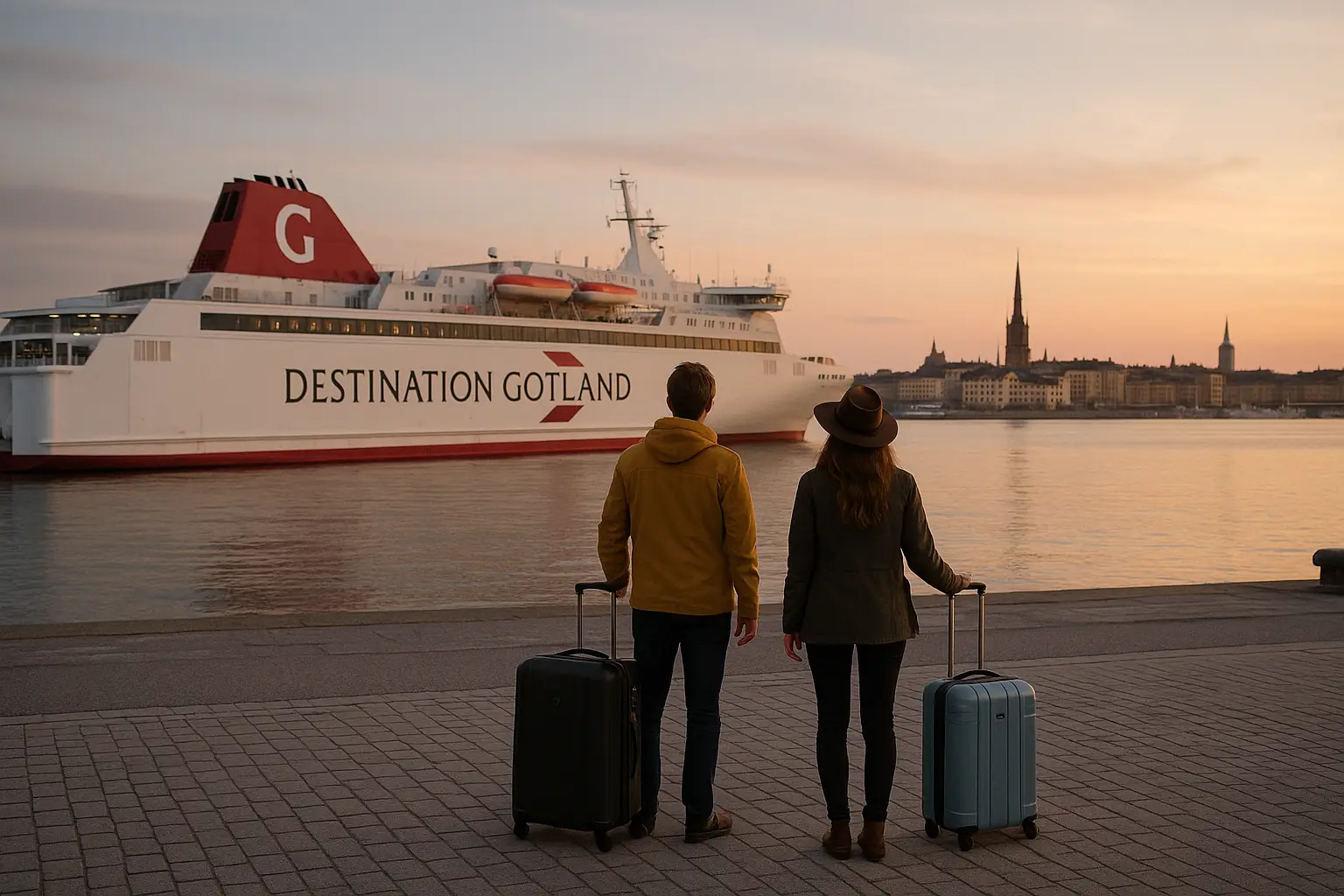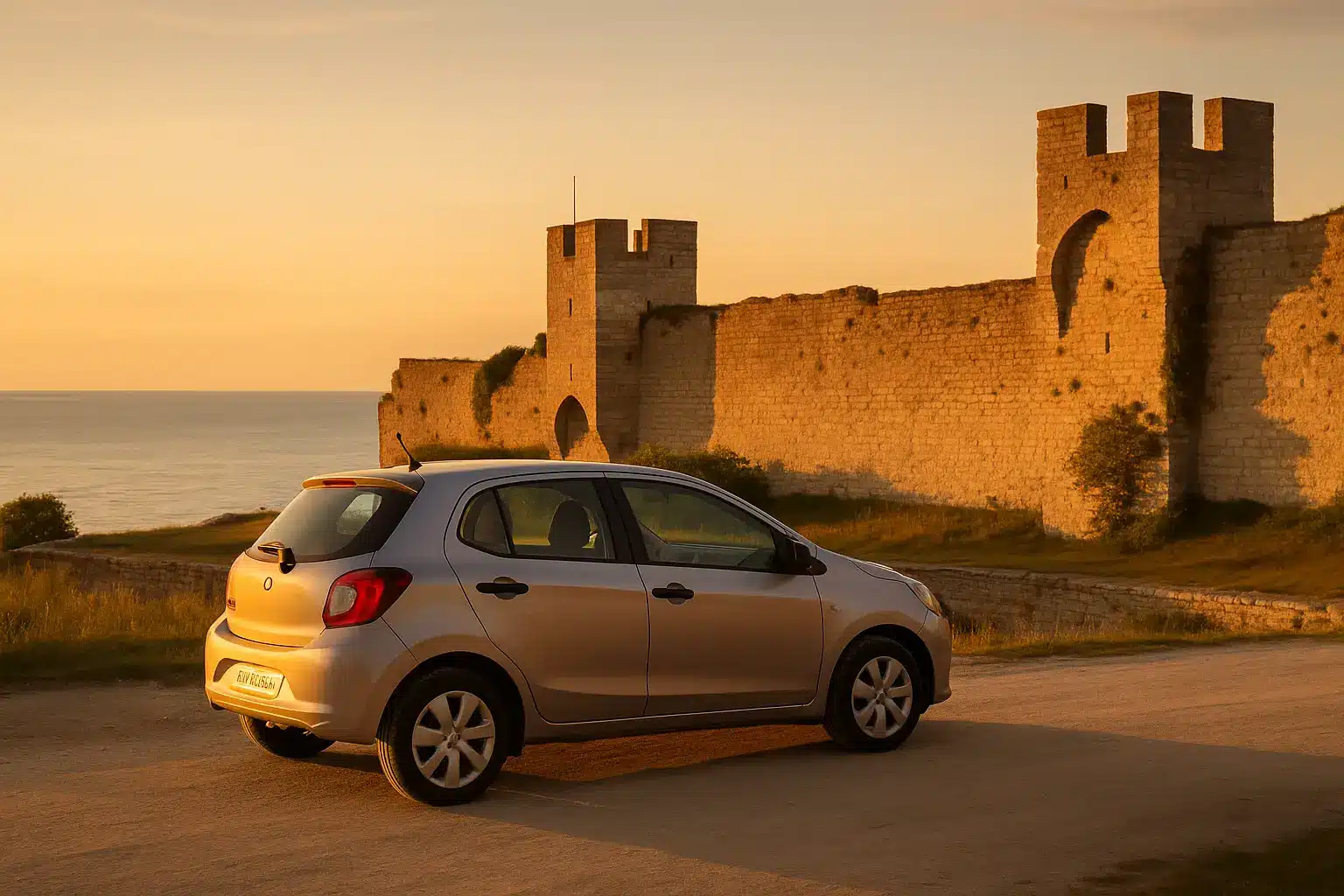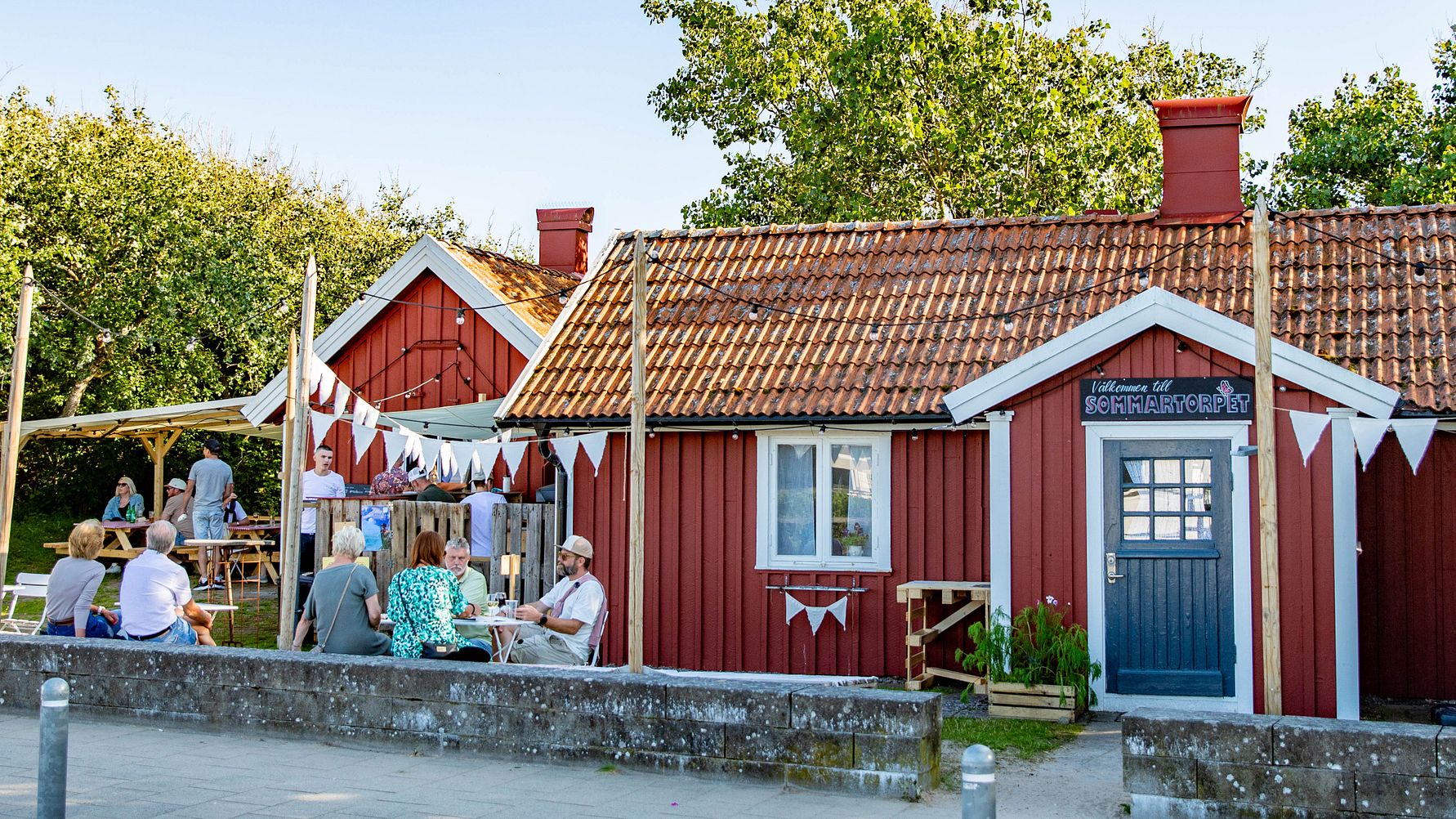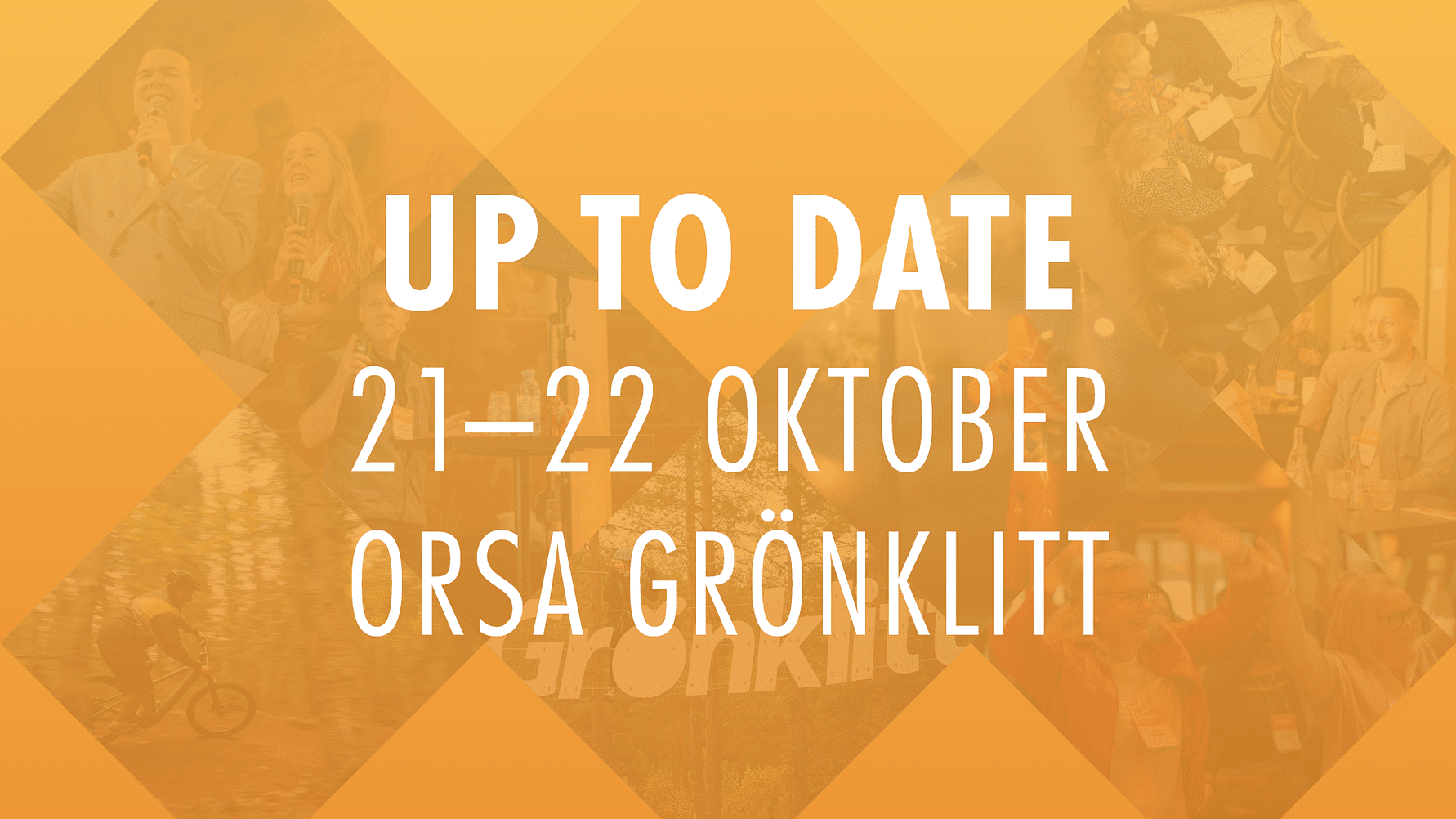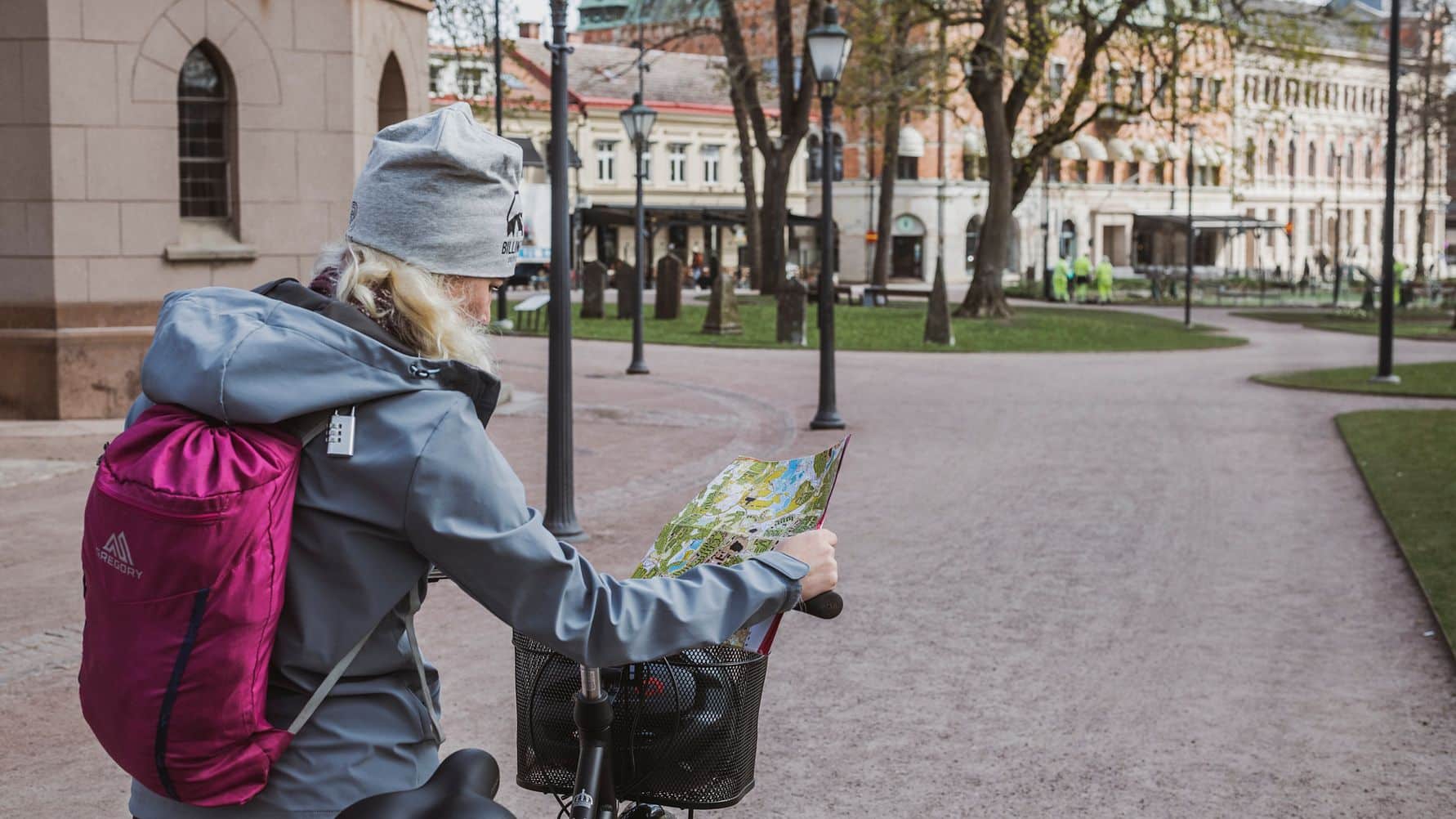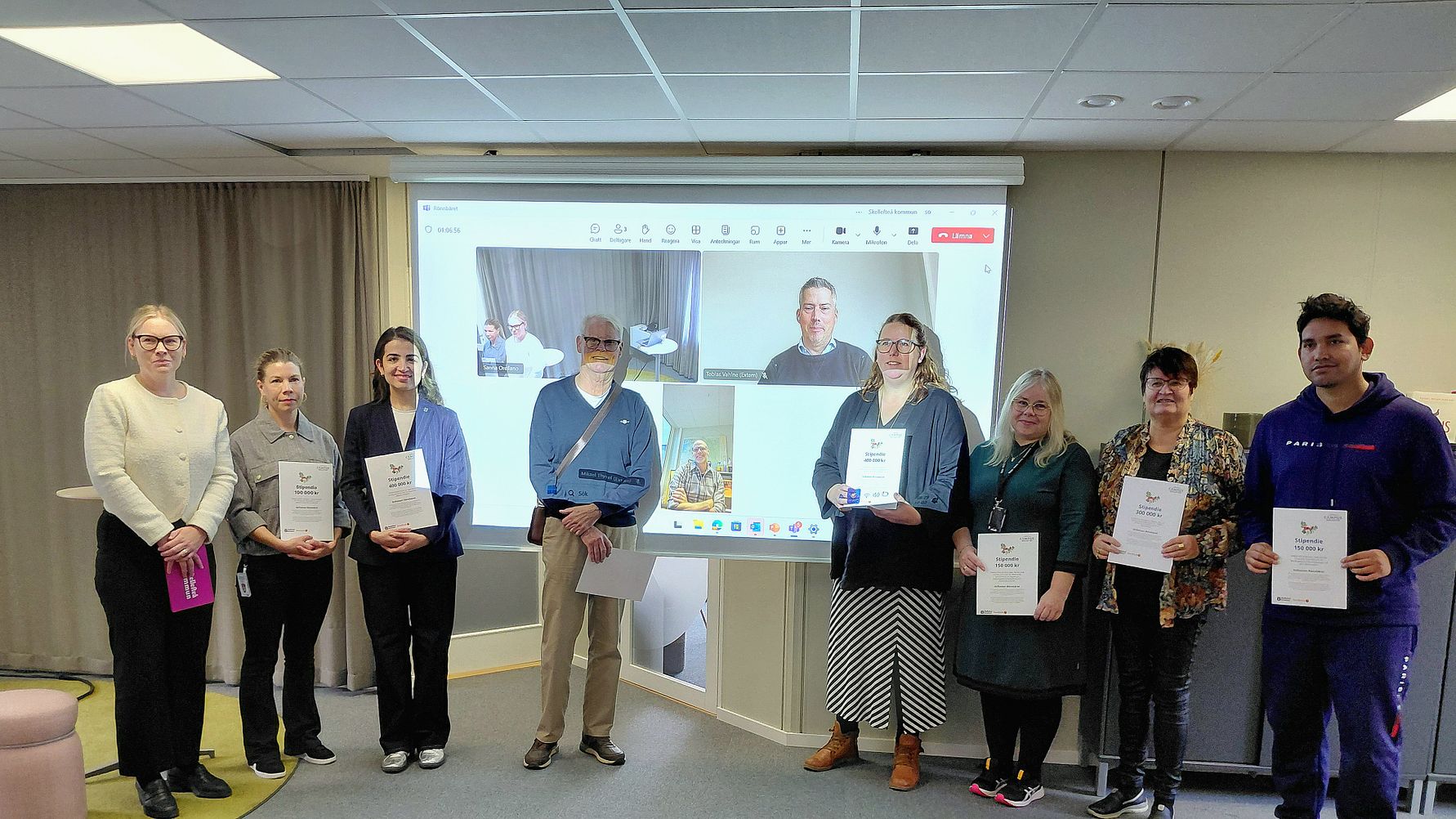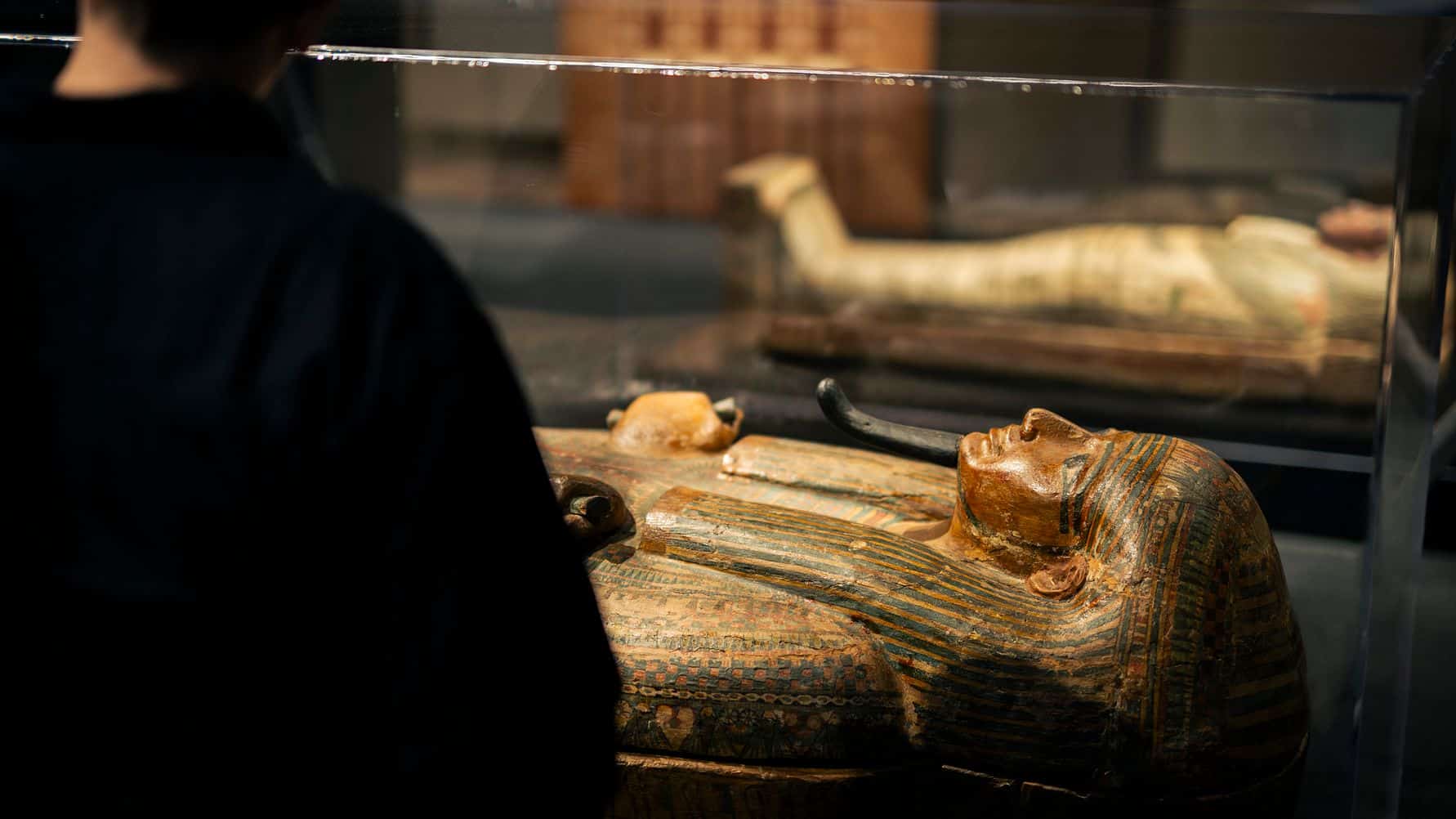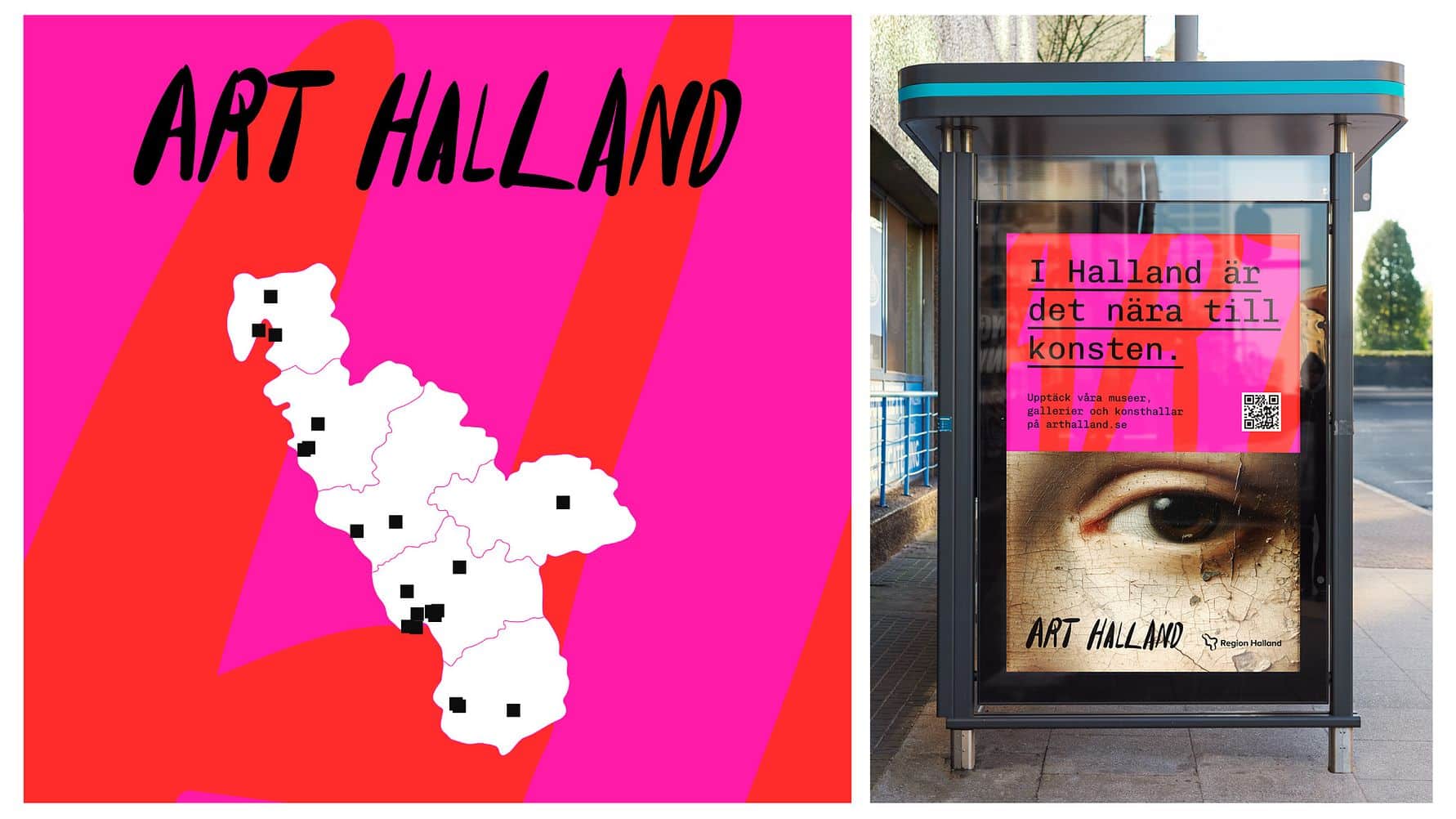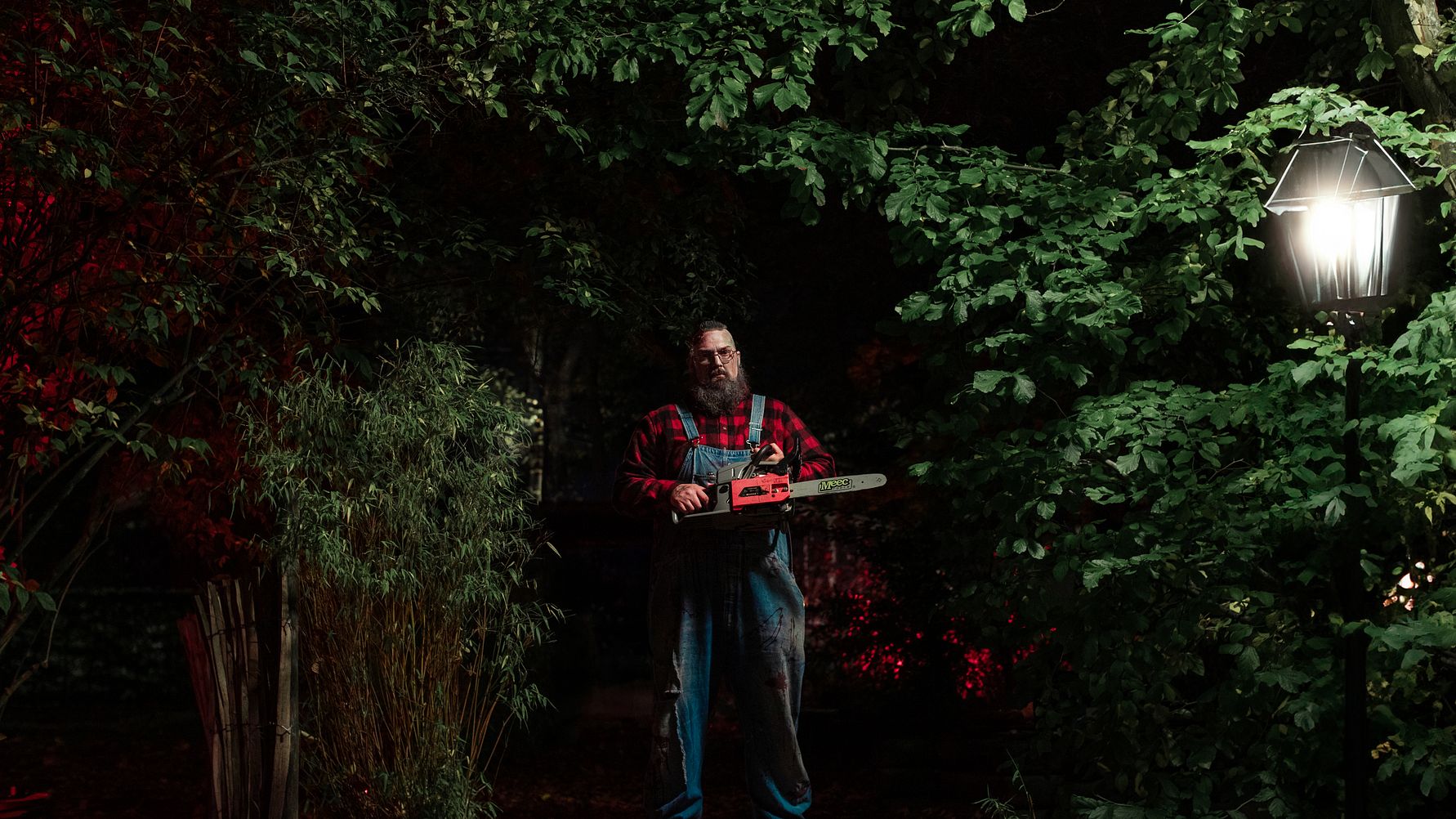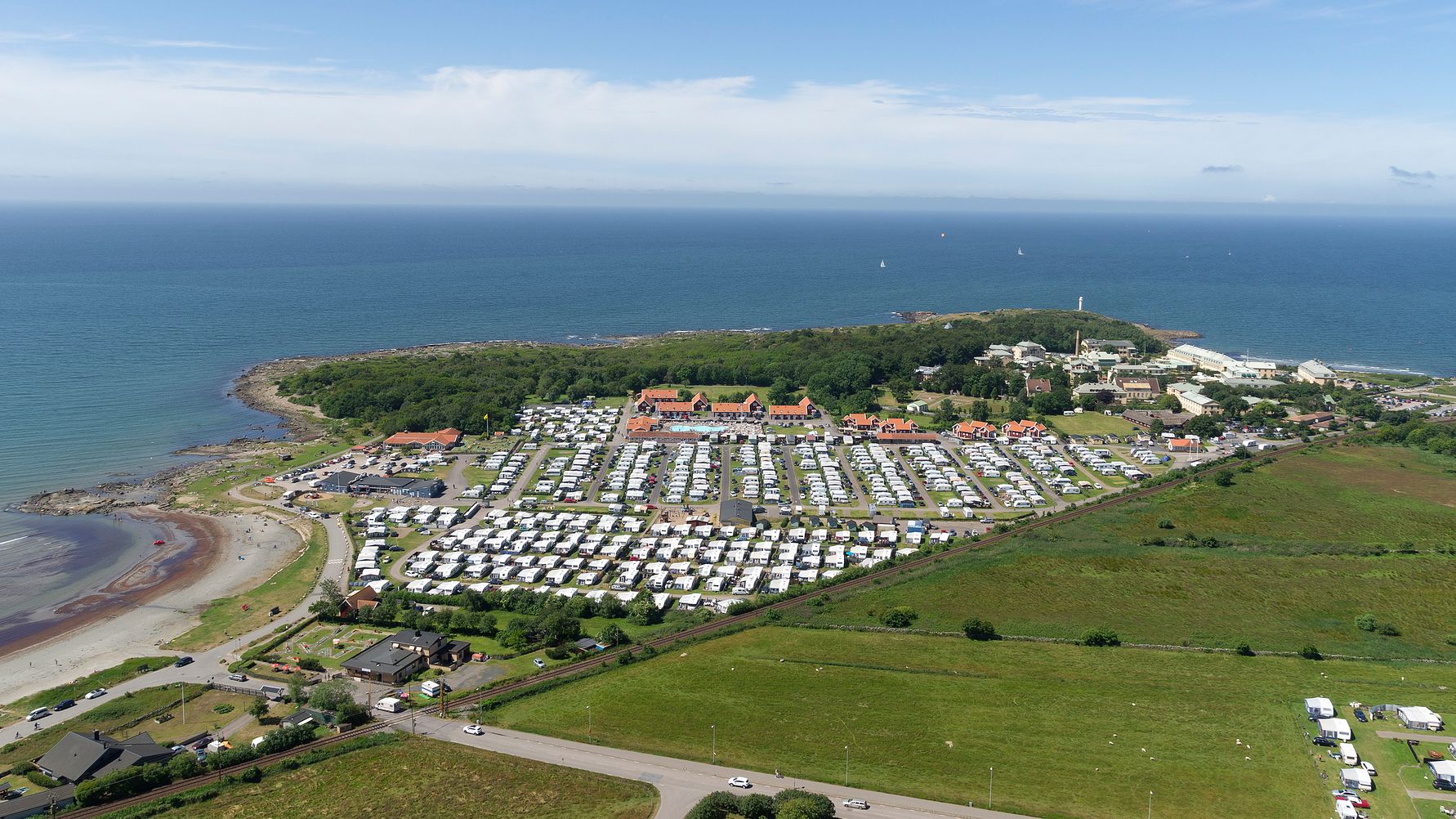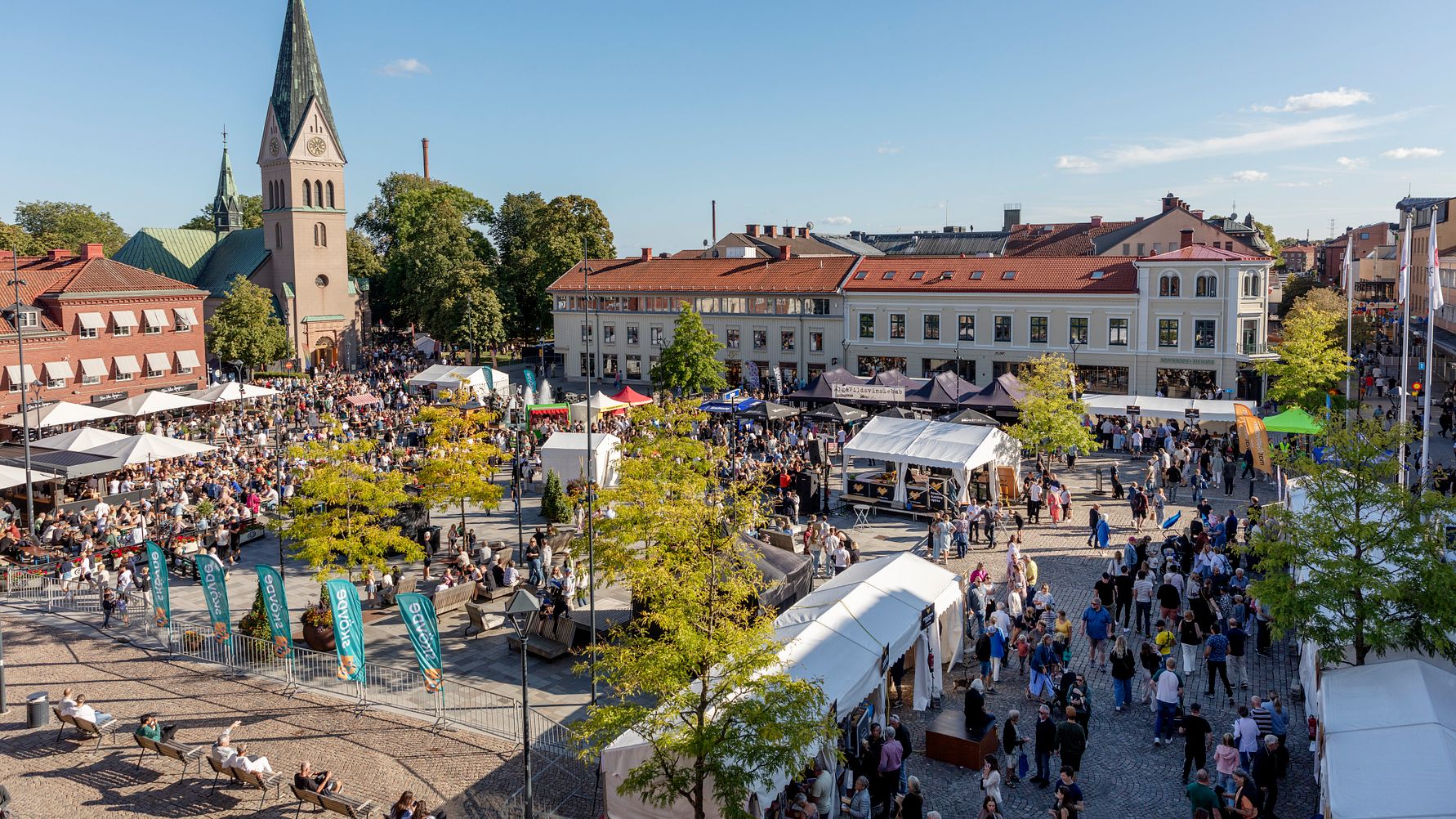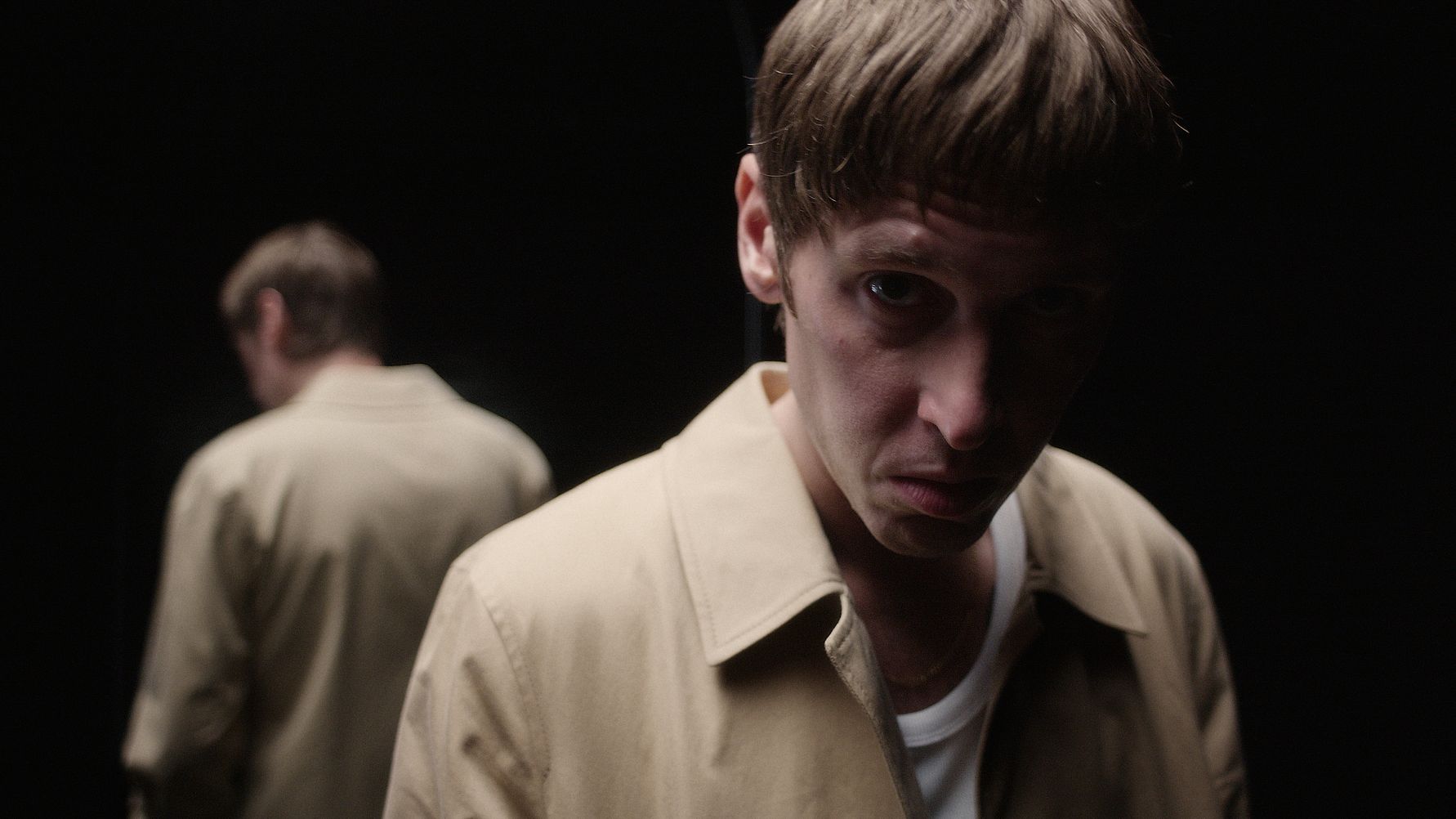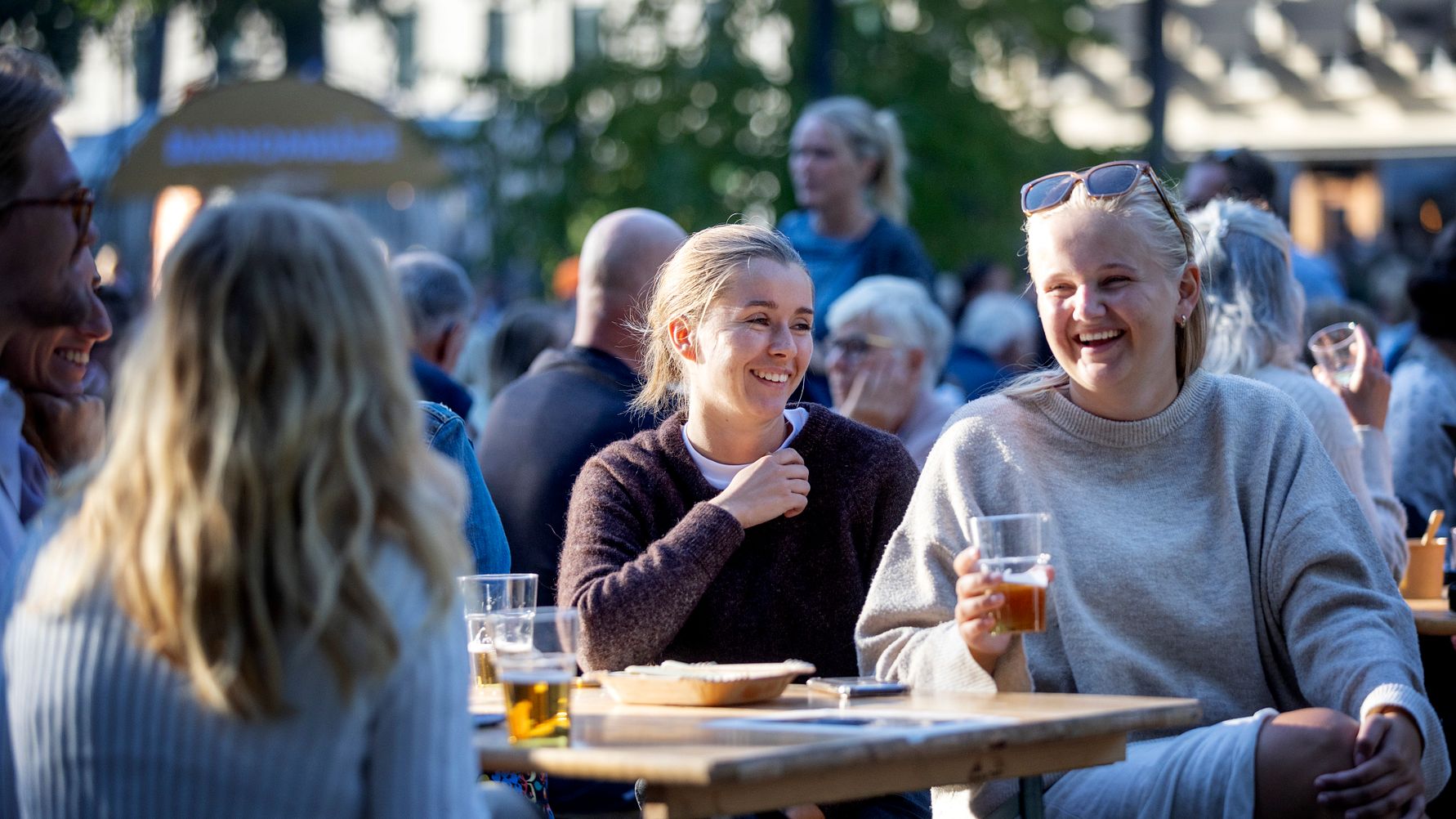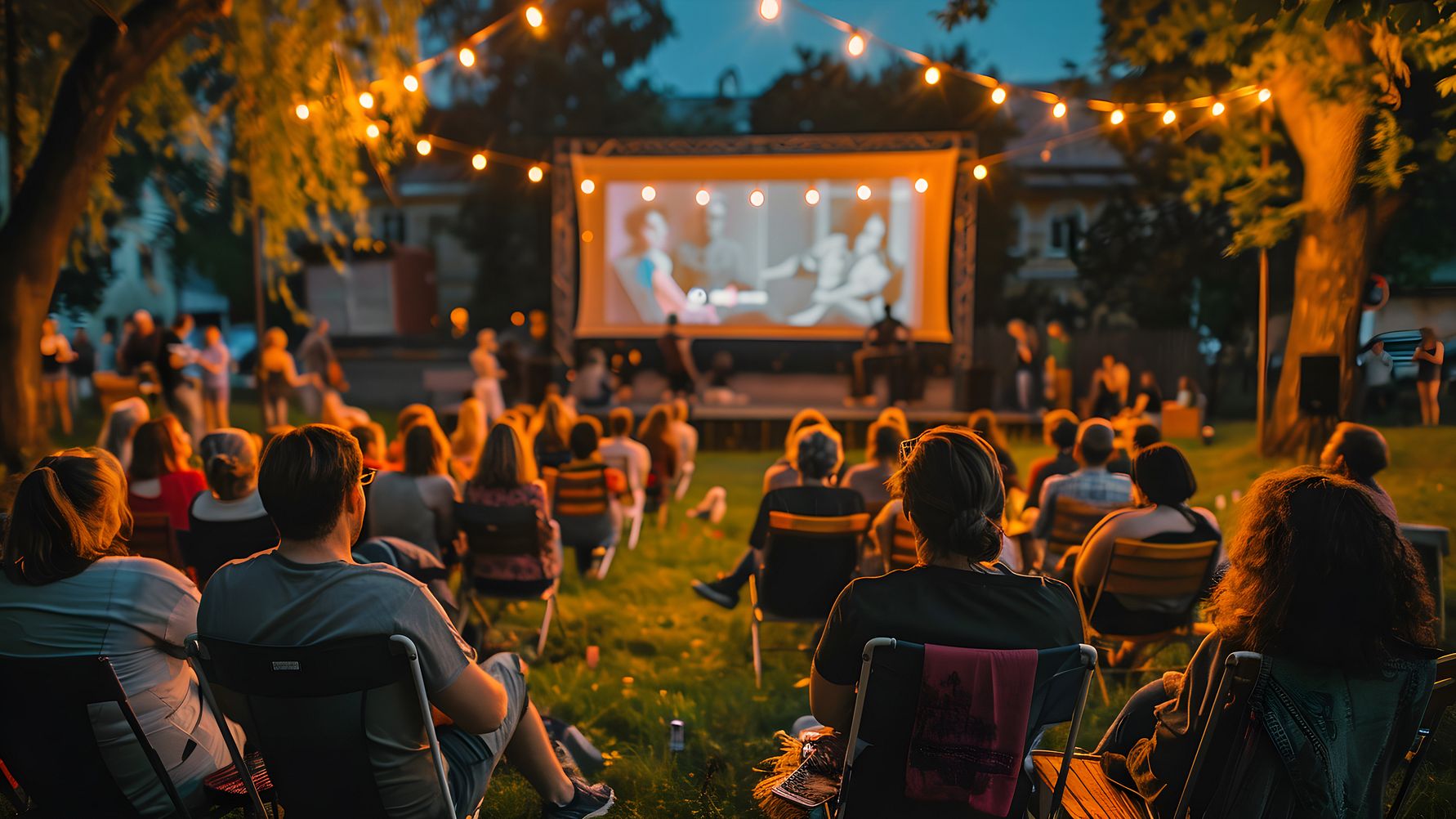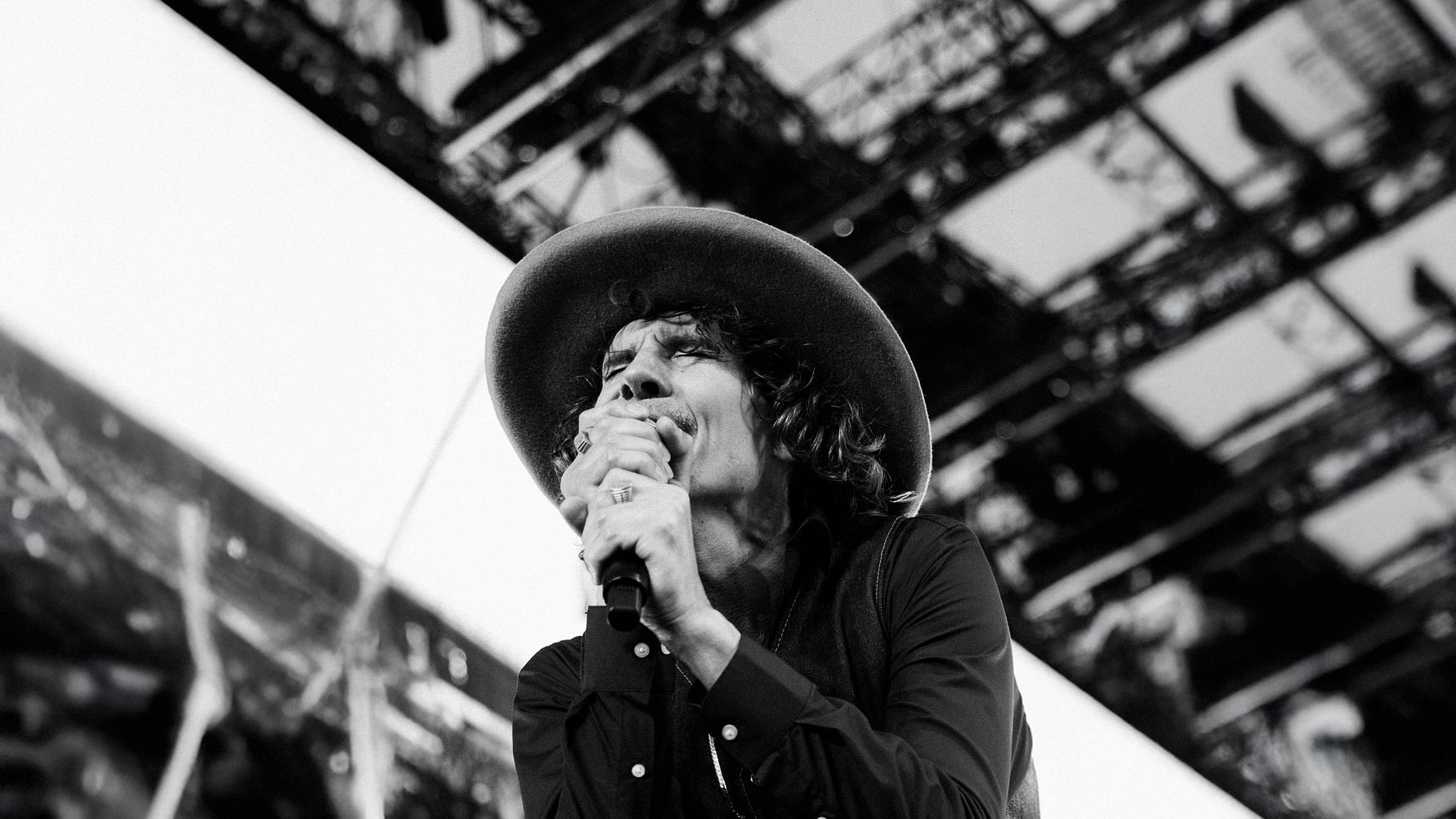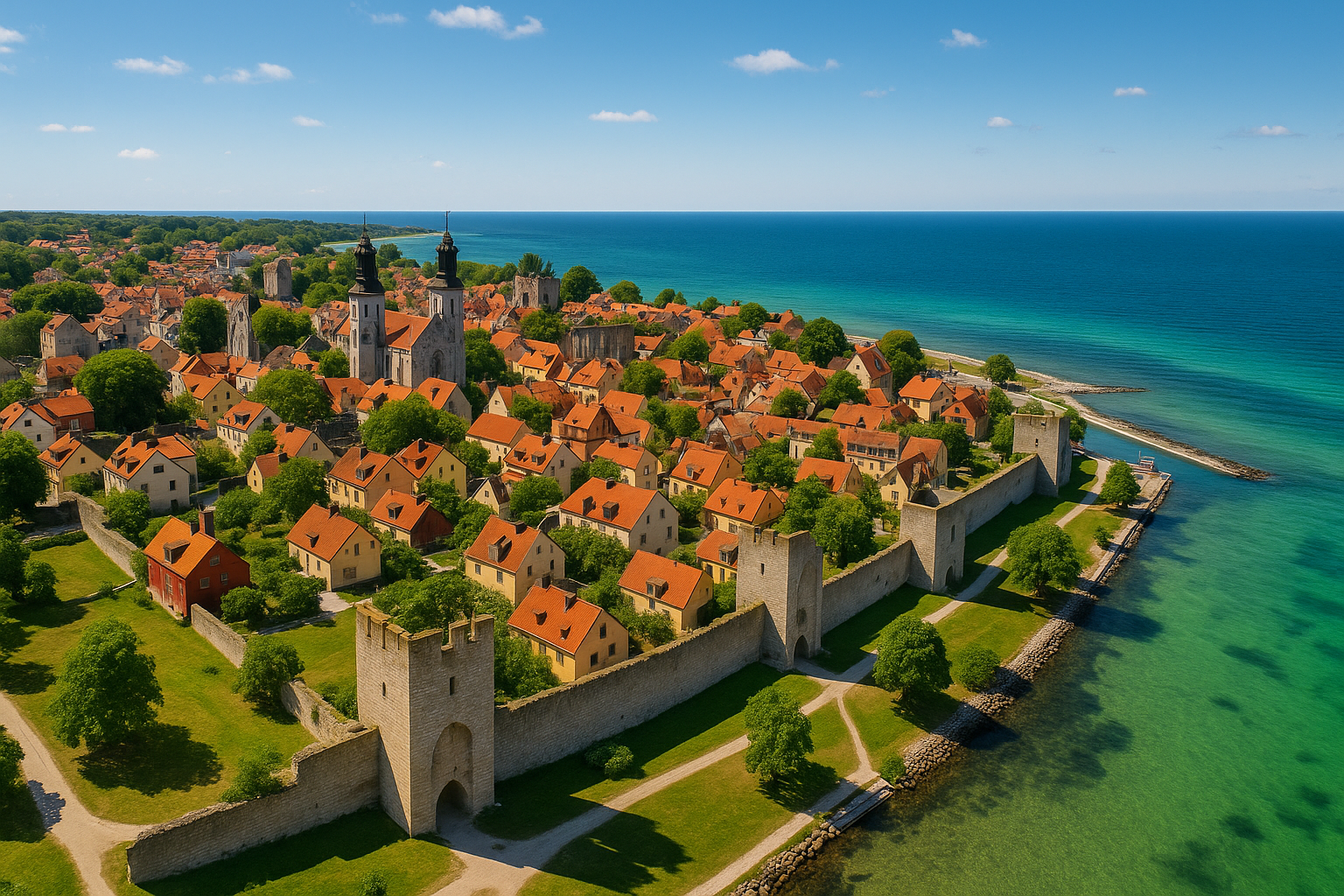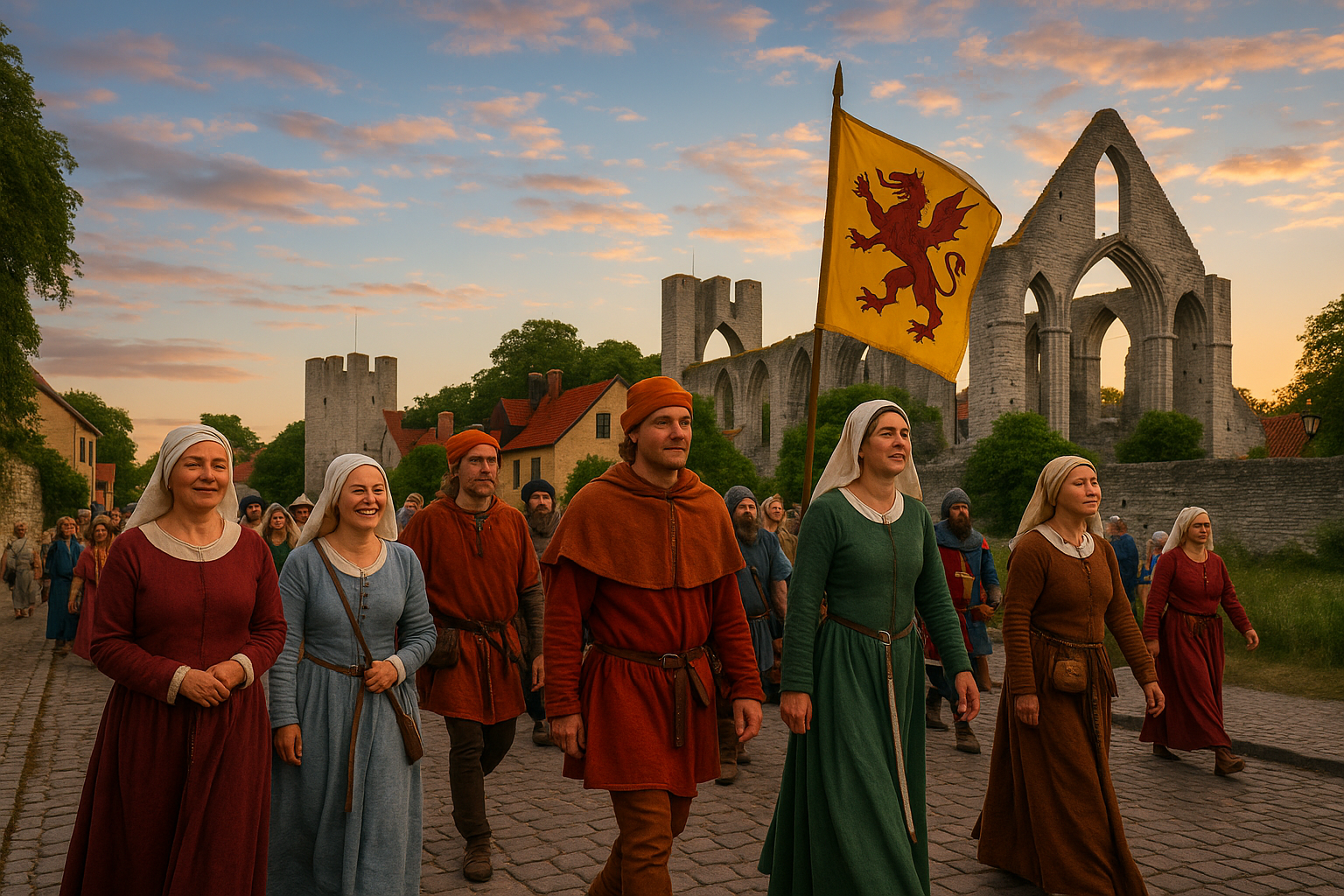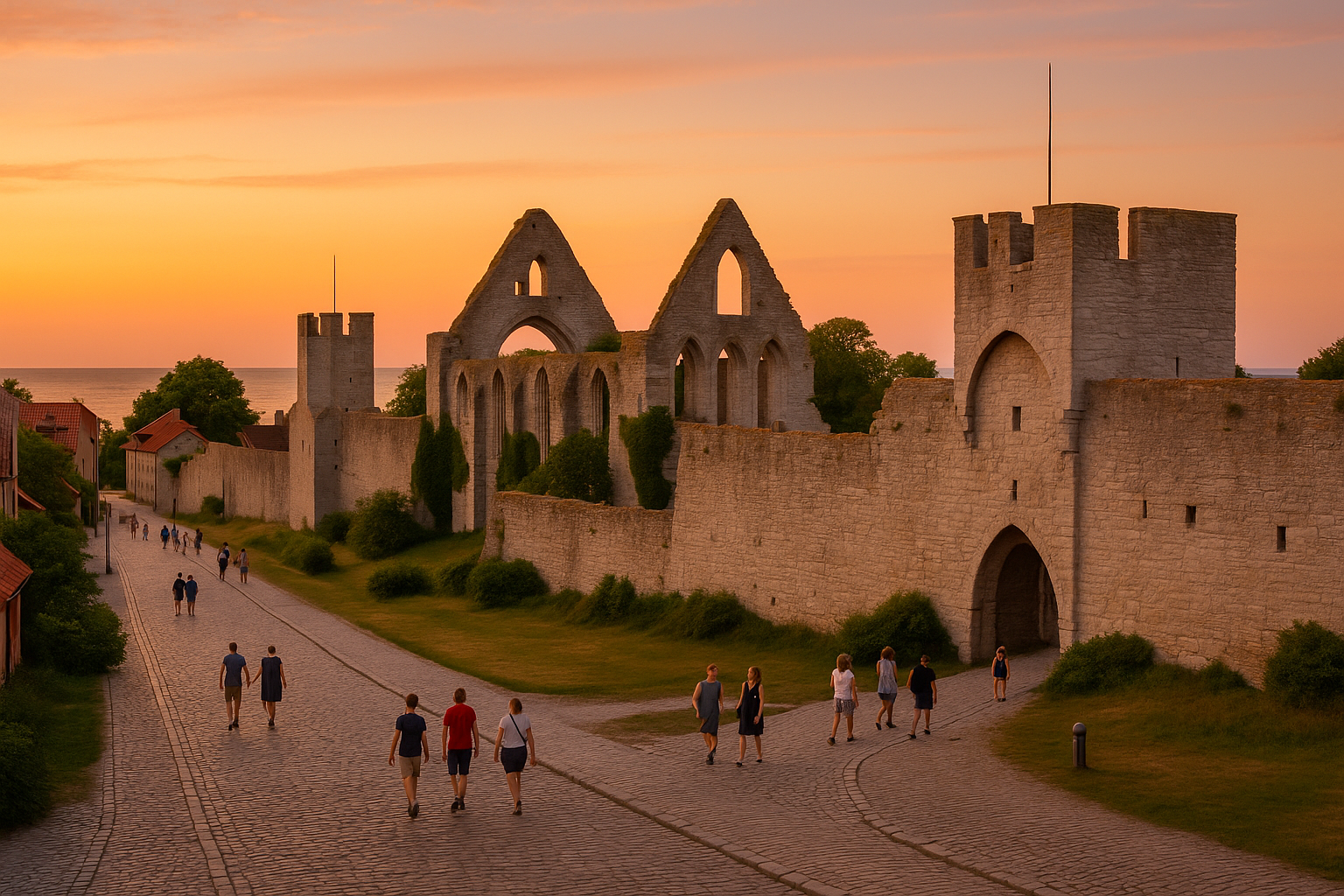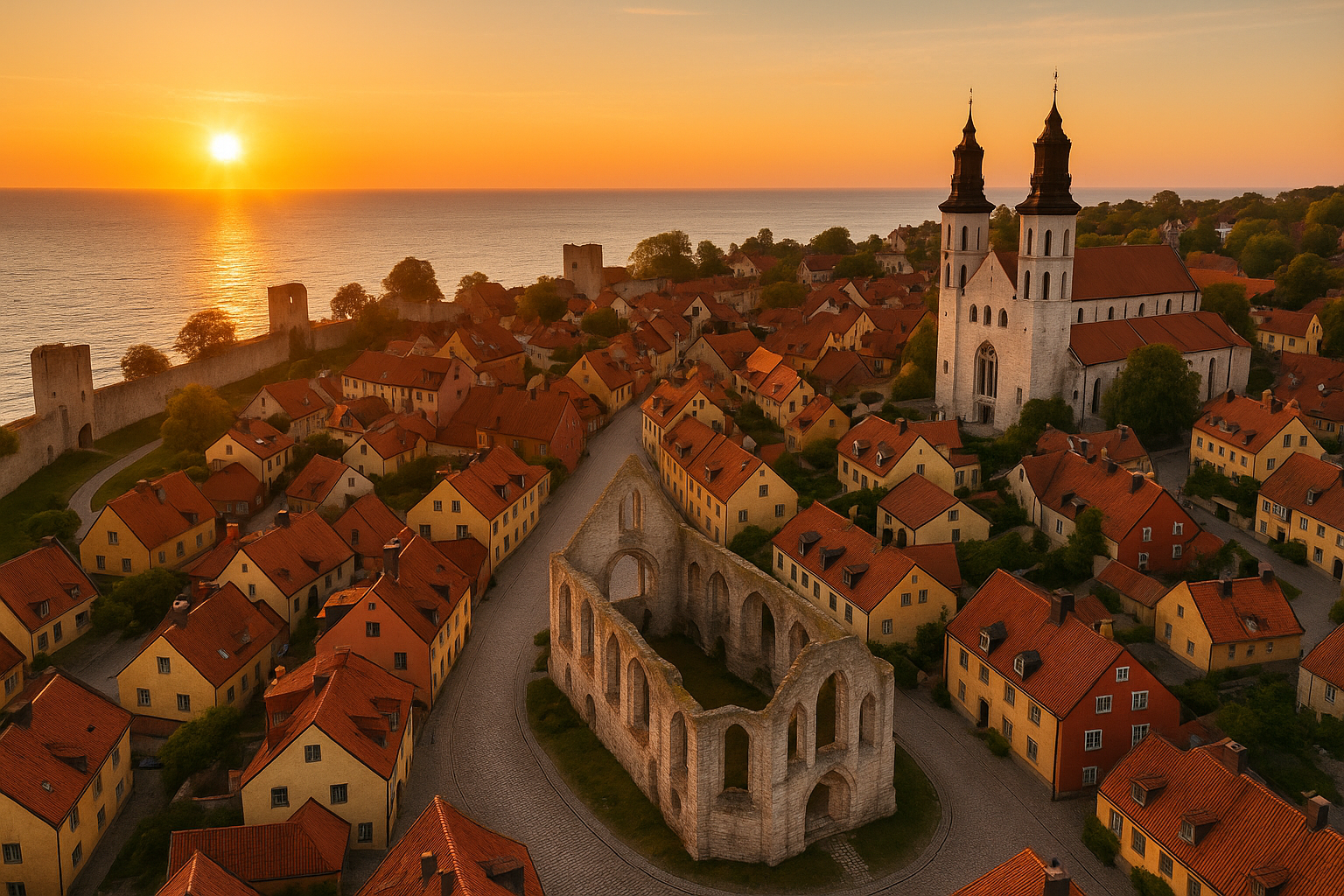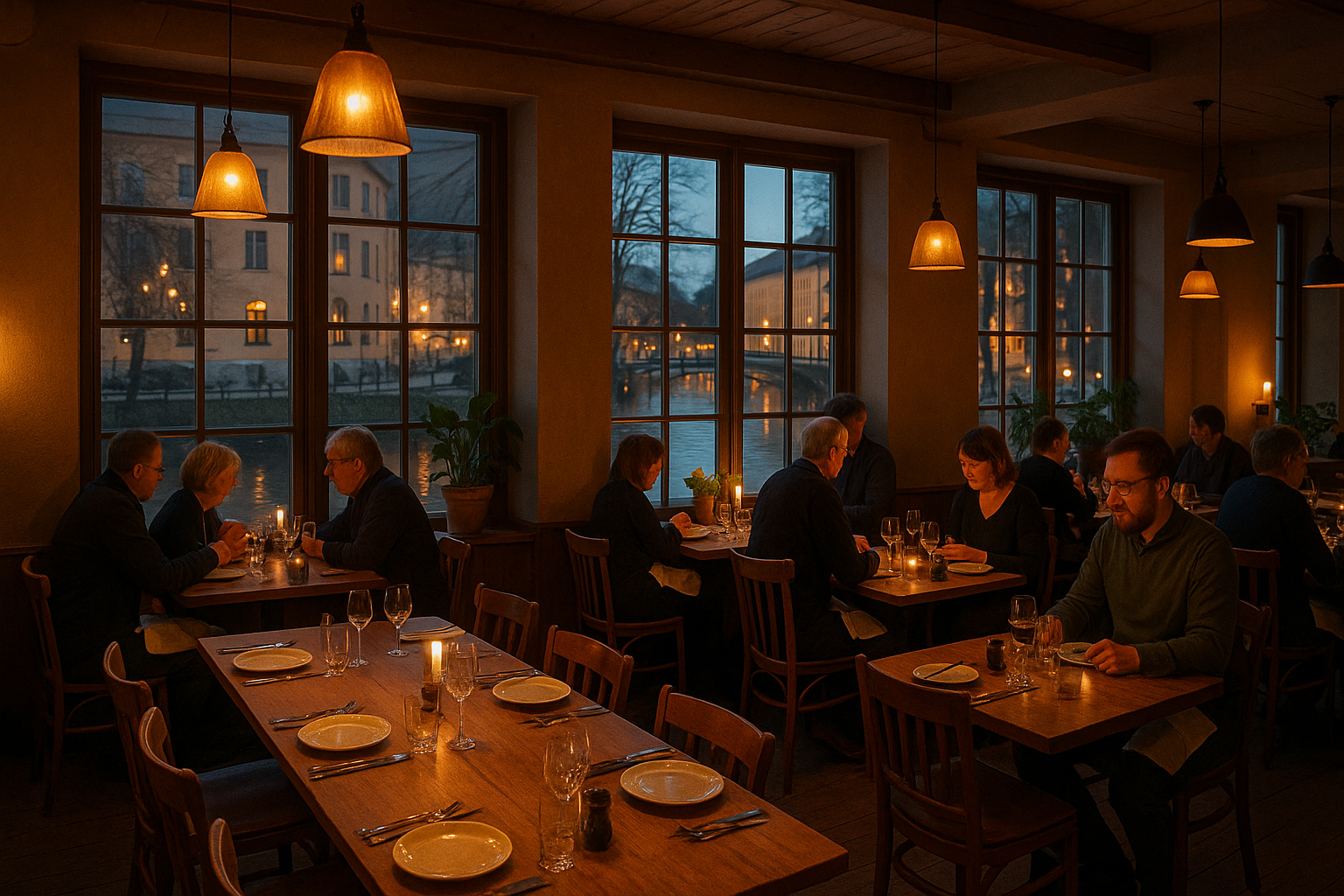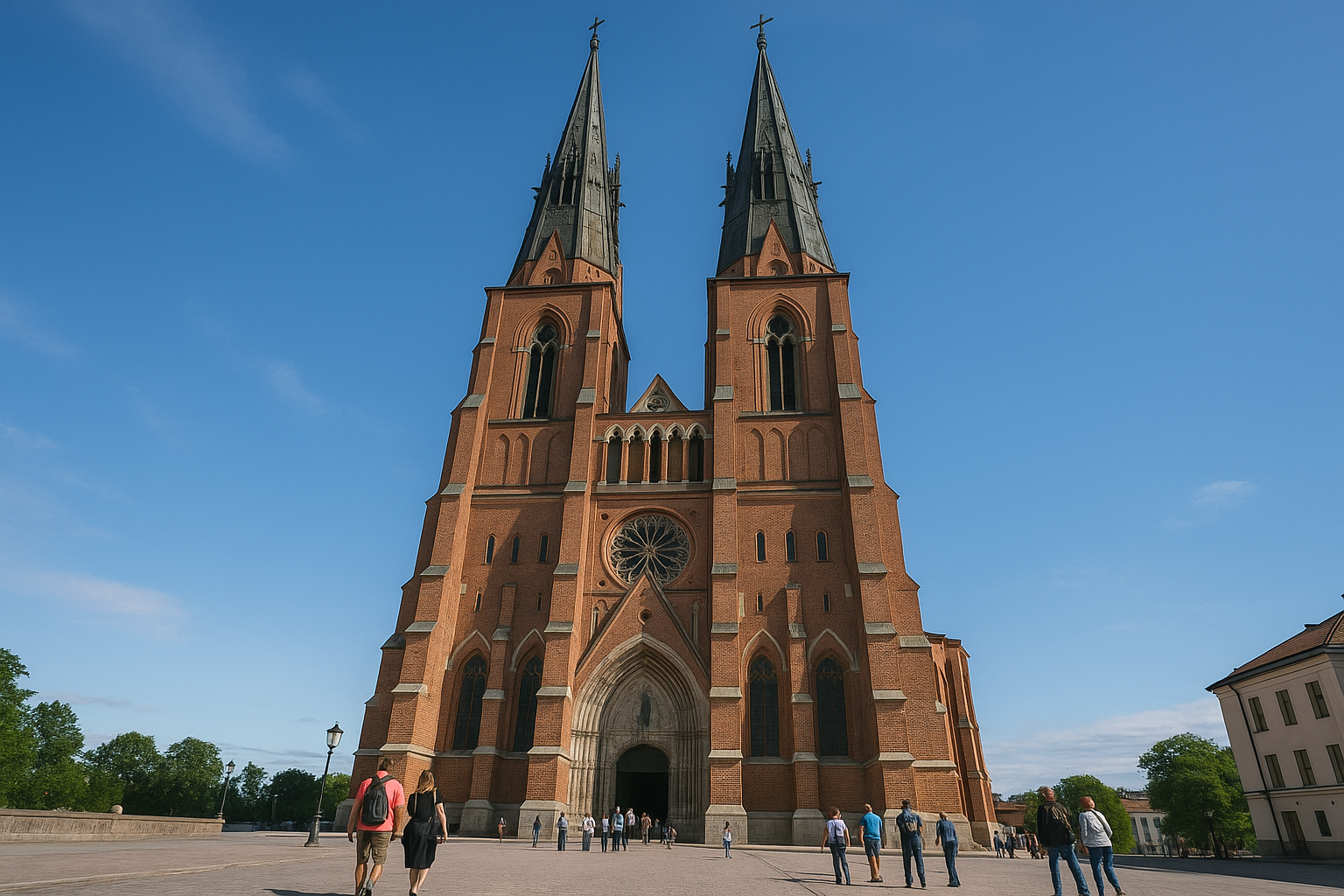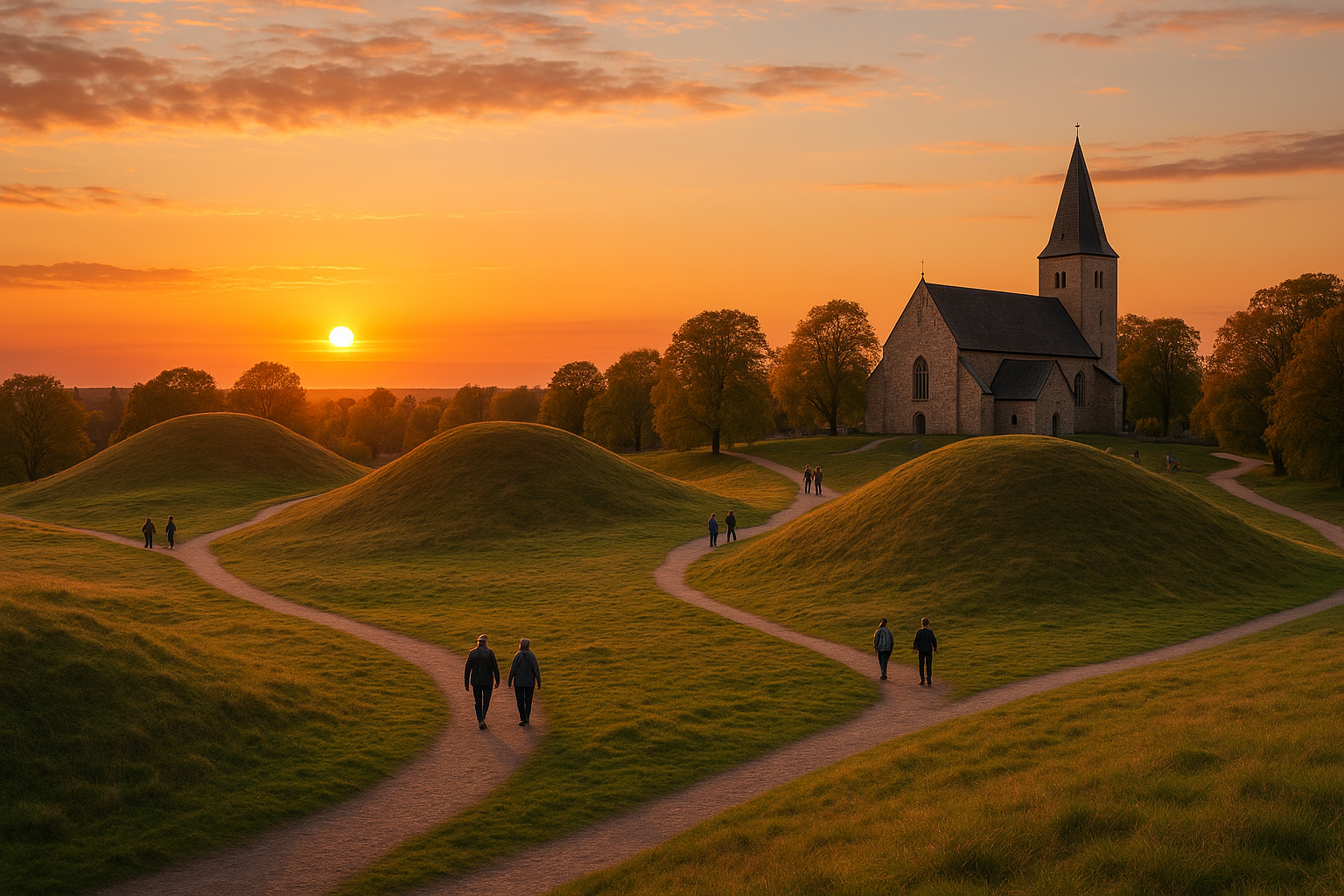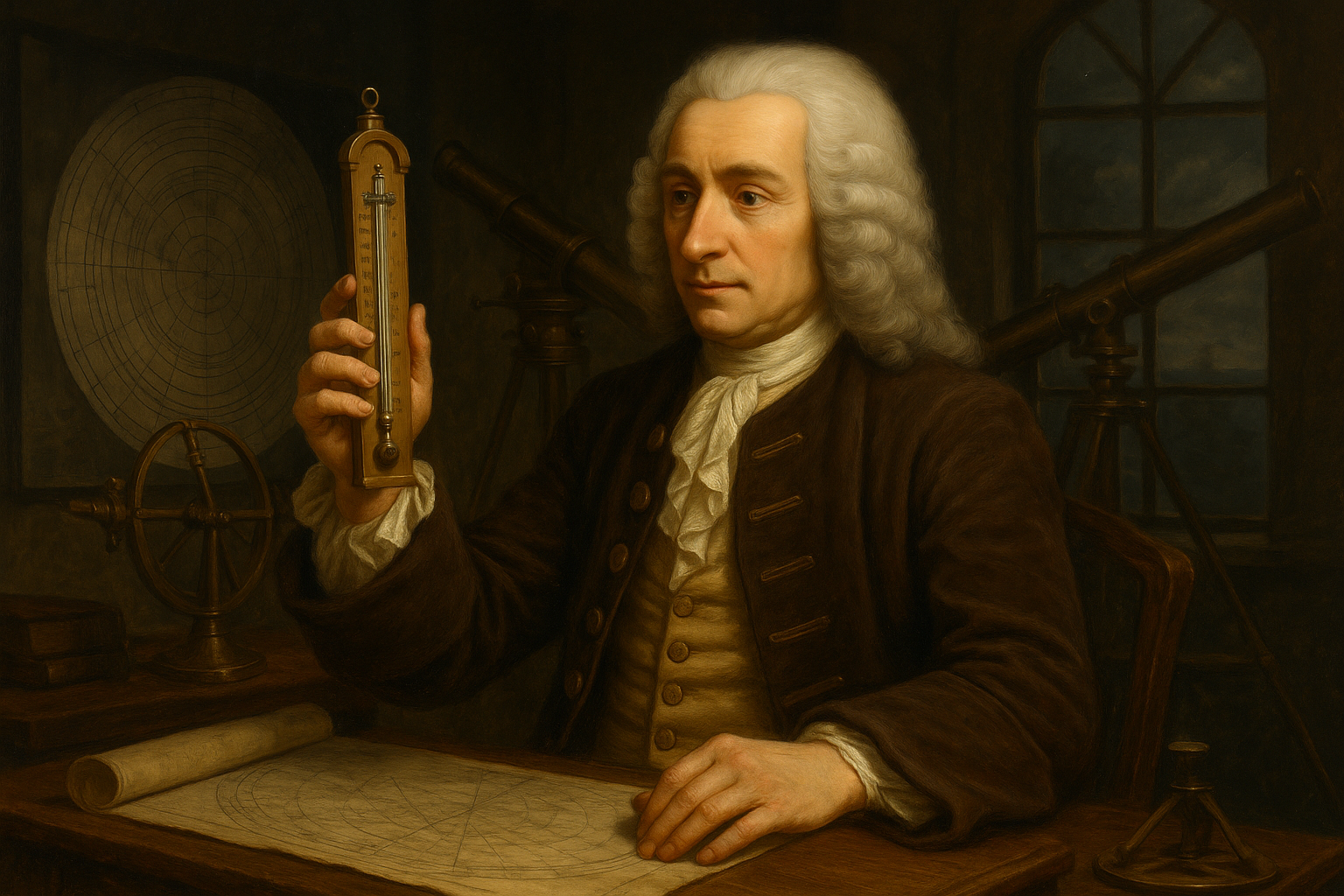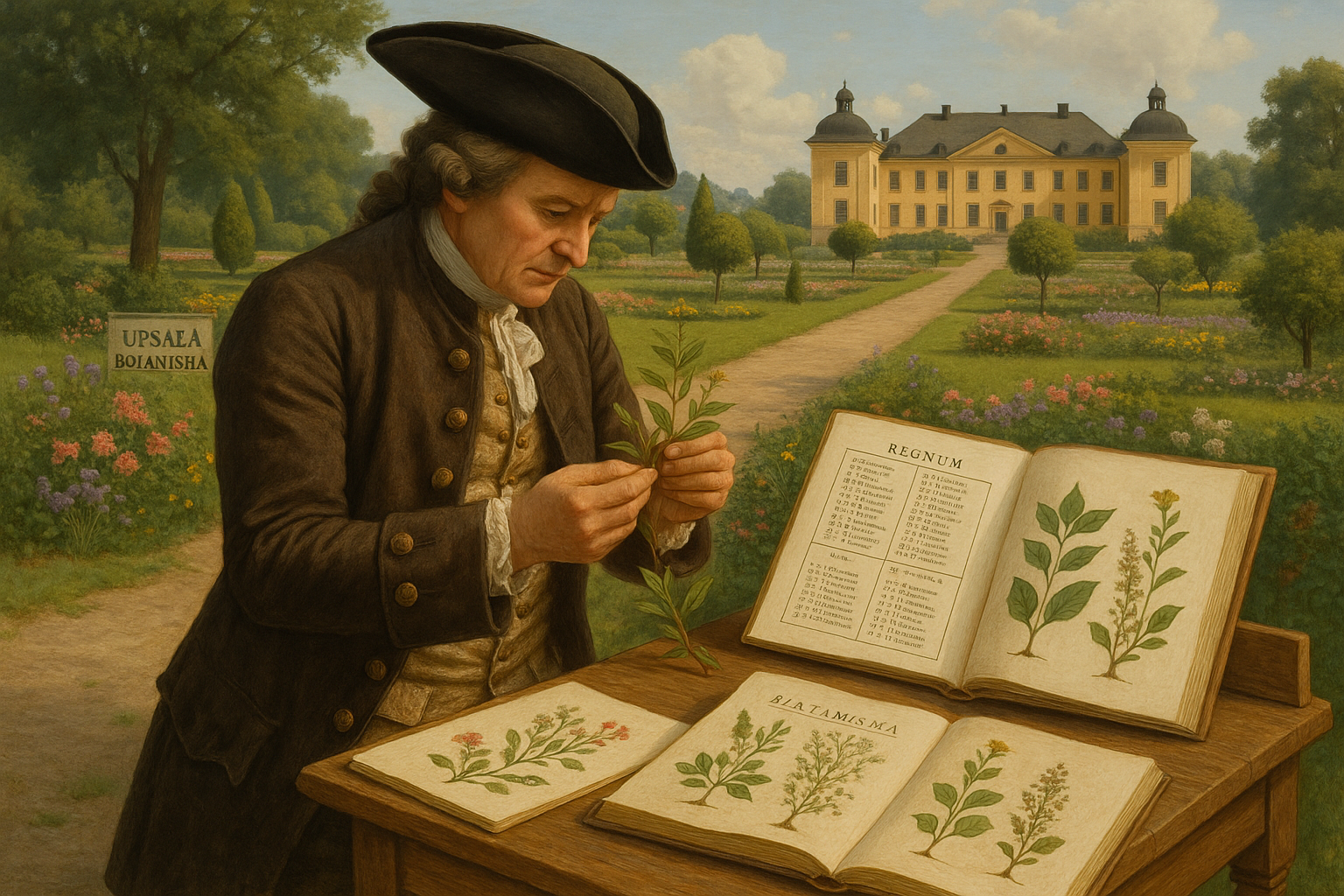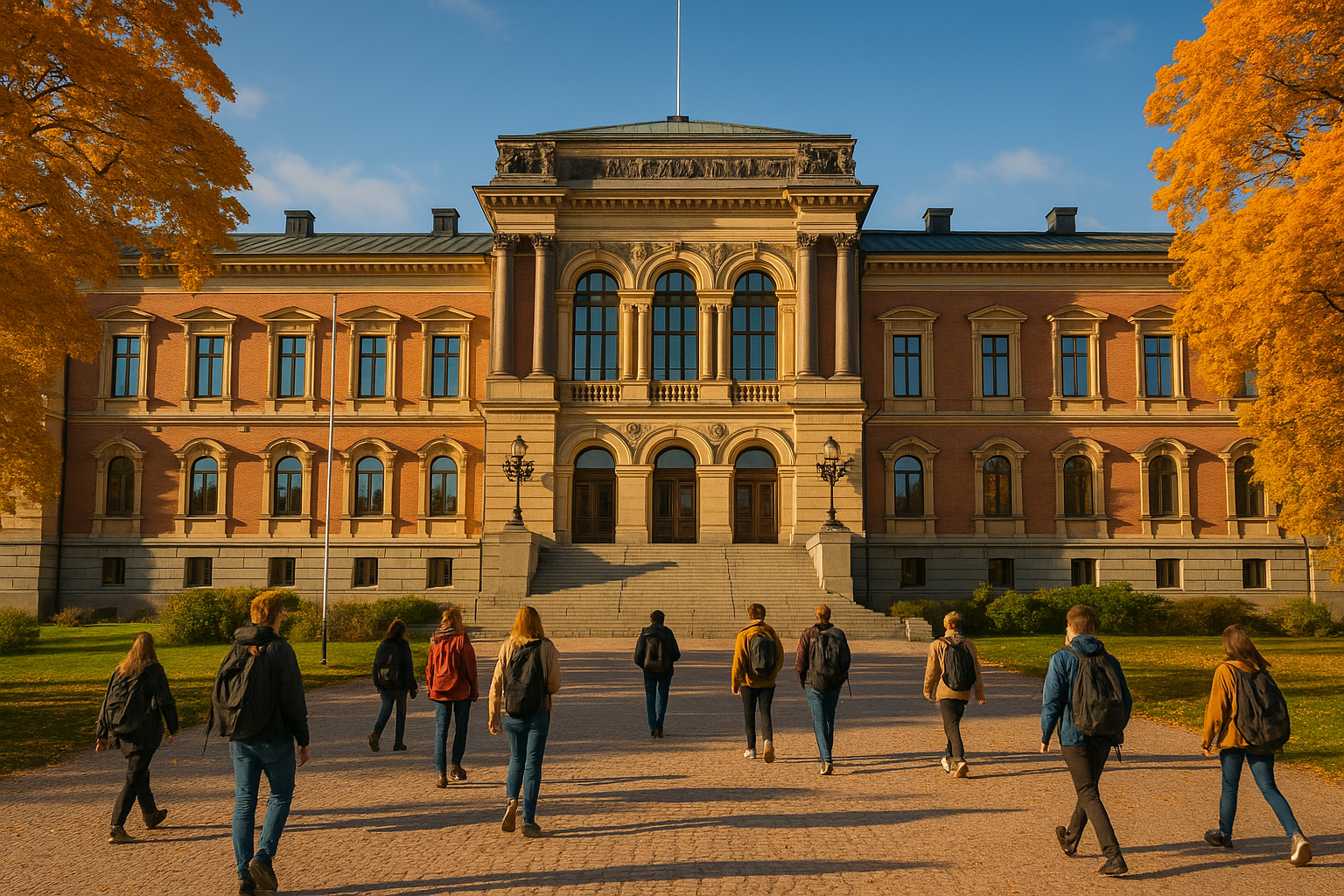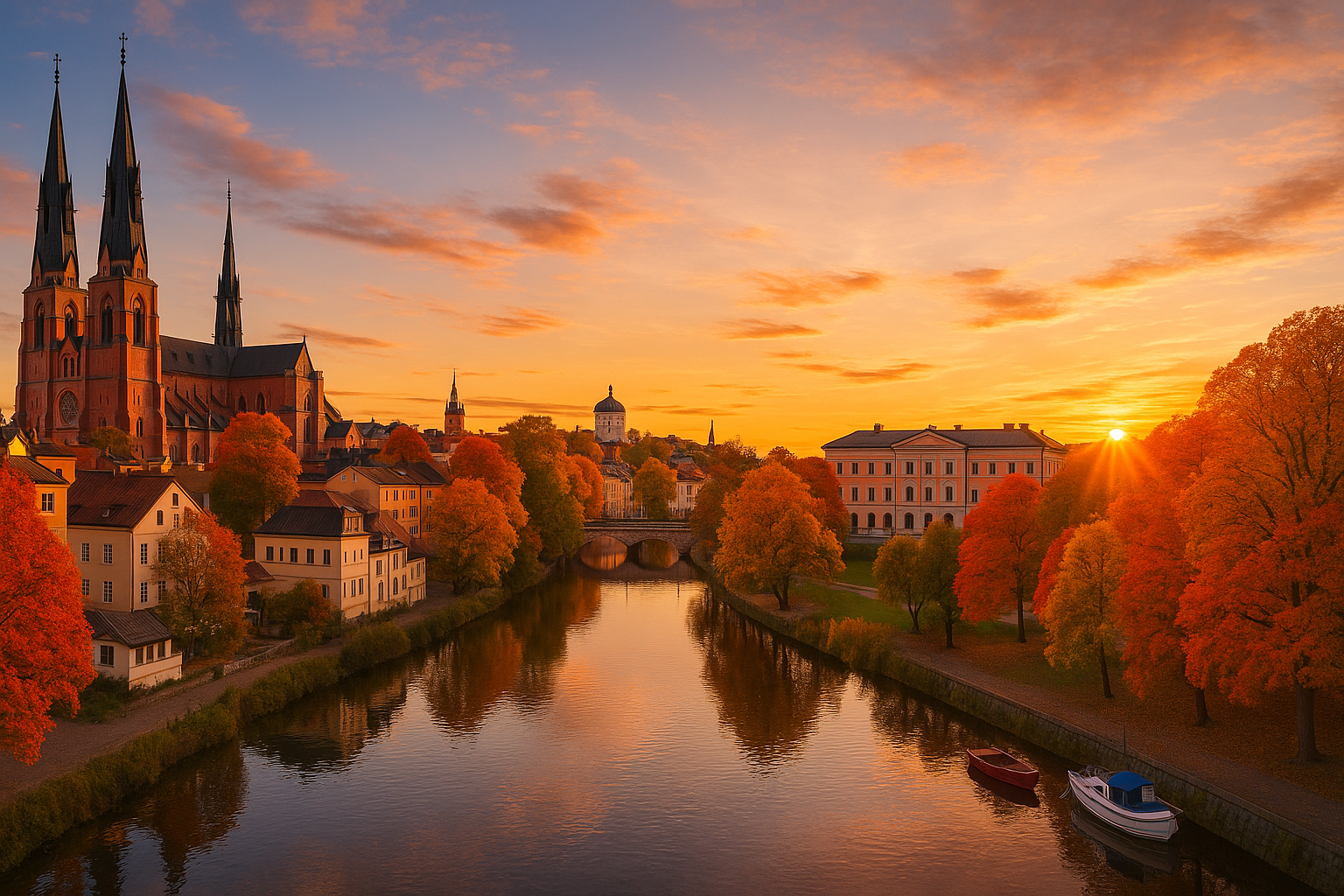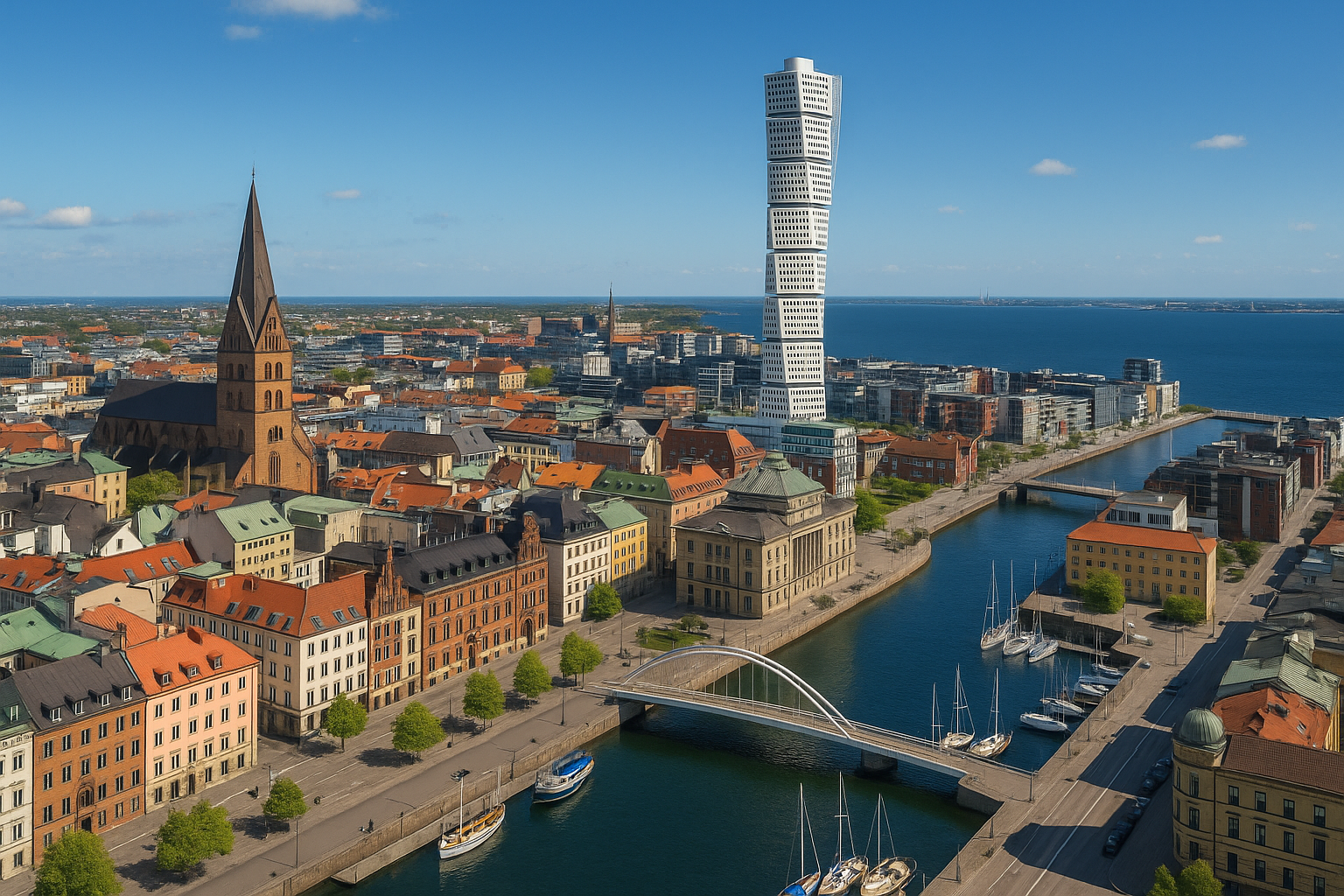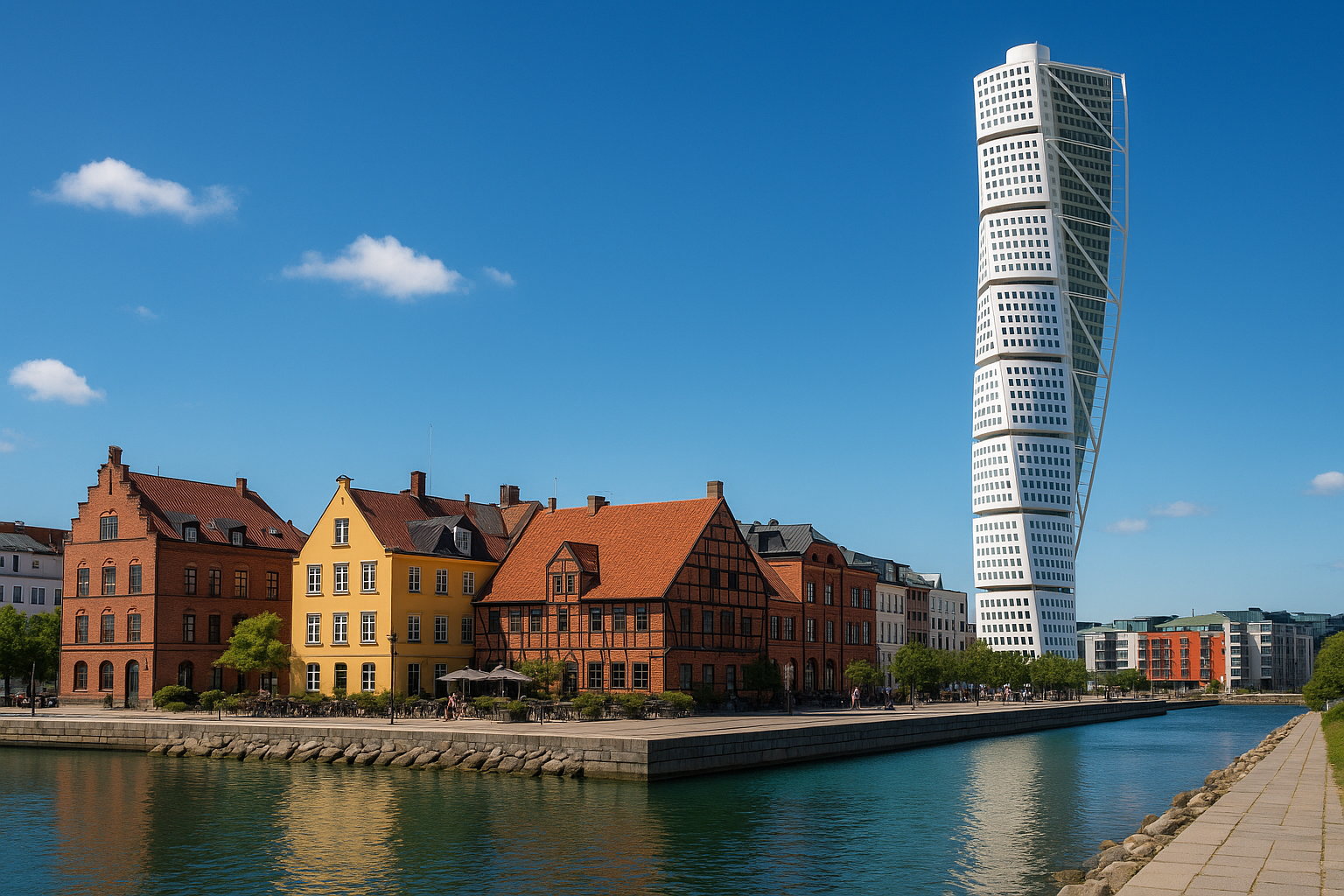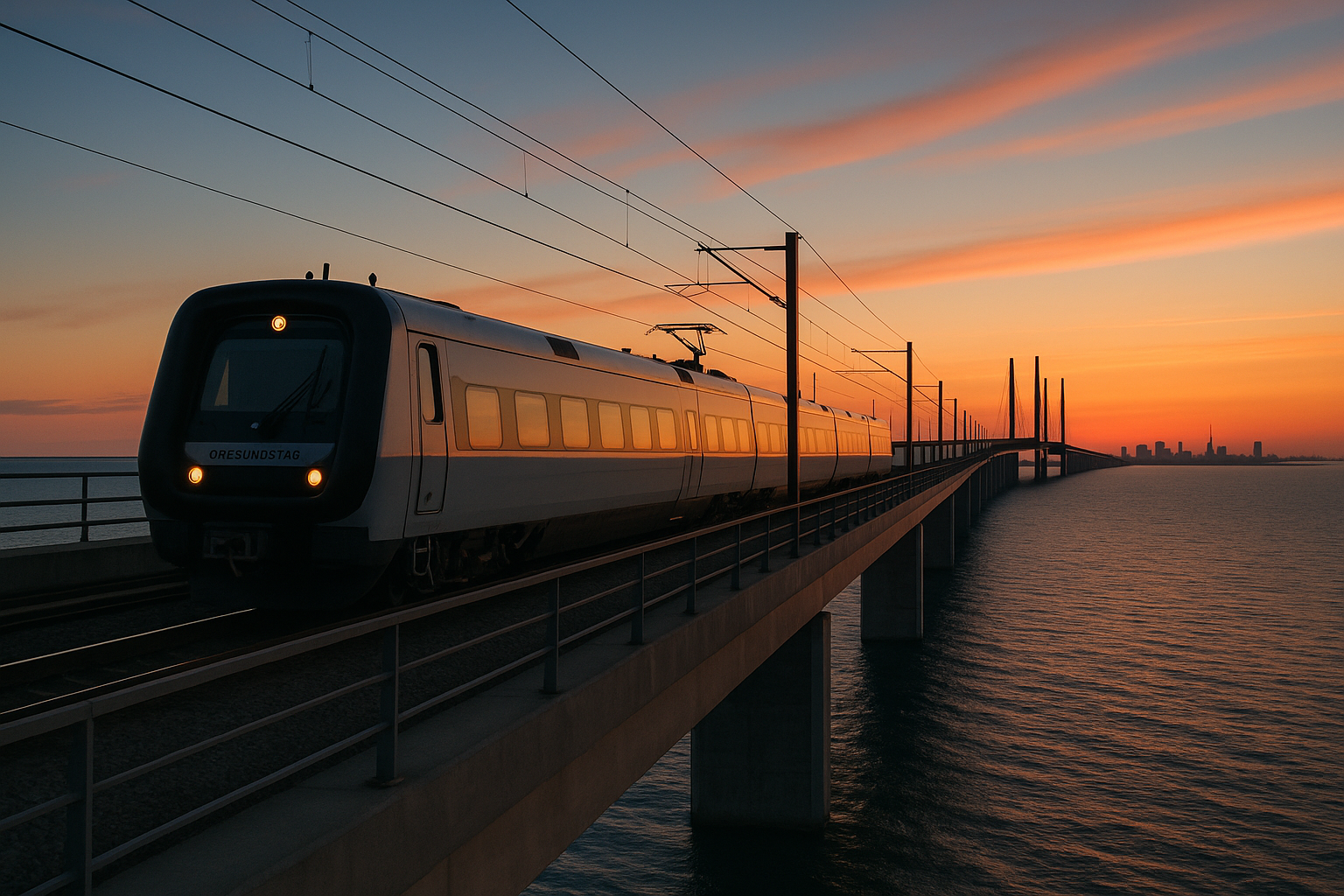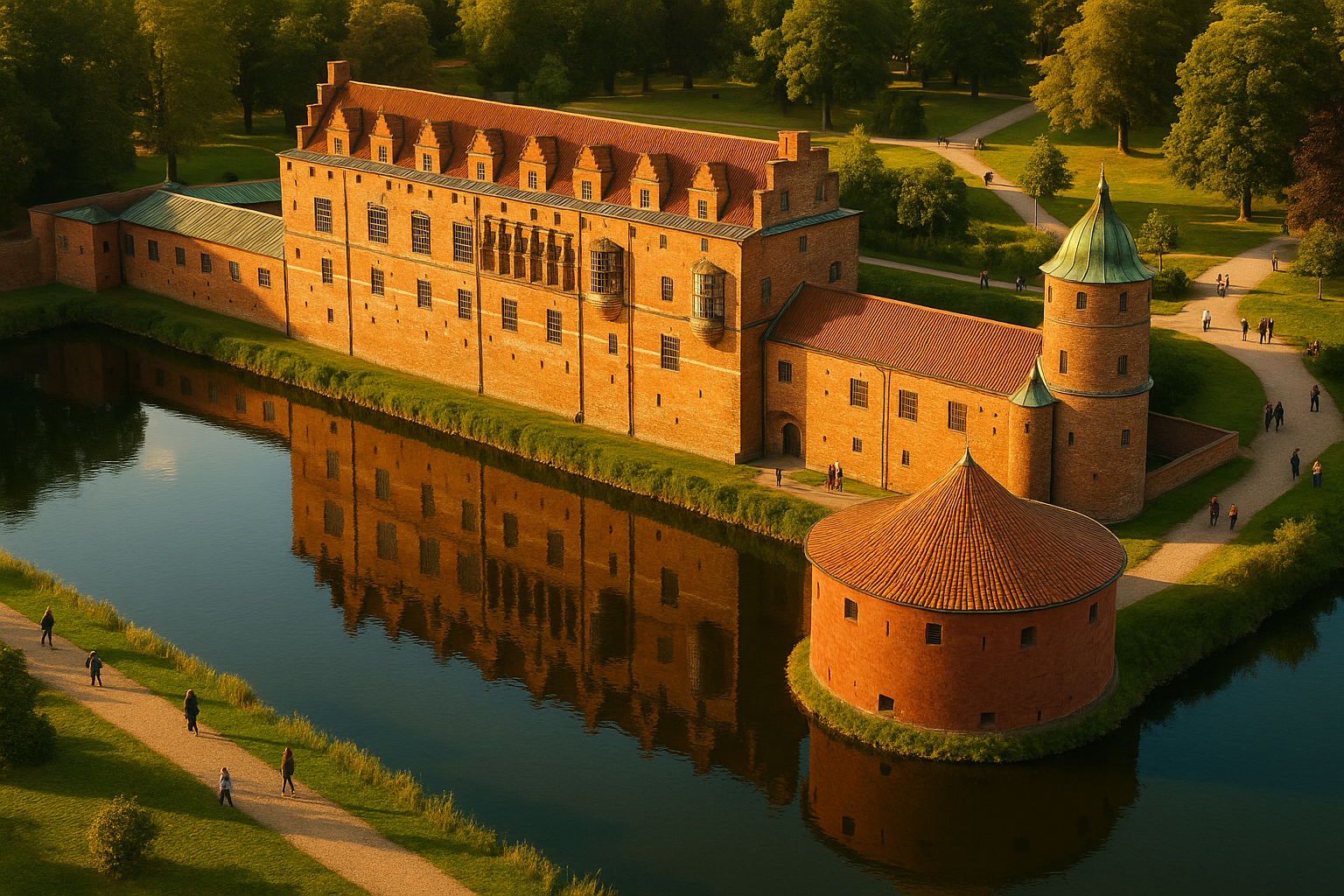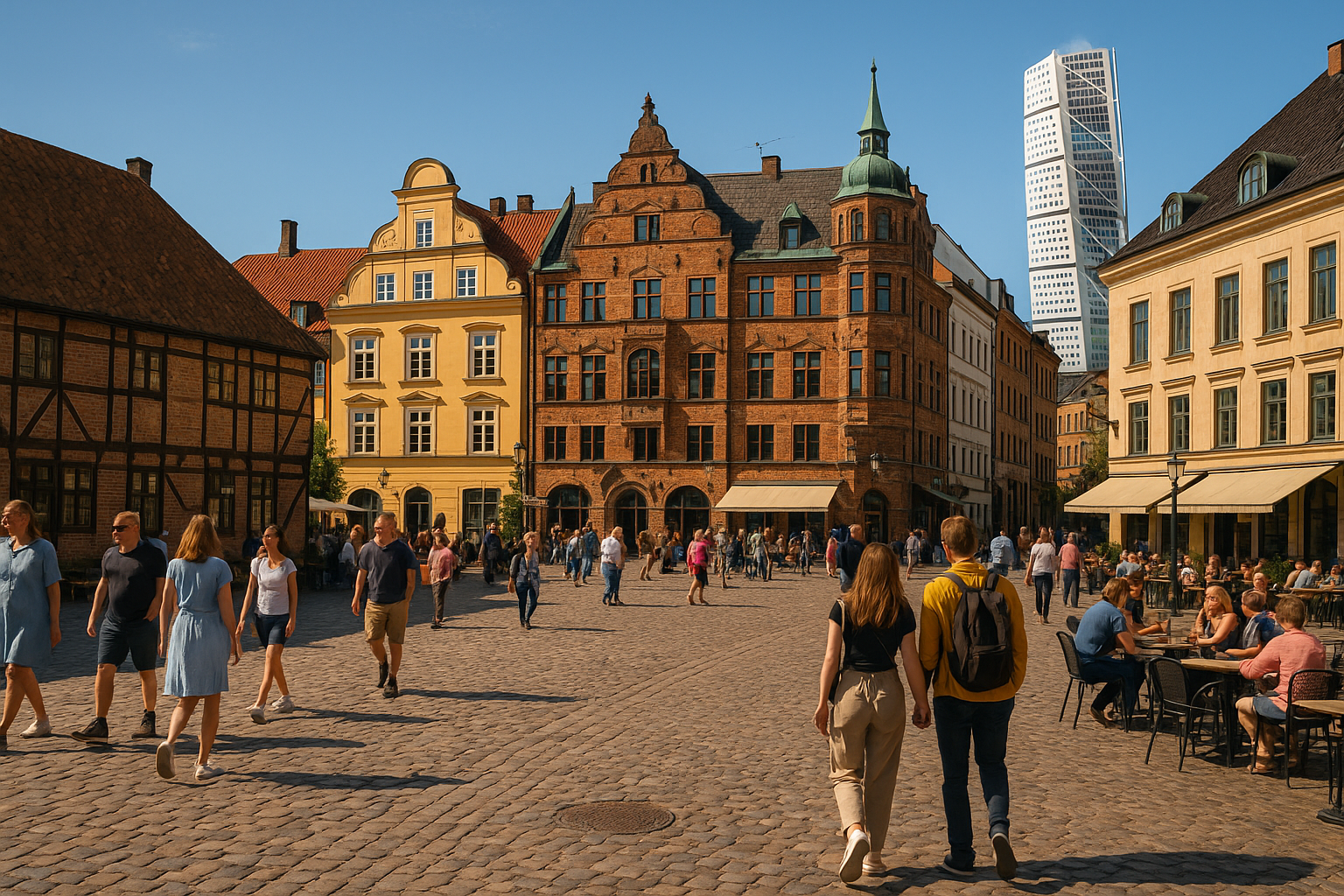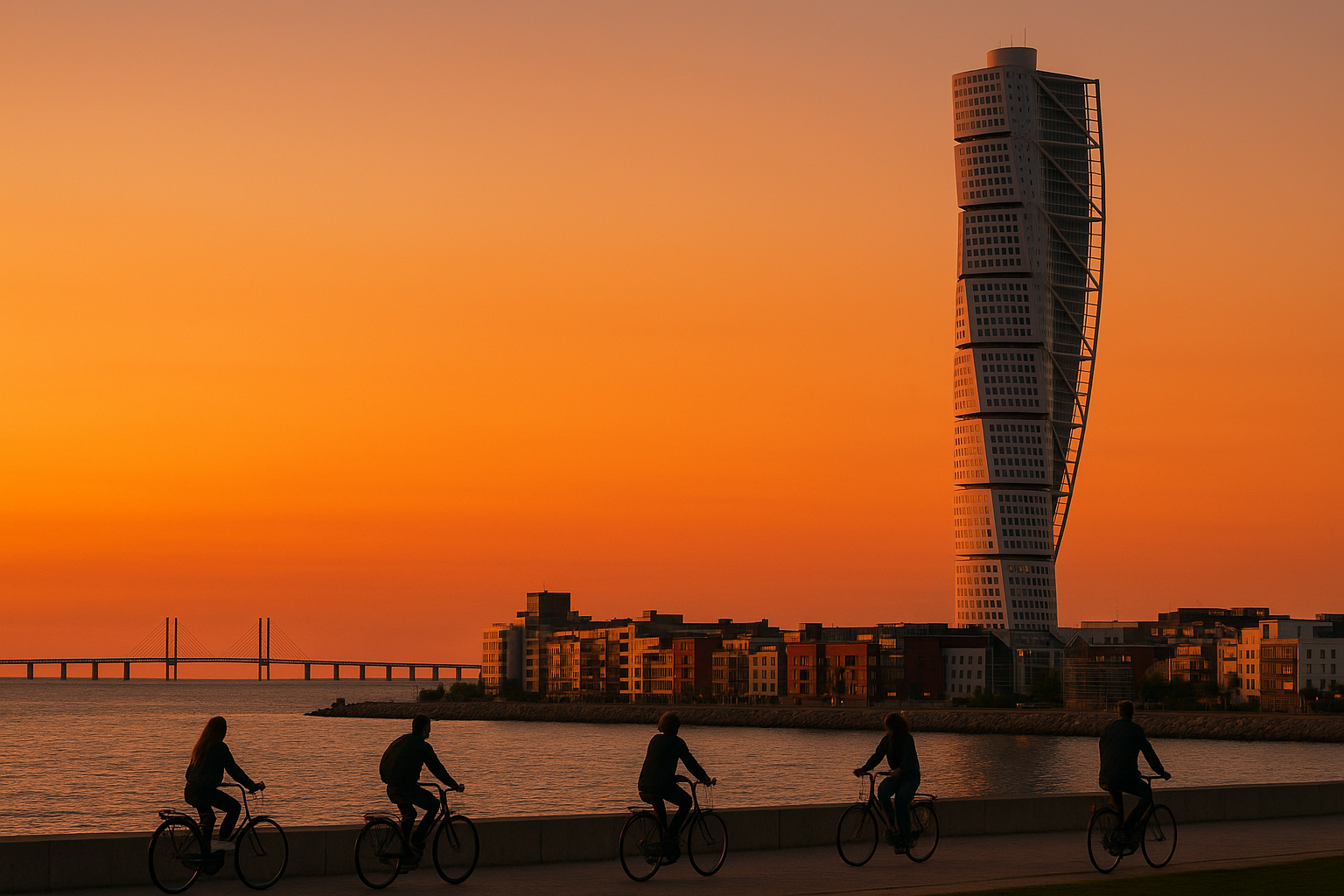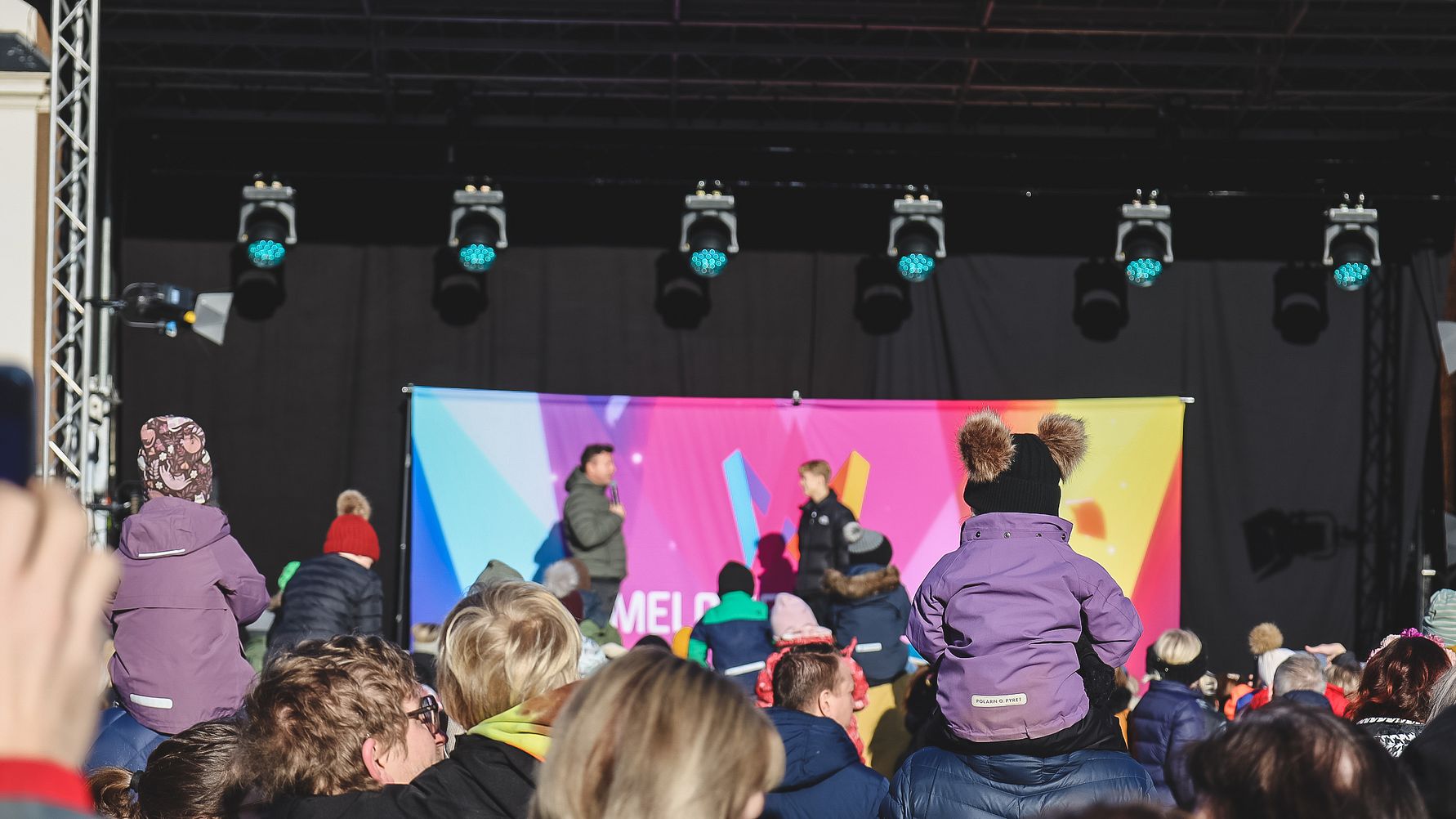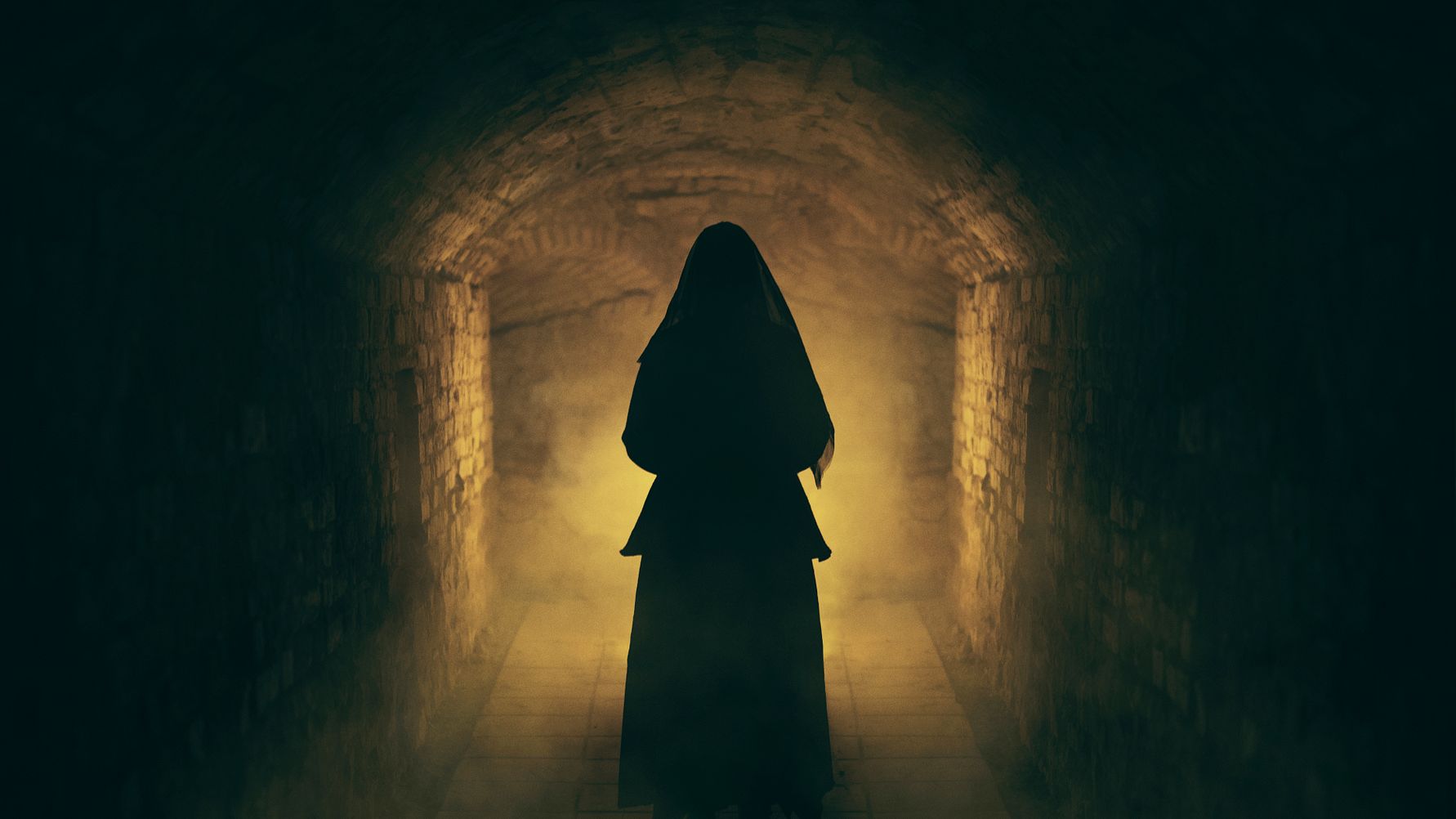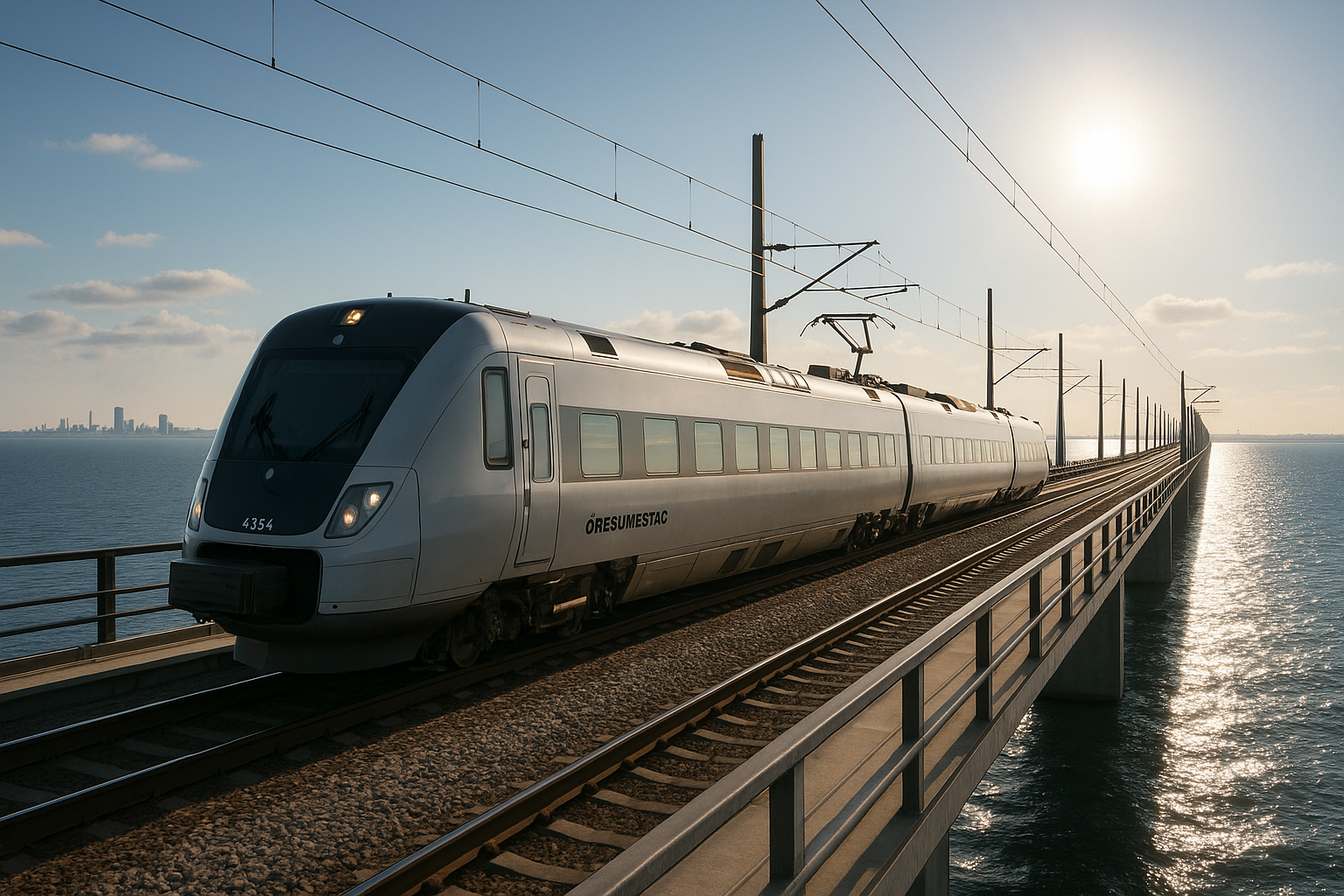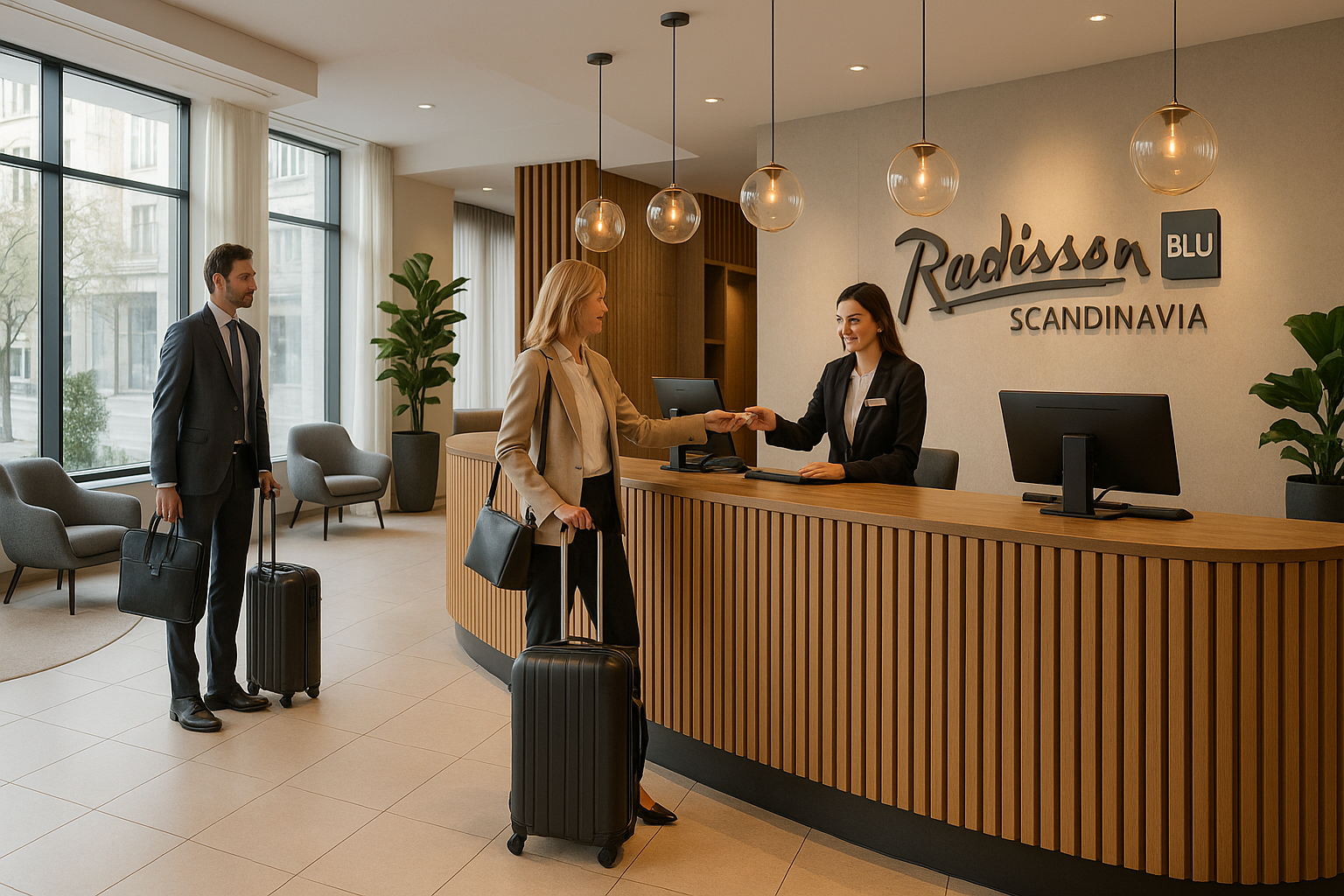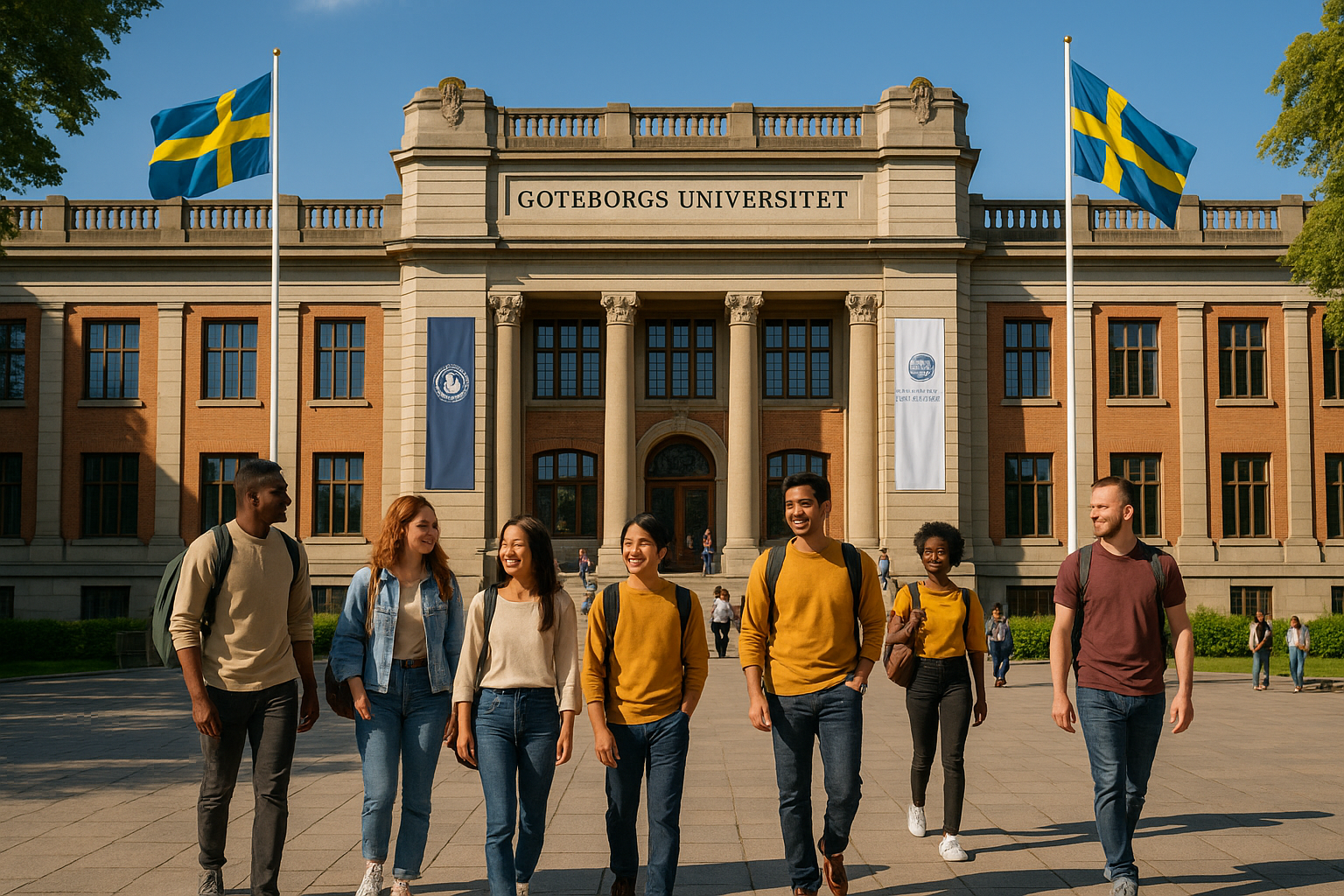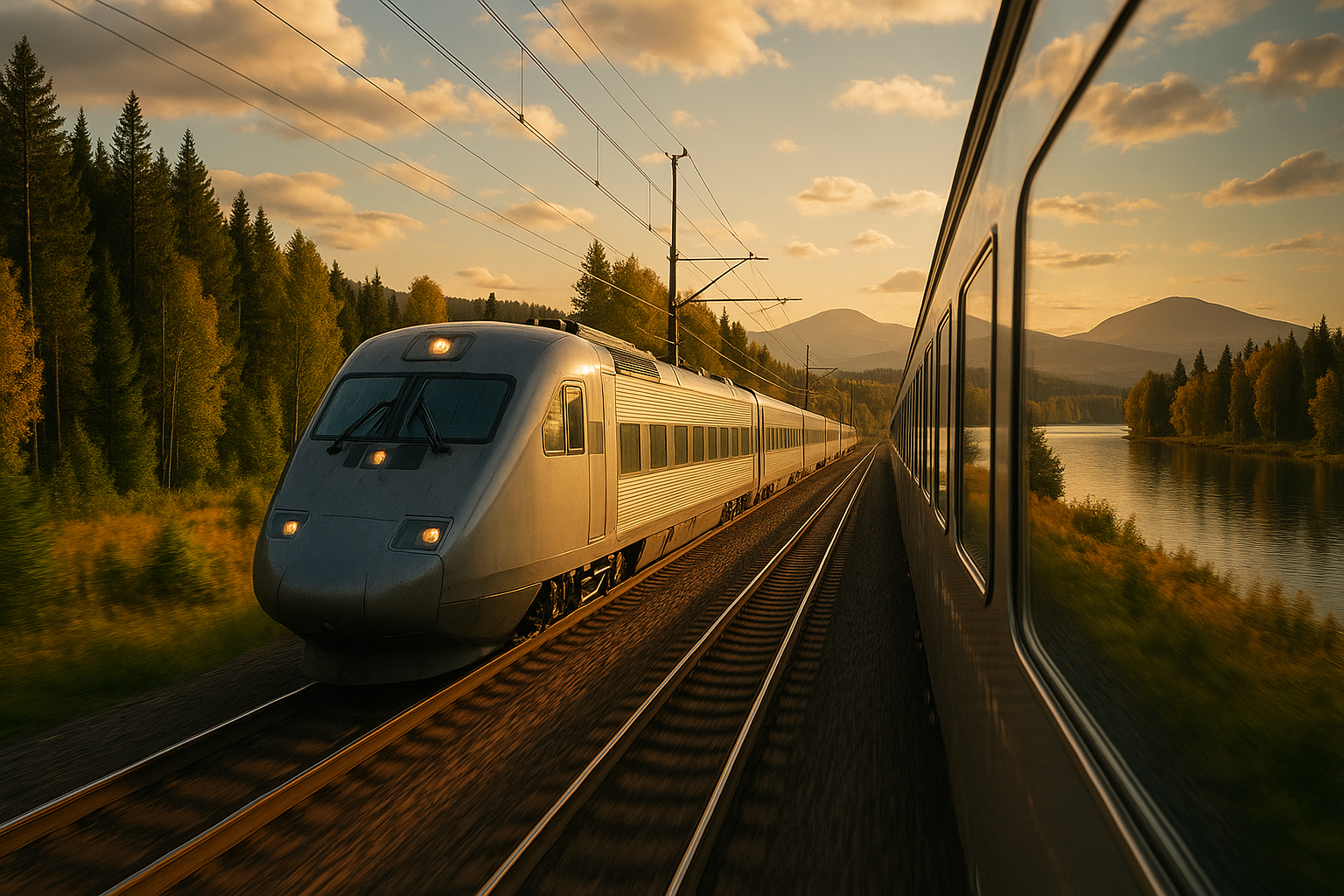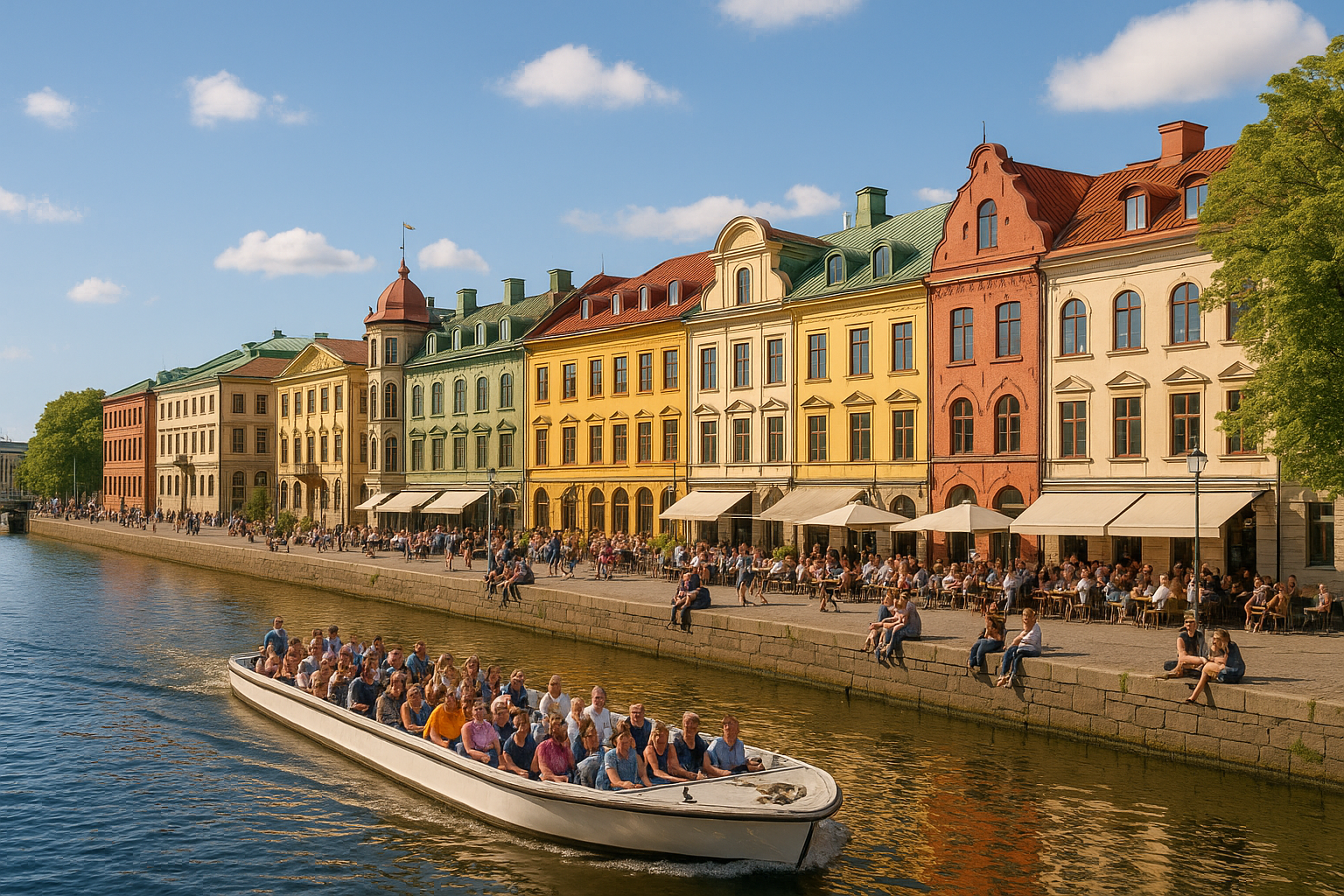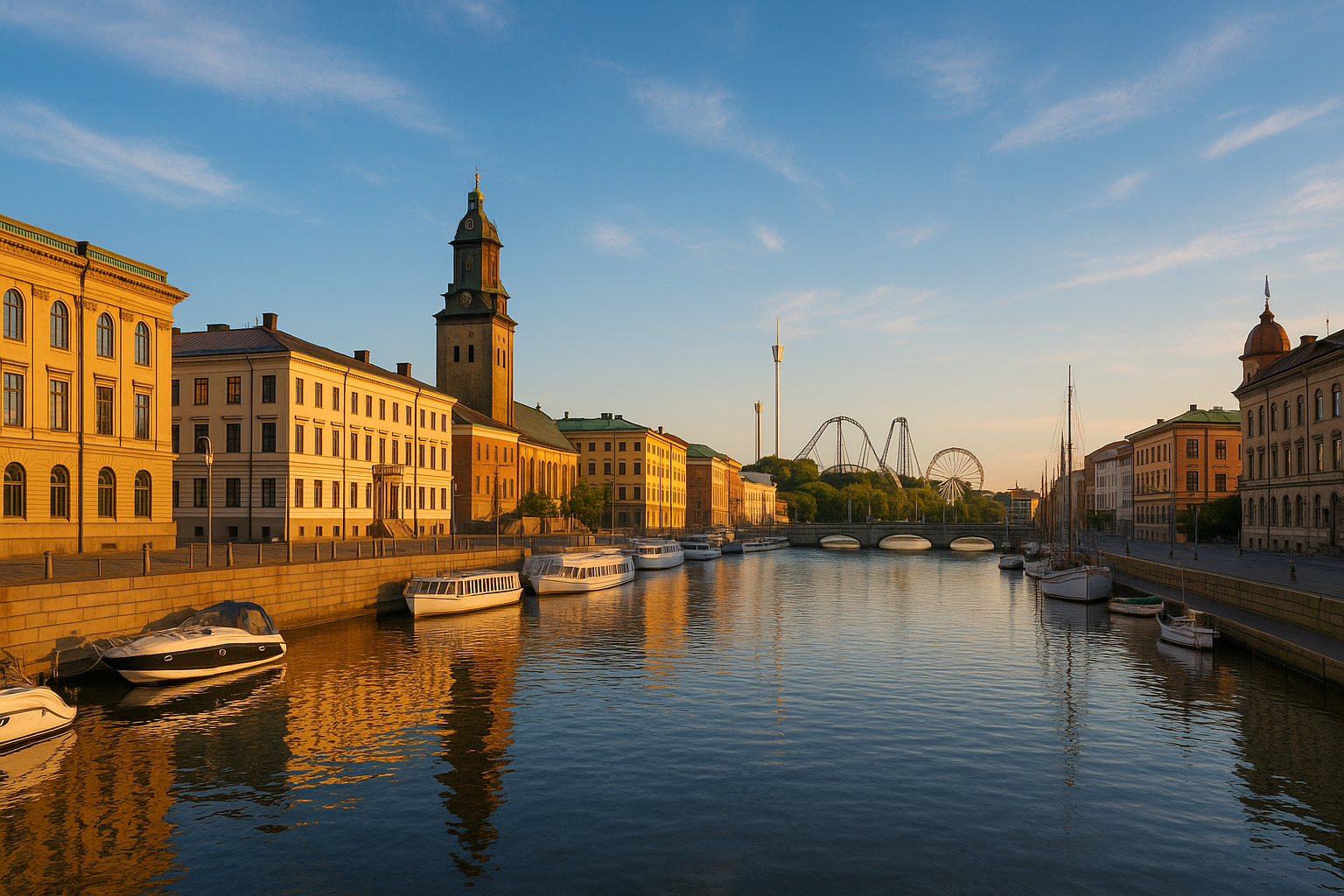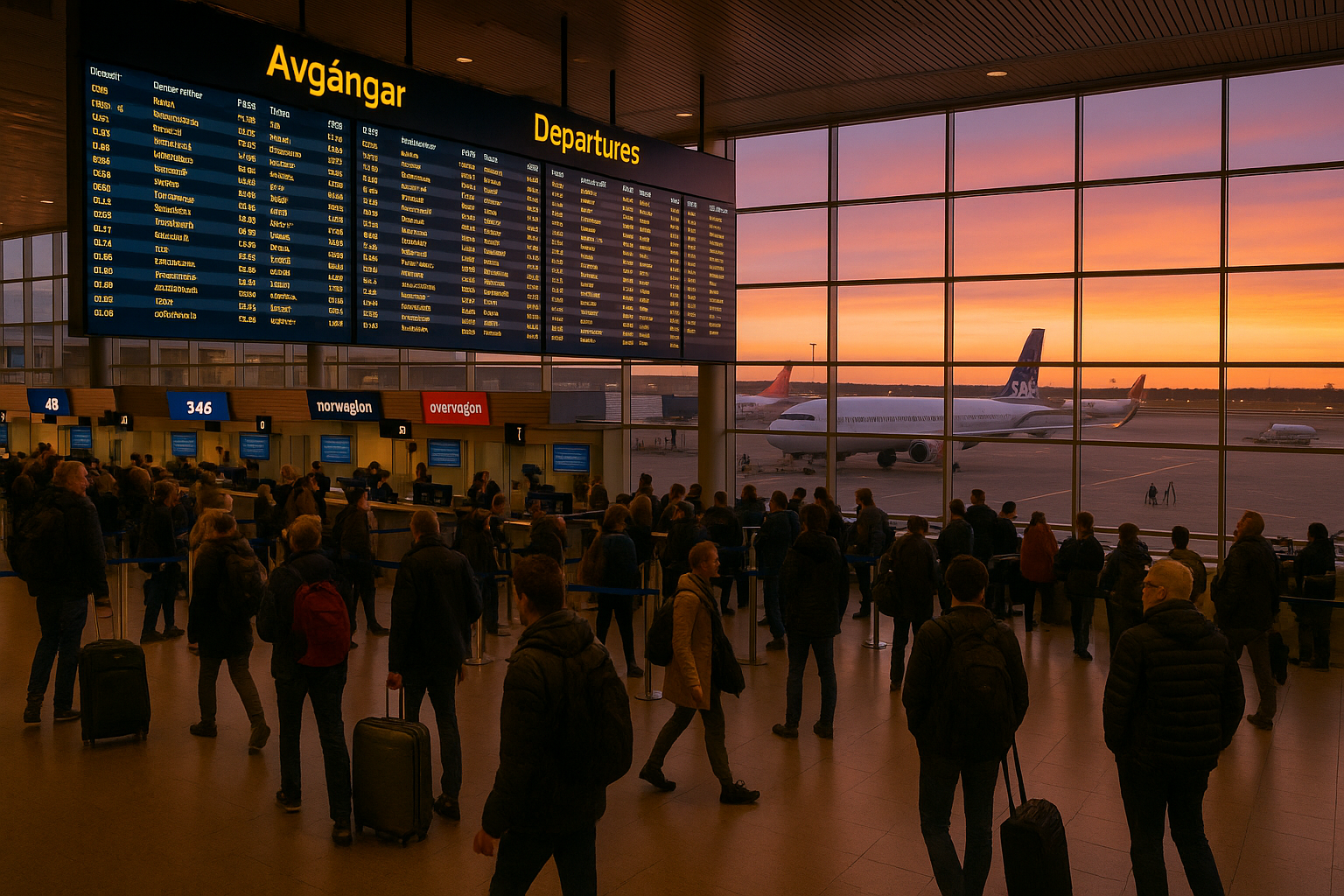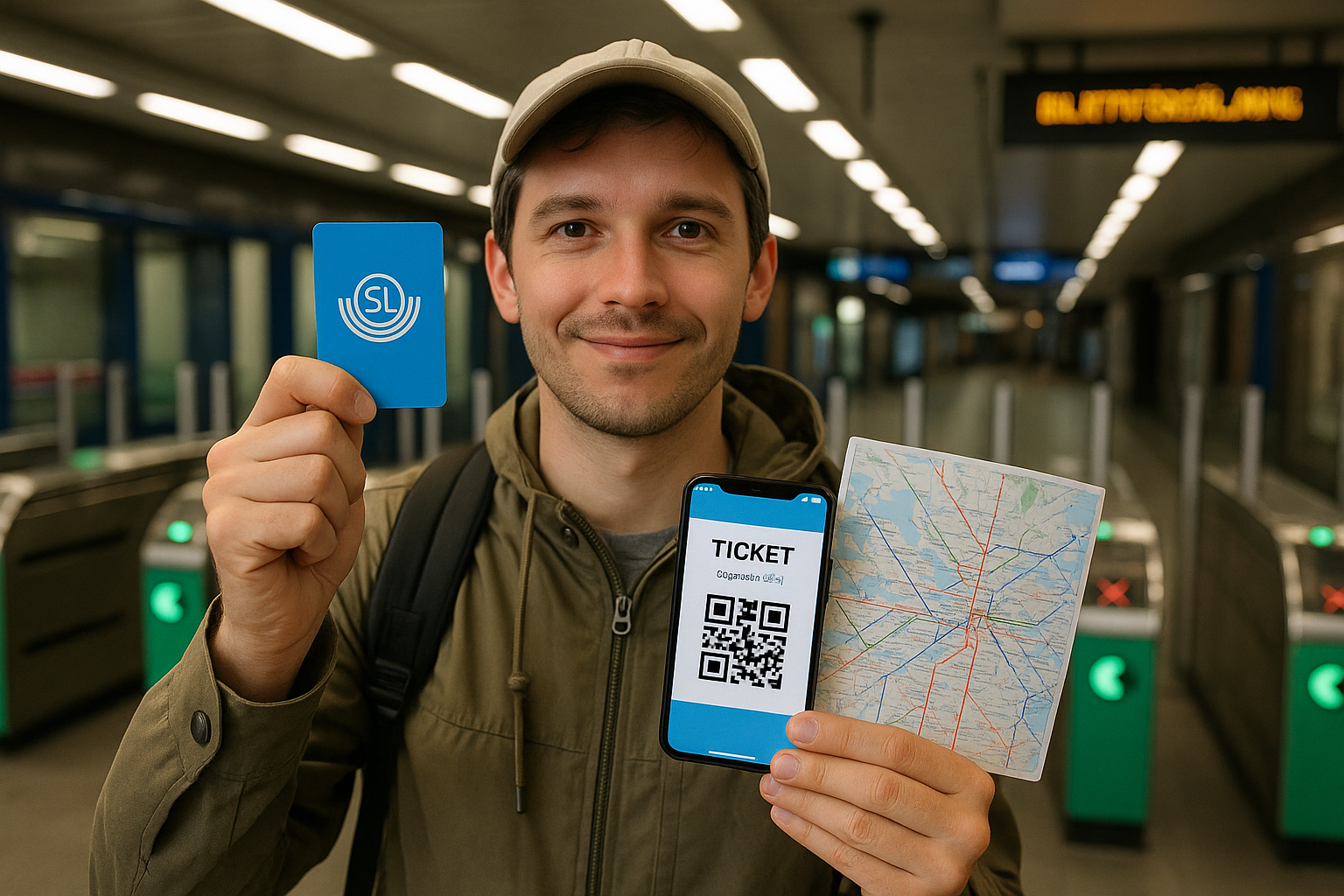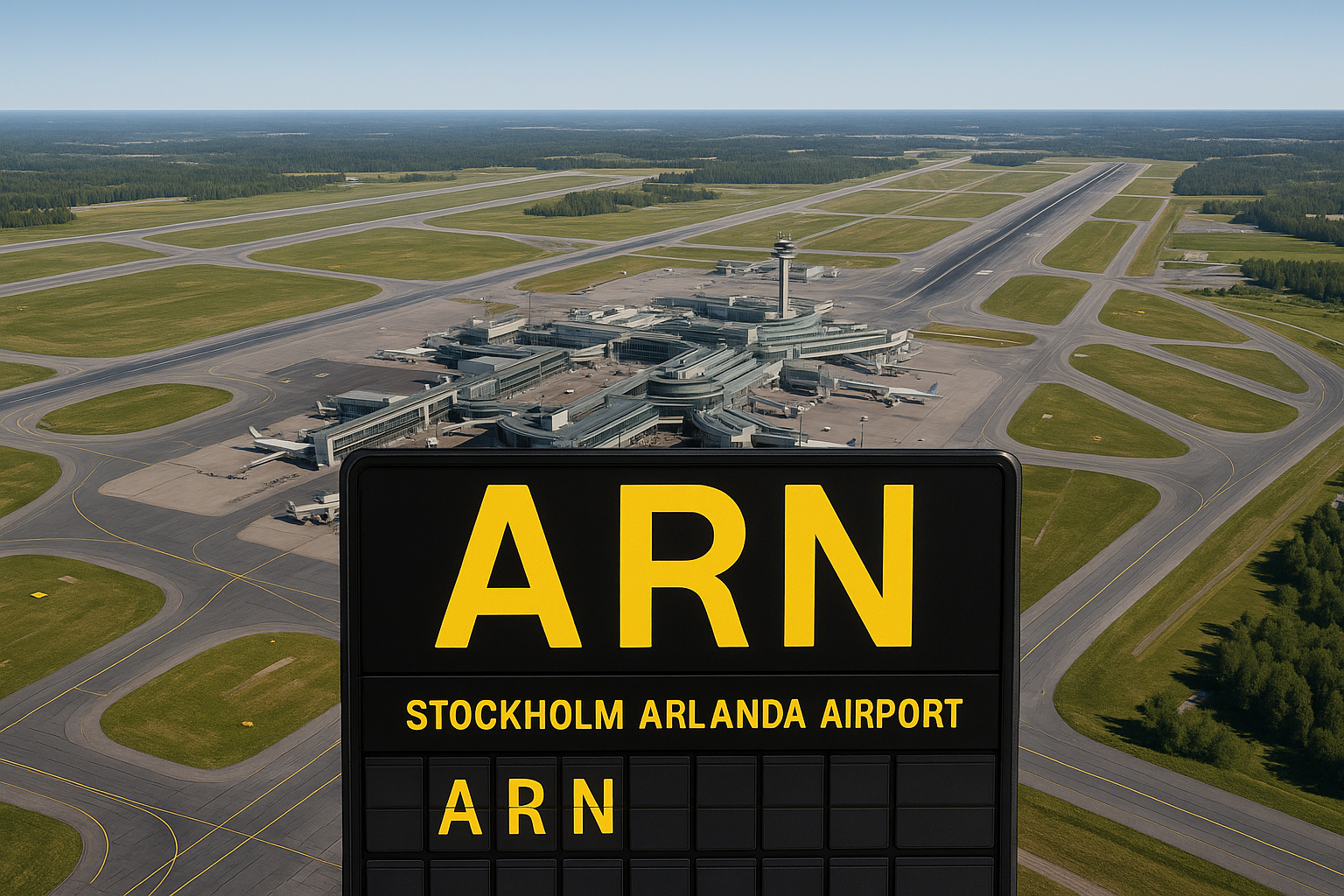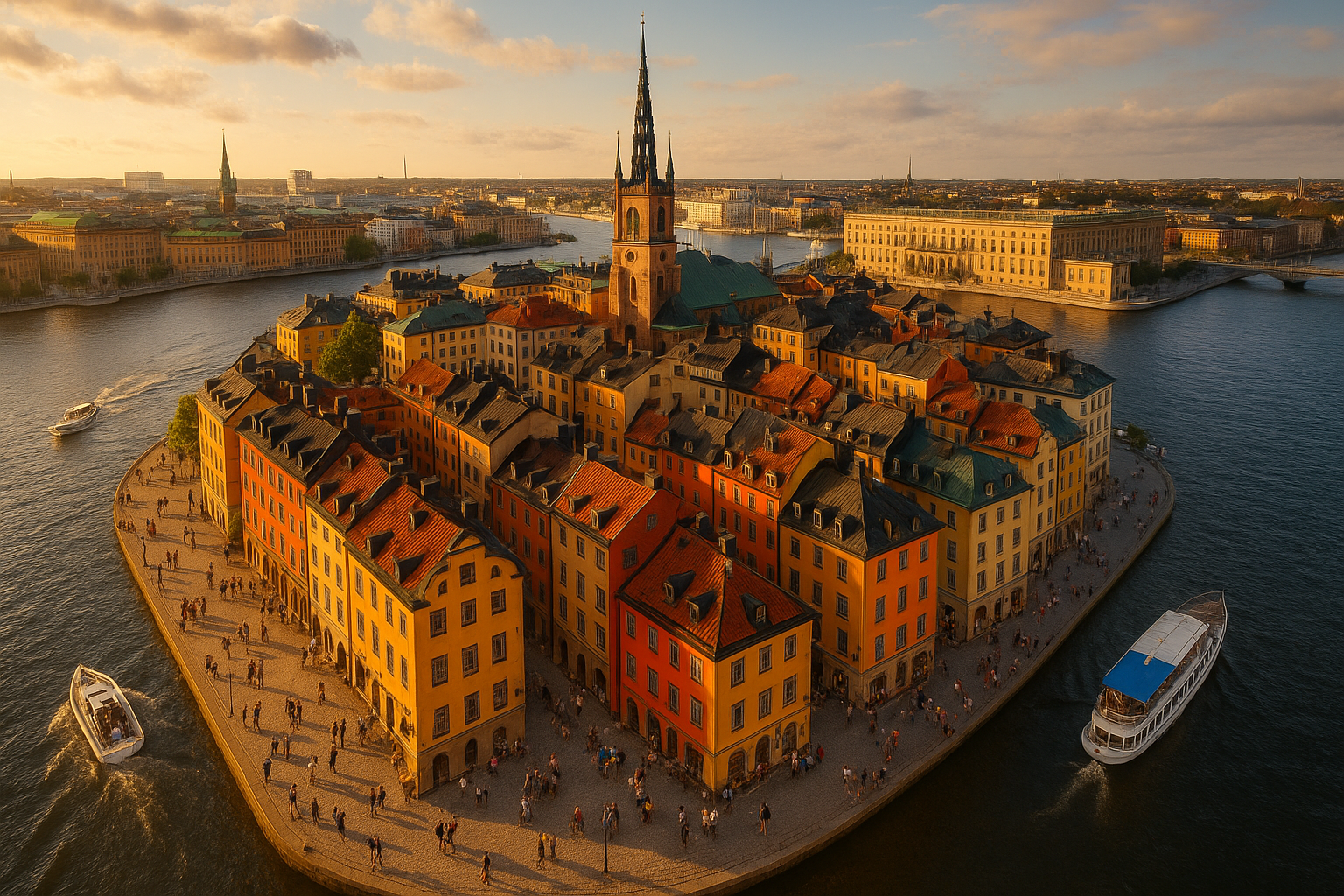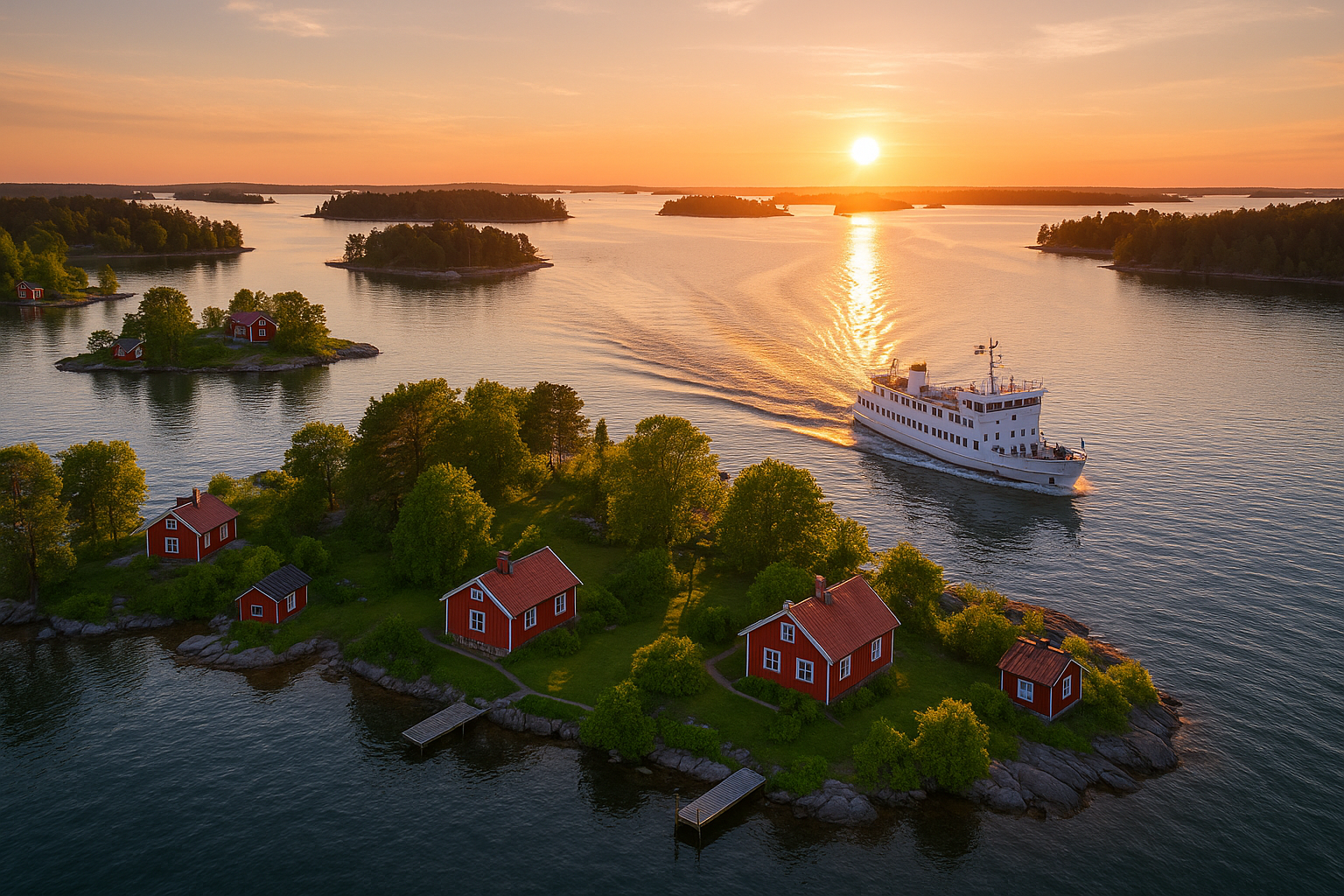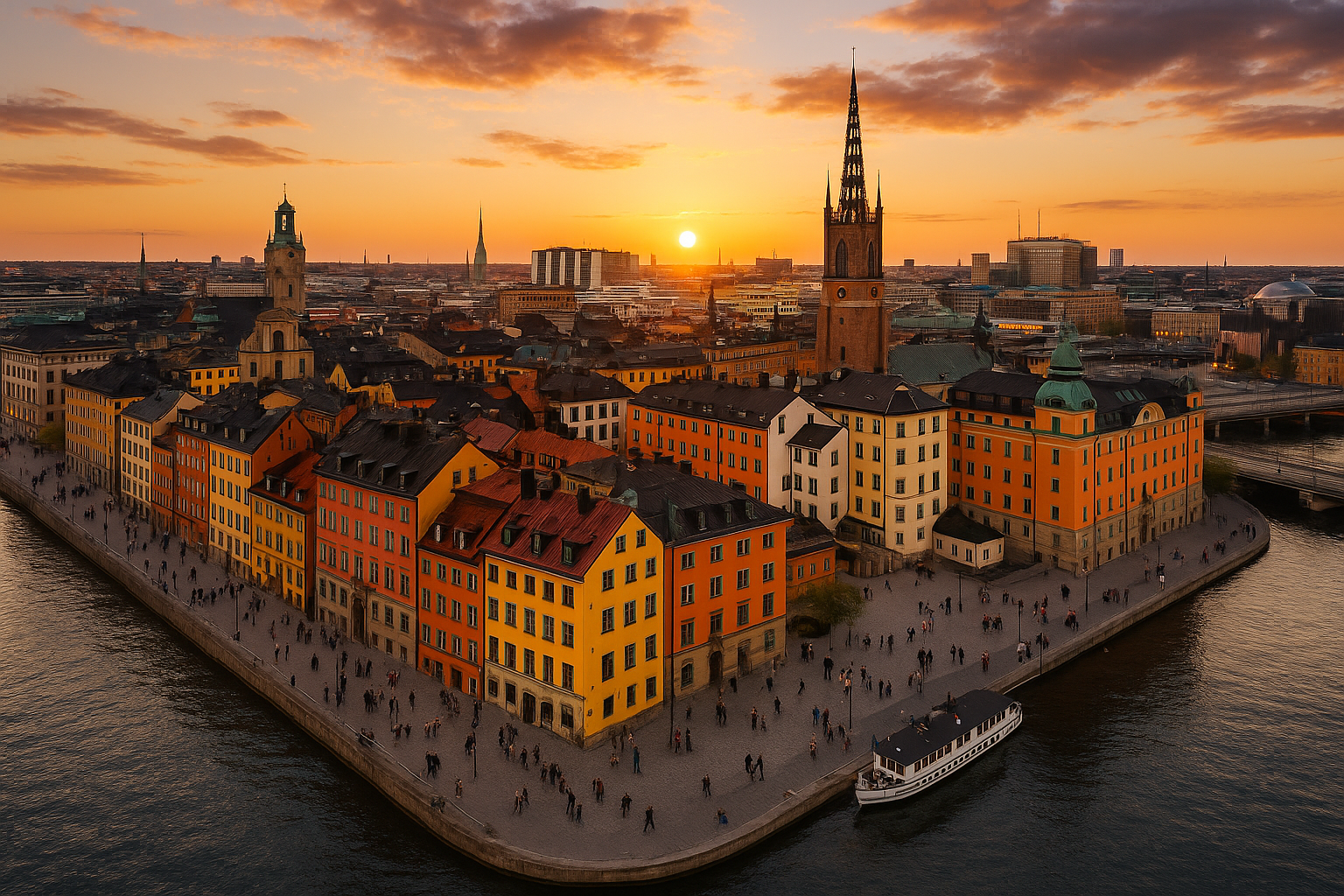Top 10 Must-See Attractions in Stockholm
Stockholm attracted 7.5 million visitors in 2024, with 70% being international tourists drawn primarily to its cultural attractions. This vibrant capital offers a blend of historic sites, world-class museums, and unique experiences that make it one of Europe’s most compelling destinations. Whether you’re exploring the best things to do in Stockholm for the first time or seeking cool things to do in Stockholm beyond the tourist trail, this guide covers everything you need to plan your perfect visit.
Vasa Museum
The Vasa Museum welcomes over 1.5 million visitors annually, making it Stockholm’s most visited attraction. This maritime museum houses the remarkably preserved 17th-century warship Vasa, which sank on its maiden voyage in 1628. Adult admission is 180 SEK (2025), and the museum provides multilingual audio guides that explain the ship’s history and restoration. The museum is located on Djurgården island, easily accessible by tram or ferry.
Gamla Stan (Old Town)
Gamla Stan, Stockholm’s oldest neighborhood, attracts over 3 million visitors each year and is completely free to explore. This medieval district features cobblestone streets, colorful buildings, and historic landmarks including the Royal Palace and Stockholm Cathedral. The narrow alleyways like Mårten Trotzigs gränd (Sweden’s narrowest street at just 90cm wide) offer excellent photo opportunities. Visit early morning to avoid crowds and experience the atmospheric medieval architecture at its best.
Stockholm City Hall
The iconic Stockholm City Hall (Stadshuset) hosts the annual Nobel Prize banquet and offers guided tours showcasing its stunning architecture and mosaics. The 106-meter tower provides panoramic views across the city and archipelago. Tours are available in multiple languages, and tower access is seasonal (May-September).
ABBA The Museum
ABBA The Museum receives approximately 400,000 visitors annually with admission priced at 295 SEK (2025). This interactive museum lets visitors sing along to ABBA hits in a recreation of their Polar Studio, try on virtual costumes, and explore the band’s history through memorabilia and multimedia displays. Tickets must be booked online in advance as walk-up purchases are not available.
Skansen Open-Air Museum
As the world’s oldest open-air museum, Skansen attracts 2.2 million visitors each year. This living history museum showcases Swedish culture through historic buildings, traditional crafts, and Nordic animals including bears, wolves, and moose. Skansen is especially popular during December for its traditional Christmas market, one of the fun things to do in Stockholm in winter.
| Attraction | Annual Visitors | Adult Price (SEK) | Free Entry? |
|---|---|---|---|
| Vasa Museum | 1.5 million | 180 | No |
| Gamla Stan | 3 million | Free | Yes |
| ABBA The Museum | 400,000 | 295 | No |
| Skansen | 2.2 million | Varies by season | No |
| Stockholm City Hall | N/A | 130 (tour) | No |
The Royal Palace
The Royal Palace (Kungliga Slottet) is one of Europe’s largest palaces with over 600 rooms. Visitors can explore the Royal Apartments, Treasury with crown jewels, and the Museum of Antiquities. The daily changing of the guard ceremony (12:15pm weekdays, 1:15pm weekends) is a popular free spectacle.
Djurgården Island
Djurgården combines nature and culture with museums, parks, and waterfront paths. Beyond the Vasa Museum and Skansen, the island houses Gröna Lund amusement park, Rosendals Garden, and numerous walking trails. Rent a bike to cover more ground or take the historic tram line 7 that circles the island.
Fotografiska Museum
This contemporary photography museum presents rotating exhibitions from international and Swedish photographers. The top-floor café offers spectacular waterfront views and has become one of the unique things to do in Stockholm for young adults and art enthusiasts.
Nordic Museum
Located next to the Vasa Museum, the Nordic Museum documents Swedish cultural history from the 16th century to present day. The impressive entrance hall features a monumental statue of King Gustav Vasa. Special exhibitions focus on Swedish traditions, fashion, and folk art.
Monteliusvägen Walking Path
This elevated walkway on Södermalm offers the best free panoramic views of Stockholm’s skyline, Lake Mälaren, and City Hall. The 500-meter path is especially stunning at sunset and represents one of the top free things to do in Stockholm.
Free Activities for Budget Travelers
Stockholm has a reputation for being expensive, but numerous free things to do in Stockholm make it accessible for budget-conscious travelers. These cheap things to do in Stockholm provide authentic experiences without the entrance fees.
Explore the Stockholm Metro Art Gallery
Stockholm’s subway system functions as the world’s longest art gallery, with over 90 of its 100 stations decorated by different artists. T-Centralen, Solna Centrum, and Kungsträdgården stations feature particularly impressive installations. A single transit ticket allows you to visit multiple stations, making this one of the most unusual things to do in Stockholm.
Stroll Through Kungsträdgården
This central park hosts free concerts, festivals, and events throughout the year. In spring, cherry blossoms create Instagram-worthy scenes, while winter brings an outdoor ice-skating rink. The park connects to the waterfront and shopping districts, making it an ideal starting point for exploring the city.
Visit Free Museum Hours
Several Stockholm museums offer free admission on specific days or times. The National Museum, Modern Museum, and Swedish History Museum provide complimentary entry, though special exhibitions may require tickets. Check individual museum websites for current free admission policies.
Discover Non-Touristy Södermalm
The Södermalm district offers non-touristy things to do in Stockholm including vintage shops, independent cafés, and street art. The SoFo (South of Folkungagatan) neighborhood features boutiques and galleries frequented by locals. Nytorget square provides a relaxed atmosphere away from central tourist crowds.
Budget Tips for Stockholm
- Purchase a Stockholm card for unlimited public transport and free museum entry
- Eat lunch at restaurants instead of dinner – most offer affordable daily specials (dagens lunch)
- Fill water bottles at public fountains; tap water is excellent quality
- Take the free ferry from Slussen to Djurgården instead of paid tours
- Visit grocery stores like ICA or Hemköp for picnic supplies rather than eating out
Family-Friendly Experiences with Kids
Stockholm excels at things to do in Stockholm with kids, offering numerous attractions designed for families. These best things to do in Stockholm with kids balance education and entertainment.
Junibacken Children’s Museum
Dedicated to Swedish children’s literature, especially Astrid Lindgren’s characters, Junibacken features a story train ride through fairy tale scenes, play areas, and a theater. The museum engages children ages 0-12 and provides English descriptions alongside Swedish.
Skansen with Children
Beyond its historical buildings, Skansen’s zoo section houses Nordic animals that fascinate children. The Lill-Skansen area includes a petting zoo with domestic animals. Summer brings traditional Swedish folk dancing and craft demonstrations that engage young visitors.
Free Things to Do with Kids in Stockholm
Many parks offer free playgrounds with unique equipment. Humlegården near Östermalm, Rålambshovsparken on Kungsholmen, and Tantolunden on Södermalm provide excellent play areas. Stockholm’s numerous beaches, including Långholmen and Smedsuddsbadet, offer free swimming in summer months.
Tom Tits Experiment
Located in nearby Södertälje (30 minutes by train), this hands-on science center features over 600 experiments across four floors. While not technically in Stockholm, it’s easily accessible and ranks among the top things to do with kids in Stockholm for families with curious children aged 5 and up.
Seasonal Activities Throughout the Year
Planning things to do in Stockholm this weekend or during specific seasons requires understanding how weather shapes activities. These seasonal recommendations ensure you maximize your visit regardless of when you travel.
Winter Activities (December-February)
Things to do in Stockholm in winter center around embracing the cold. Ice skating at Kungsträdgården’s outdoor rink (free with own skates, rental available) provides a quintessentially Swedish experience. The Stockholm Christmas market at Stortorget in Gamla Stan, running throughout December, sells traditional crafts, glögg (mulled wine), and seasonal treats as highlighted in KAYAK’s Christmas market guide.
Winter darkness brings opportunities for things to do in Stockholm at night including the Festival of Lights (early February) when buildings and spaces illuminate with artistic light installations. Museums and restaurants become cozier gathering spots during the coldest months.
Summer Activities (June-August)
Things to do in Stockholm in summer revolve around the archipelago and outdoor spaces. Boat tours departing from Nybroplan and Strandvägen explore the 30,000 islands comprising the Stockholm archipelago. Many Stockholmers spend summer weekends on these islands, and visitors can take day trips to accessible islands like Fjäderholmarna or Grinda.
Midsummer celebrations (late June) represent Sweden’s most important holiday. Public parks host traditional festivities with flower crowns, folk dancing around maypoles, and picnics. This cultural experience ranks among the most unique things to do in Stockholm summer 2025.
Autumn Activities (September-November)
Fall foliage transforms Stockholm’s parks and islands. Djurgården’s forests display brilliant colors, perfect for photography and nature walks. Cultural seasons resume with new exhibitions at major museums and concert halls. Things to do in Stockholm in November include visiting the Stockholm International Film Festival and exploring newly opened exhibitions.
Spring Activities (March-May)
Cherry blossoms in Kungsträdgården (typically late April) create spectacular scenes. Outdoor cafés reopen as temperatures rise, and locals embrace ”uteservering” (outdoor seating). The spring thaw makes canal boat tours comfortable again, and parks fill with picnickers enjoying longer daylight hours.
Unique and Local Experiences Beyond Tourism
These cool things to do in Stockholm take you beyond standard tourist itineraries into authentic local culture. Time Out Stockholm regularly updates recommendations for unusual things to do in Stockholm that locals actually enjoy.
Underground Metro Art Tour
While mentioned under free activities, a dedicated evening tour exploring Stockholm’s subway art represents one of the coolest things to do in Stockholm. The dramatic blue cave at T-Centralen, the rainbow silica stone at Stadion, and the archaeological remnants at Kungsträdgården station create an underground gallery unlike anywhere else.
Fika Culture Experience
Fika – the Swedish coffee break tradition – goes beyond simply drinking coffee. Join locals at traditional konditori (bakeries) like Vete-Katten (established 1928) or explore modern specialty coffee shops in Södermalm. Order a cinnamon bun (kanelbulle) or cardamom bun with your coffee and observe how Swedes prioritize this daily ritual. Understanding fika provides insight into Swedish culture and represents one of the most authentic things to do in Stockholm for young adults.
Woodland Cemetery (Skogskyrkogården)
This UNESCO World Heritage cemetery combines landscape architecture and nature. Designed by Gunnar Asplund, the grounds feature thoughtful paths, meditation groves, and minimalist chapels. The peaceful atmosphere and architectural significance make it one of Stockholm’s most unusual things to do in Stockholm, attracting architecture enthusiasts and those seeking quiet reflection.
Stockholm’s Nightlife Scene
Things to do in Stockholm at night extend beyond bars into creative spaces. Under Bron, located beneath a bridge, hosts DJs and live music in an industrial setting. Södermalm’s bars along Götgatan offer everything from craft beer bars to cocktail lounges. For romantic things to do in Stockholm, rooftop bars like Tak provide city views with sophisticated drinks.
Offbeat Museums
Atlas Obscura highlights unusual Stockholm attractions including the Medieval Museum (built around archaeological remains discovered during construction), the Nobel Prize Museum, and the quirky Museum of Spirits. These specialized museums provide deeper perspectives on Swedish history and culture.
Insider Tips from Locals
- Avoid tourist traps in Gamla Stan’s main squares – walk two blocks in any direction for better prices
- Use the Citymapper or SL apps for real-time public transport navigation
- Book popular restaurants weeks in advance, especially on weekends
- Stockholmers dress stylishly but practically – layers are essential year-round
- Learn basic Swedish phrases; most Stockholmers speak excellent English but appreciate attempts at Swedish
- For what to see in Stockholm, prioritize quality over quantity – three attractions deeply experienced beat seven rushed visits
Getting Around Stockholm
Stockholm’s efficient public transportation system includes metro (tunnelbana), buses, trams, commuter trains, and ferries. The SL Access card provides the most economical option for tourists staying multiple days. Single tickets cost significantly more than period passes, so evaluate your itinerary before purchasing. The system operates on an honor system with random inspections, and fines for fare evasion are substantial (1,500 SEK).
For visitors arriving at any of Stockholm’s airports, our guide to Stockholm airport code options explains transportation from Arlanda (ARN), Bromma (BMA), Skavsta (NYO), and Västerås (VST) airports. The Arlanda Express train reaches central Stockholm in 20 minutes, while airport buses offer budget alternatives.
Cycling has grown increasingly popular with well-maintained bike lanes throughout the city. Several bike-sharing schemes operate, though Stockholm’s hills on Södermalm can challenge less experienced cyclists. Walking remains the best way to explore individual neighborhoods like Gamla Stan, Djurgården, and Södermalm.
Frequently Asked Questions
What can you do for free in Stockholm?
Free activities in Stockholm include exploring Gamla Stan’s medieval streets, visiting the Stockholm Metro art stations, strolling through Kungsträdgården park, watching the changing of the guard at the Royal Palace (daily at 12:15pm), walking the Monteliusvägen path for panoramic views, and enjoying several museums with free admission including the National Museum and Modern Museum. The city’s numerous parks, beaches (in summer), and waterfront areas provide extensive free entertainment.
What are the best things to do in Stockholm with kids?
Family-friendly attractions include Skansen open-air museum with its zoo and historical buildings (2.2 million annual visitors), Junibacken children’s museum dedicated to Swedish literature, Gröna Lund amusement park on Djurgården, the Vasa Museum’s impressive warship, and numerous playgrounds throughout the city. Free options include park playgrounds at Humlegården and Tantolunden, summer swimming at city beaches, and the interactive science center Tom Tits Experiment in nearby Södertälje. Most restaurants welcome children and offer kids’ menus.
What should you do in Stockholm in winter?
Winter activities embrace the cold with ice skating at Kungsträdgården’s free outdoor rink, visiting the Stockholm Christmas market in Gamla Stan throughout December, experiencing the Festival of Lights in February, and enjoying cozy museum visits when outdoor exploration becomes less appealing. Indoor activities like the Vasa Museum (180 SEK admission), ABBA Museum (295 SEK), and traditional Swedish fika at historic cafés provide warm respites. Stockholm’s winter darkness (as little as 6 hours of daylight in December) makes evening activities and illuminated attractions particularly atmospheric.
How many days do you need in Stockholm?
Three to five days allows comprehensive exploration of Stockholm’s main attractions. A three-day itinerary covers Gamla Stan, the Vasa Museum, one additional museum, and Djurgården island. Five days permits day trips to the archipelago, deeper neighborhood exploration in Södermalm and Östermalm, and time for unique experiences like metro art tours or woodland cemetery visits. Weekend visitors should prioritize the top 5-7 attractions and book museum tickets in advance to maximize limited time.
Is Stockholm expensive for tourists?
Stockholm ranks among Europe’s more expensive cities, but strategic planning reduces costs. Accommodation and dining represent the largest expenses. Budget strategies include purchasing a Stockholm card for transport and museum access, eating lunch specials (dagens lunch) at restaurants instead of dinner, shopping at grocery stores for some meals, utilizing free attractions like Gamla Stan and metro art, and visiting during shoulder seasons (April-May, September-October) when prices decrease. Many museums offer free admission on certain days, and numerous parks and natural areas cost nothing to explore.
What unique activities separate Stockholm from other European capitals?
Stockholm’s unique offerings include the world’s longest underground art gallery in its metro system, the remarkably preserved Vasa warship (the only surviving 17th-century ship of its kind), Skansen as the world’s first open-air museum, the extensive archipelago of 30,000 islands accessible for day trips, Swedish fika coffee culture, and the combination of medieval architecture in Gamla Stan with modern Scandinavian design throughout the city. The Nobel Prize ceremonies and museum, ABBA’s cultural legacy, and integration of nature within the urban environment create experiences unavailable elsewhere.
Stockholm’s combination of history, culture, natural beauty, and modern Scandinavian design creates countless memorable experiences. Whether exploring top attractions like the Vasa Museum and Gamla Stan, discovering free activities throughout the metro and parks, enjoying family-friendly museums, or venturing into local neighborhoods for authentic experiences, the Swedish capital rewards all types of travelers. Plan according to your interests and season, book popular attractions in advance, and balance structured sightseeing with spontaneous exploration to fully experience this Baltic gem.

